It has truly been a great year for LGBTQ+ books, and there are still so many more to come before the year is out. This summer has seen some particularly hot new releases, and if you’re looking for a read for your next lake or beach day or something to occupy your mind during the last gasp of summer, I’ve got you covered. Why decide for yourself what to read when you can let a silly little quiz decide for you! Answer the questions below, and I’ll match you with one of Summer 2025’s hot new queer books! For more recommendations, check out our most anticipated books previews.
6 Comments
24 Very Gay Excerpts from Eleanor Roosevelt’s Love Letters with Lorena Hickok
History here sourced from Empty Without You, edited by Roger Streitmatter; Eleanor Roosevelt, Reluctant First Lady, by Lorena Hickok; and Ken Burns’ The Roosevelts.
After learning of Eleanor Roosevelt’s queerness in a women’s studies class in college — which blew my at-the-time-closeted young mind — I researched everything I could about Eleanor Roosevelt’s personal life: her merely political marriage to President Franklin Delano Roosevelt, her circle of close friends who all happened to be out lesbians, and most importantly, Lorena Hickok.
Known as “Hick” to all her friends, including the First Lady, Lorena was the first woman to have her byline featured on the front page of the New York Times. She was a tough and smart journalist, writing about sports and news and covering some of the country’s top political stories for the Associated Press in the late 20s and early 1930s. By 1932, she was the most successful female reporter in the nation. She also dated women.

Eleanor Roosevelt and Lorena Hickok dining. Bettmann / Contributor via Getty Images
Hick came into Eleanor’s life in September 1928. Hick was covering FDR’s bid for governor of New York, but she purposefully avoided taking on assignments centered on Eleanor. The boundary-breaking reporter didn’t want to be confined to covering the lives of politicians’ wives. She knew that a story about the wife of the Democratic candidate for governor of New York would never make the front page. While she continued to cover FDR’s campaign and his tenure as governor, she avoided writing about Eleanor.
In 1932, things changed. Eleanor had emerged as one of her husband’s top political advisors. She was more than a politician’s wife, and Hick saw it. She suggested to her editors that a reporter specifically be assigned to the presidential candidate’s wife for the first time ever. That assignment ended up going to Kay Beebe, another reporter at the AP. But that year, Hickok sat down for her first official interview with Eleanor, and a spark ignited. Usually a perfectly professional reporter, Hickok received a prescient note from her editor: “Don’t get too close to your sources.”
But Hick wasn’t going to get away with following that rule if the source had anything to do with it. Eleanor increasingly picked Hickok out of throngs of reporters, favoring answering her questions over others. She asked Hick to ride with her in a private car, and eventually asked her to have a one-on-one breakfast with her in her hotel room. After FDR won the election, Eleanor and Hick were both living in New York and spending most of their time together, attending concerts and plays and talking politics over late-night dinners. Sometimes, Hick made steaks for the two of them in her one-room apartment in midtown. Their “close friendship,” as many history books refer to it, flourished.

Eleanor and Hick. Bettmann / Contributor via Getty Images
In 1978, the Franklin D. Roosevelt Library uncovered 18 boxes of letters exchanged between Eleanor and Hick. During the 30 years they knew each other, the two women wrote nearly 4,000 letters to each other. After my crash course in Eleanor Roosevelt’s queerness in college, I knew plenty about Hick, but I didn’t realize at the time that so many of their letters had been preserved or that their content would be so explicit and definitive of their relationship. It wasn’t until later, in the fall of 2014, when I was sitting in my bed in Los Angeles, watching all 14 hours of Ken Burns’ The Roosevelts for work when I first heard a complete excerpt from one of the letters Eleanor wrote to Lorena. It was a small part of the documentary, but it gave me a rush. Eleanor’s words to Hick were clear, passionate, unsubtle.
In 2016, I read Empty Without You, a collection of over 300 letters exchanged between Eleanor and Lorena — mostly during E.R.’s years as First Lady — with annotations by editor Rodger Streitmatter. My mind was blown once more. Eleanor’s words to Lorena were more than just clear, passionate, unsubtle. They were visceral. They were sexy. They were… weirdly relatable? The letters don’t read like some subtextual lesbian romance buried under layers of insinuation and euphemism. They read like a modern-day romance.
I wrote and published this list of letter excerpts in 2016, and it has remained one of Autostraddle’s most popular history pieces. In the years since then, we’ve gotten a Gillian Anderson-starring on-screen representation of Eleanor and Hick’s relationship, which made knowledge of Eleanor’s queerness much more mainstream than it had been before.
I thought it was time to bring this list back to the homepage, and while most of this intro has remained the same as it was when I initially wrote it nearly a decade ago, I took out some of the especially 2016 stuff (like a reference to the television program Scandal and the musical Hamilton). It was a joy to revisit these letter excerpts, and if they’re new to you, I hope you enjoy, too!
And with that, I once again present to you some of the gayest and most romantic excerpts from the letters in Empty Without You. (Some of the most explicit letters Hick and Eleanor exchanged are lost forever, because Hick burned them.)
This piece was originally published in July 2016.
1. Eleanor to Lorena, March 5, 1933
“Hick my dearest, I cannot go to bed to-night without a word to you. I felt a little as though a part of me was leaving to-night, you have grown so much to be a part of my life that it is empty without you even though I’m busy every minute.”
Most of Eleanor’s early letters to Hick as First Lady followed the same format. They began with some personal words to Hick, followed by a very detailed account of everything she had done that day, closing with some more personal words to Hick, usually about how excited the First Lady was to see her next. Eleanor’s fastidious recaps of her day suggest how desperate she was to let Hick know what she was doing at all times.
2. Eleanor to Lorena, March 6, 1933
“Hick darling, Oh! how good it was to hear your voice, it was so inadequate to try & tell you what it meant, Jimmy was near & I couldn’t say ‘je t’aime et je t’adore’ as I longed to do but always remember I am saying it & that I go to sleep thinking of you & repeating our little saying.”
Our little saying. OUR LITTLE SAYING. For those of you who don’t read French, their little saying means “I love you and I adore you.” Eleanor often spoke to Hick on the phone and often made references to those phone conversations in her letters. Apparently, on this particular phone call, she didn’t feel comfortable uttering her affections, because Jimmy — her son, James — was around. But she repeated it like an incantation as she went to bed.
3. Eleanor to Lorena, March 7, 1933
“Hick darling, All day I’ve thought of you & another birthday [when] I will be with you, & yet to-night you sounded so far away & formal, oh! I want to put my arms around you, I ache to hold you close. Your ring is a great comfort, I look at it & think she does love me, or I wouldn’t be wearing it!”
This was written to Hick on her 40th birthday. The two women were apart, and Eleanor was clearly having a rough time of it. She sounds a little insecure talking about how Hick seemed distant on the phone. Often in her letters, Eleanor would remark if she hadn’t received a letter from Lorena that day. Getting left on read hit different back then!!! She’s also writing about a ring Hick gave her here, a ring that reminds her of Hick’s love for her whenever she looks at it. As a bonus, that same letter also says: “What shall we read Hick? You choose first.” Here, Eleanor’s alluding to how she and Hick planned to read books simultaneously and then discuss them. THEY HAD A TWO-PERSON BOOK CLUB. And Eleanor even lets Hick choose the first book, because she’s a good and generous girlfriend.
4. Eleanor to Lorena, March 9, 1933
“My pictures are nearly all up & I have you in my sitting room where I can look at you most of my waking hours! I can’t kiss you so I kiss your picture good night & good morning!”
I am just picturing Eleanor Roosevelt making out with a literal photograph.
5. Eleanor to Lorena, March 10, 1933
“Remember one thing always, no one is just what you are to me. I’d rather be writing this minute than anything else & yet I love many other people & some often can do things for me probably better than you could, but I’ve never enjoyed being with anyone the way I enjoy being with you.”
This is actually the excerpt from their correspondence that is included in The Roosevelts, the excerpt that launched my initial obsession with these letters.
6. Eleanor to Lorena, March 11, 1933
“I miss you greatly dear. The nicest time of the day is when I write to you. You have a stormier time than I do but I miss you as much, I think. I couldn’t bear to think of you crying yourself to sleep. Oh! how I wanted to put my arms around you in reality instead of in spirit. I went & kissed your photograph instead & the tears were in my eyes. Please keep most of your heart in Washington as long as I’m here for most of mine is with you!”
In Hick’s letters and some of Eleanor’s, it’s clear Hick struggled with anxiety and volatile mood swings. Here, E.R. suggests her love is having a rather tumultuous time during their long periods apart. BEEN THERE, GIRL.
7. Eleanor to Lorena, November 17, 1933
“I’m getting so hungry to see you.”
Eleanor and Lorena were both fiercely anticipating seeing each other over Christmas. Throughout the late fall, their letters burst with longing for their reunion. This is one of the times when Eleanor’s lust makes it onto the page.
8. Eleanor to Lorena, November 27, 1933
“Dear one, & so you think they gossip about us. Well they must at least think we stand separation rather well! I am always so much more optimistic than you are. I suppose because I care so little what ‘they’ say!”
Hick had apparently expressed concerns about people whispering about the very close relationship between her and the First Lady, but Eleanor apparently gave zero fucks.
9. Eleanor to Lorena, November 29, 1933
“I wish you were going to spend Thanksgiving here, it surely would be Thanksgiving, wouldn’t it?”
Thanksgiving-themed yearning!
10. Eleanor to Lorena, December 3, 1933
“Darling, I feel very happy because every day brings you nearer. I love you deeply & tenderly & oh! I want you to have a happy life. To be sure I’m selfish enough to want it to be near me but then we wouldn’t either of us be happy otherwise, would we?”
I have never read anything gayer in my whole dang life.
11. Lorena to Eleanor, December 5, 1933
“Only eight more days. Twenty-four hours from now it will be only seven more—just a week! I’ve been trying today to bring back your face—to remember just how you look. Funny how even the dearest face will fade away in time. Most clearly I remember your eyes with a kind of teasing smile in them, and the feeling of that soft spot just northeast of the corner of your mouth against my lips. I wonder what we’ll do when we meet—what we’ll say. Well—I’m rather proud of us, aren’t you? I think we’ve done rather well.”
Hick is quite familiar with the anatomy of Eleanor’s face… also, she’s literally writing about kissing Eleanor on the mouth, so anyone who doubts the physical nature of their relationship is a fool. Empty Without You contains significantly fewer letters written by Hick, as most of them were burned. It’s a shame, because she has a much more engaging writing style, and also because she writes more explicitly about mouth kissing. From that same letter: “Good night, dear one. I want to put my arms around you and kiss you at the corner of your mouth. And in a little more than a week now—I shall!”
12. Eleanor to Lorena, December 9, 1933
“Hick dearest, I can’t help wondering if my pencil note will reach you which I sent off last night! No letter from you to-day but I had two yesterday so I am just expressing a longing not a complaint!”
It’s safe to say at this point that Eleanor Roosevelt had no chill in the early days of her relationship with Hick.
13. Eleanor to Lorena, February 4, 1934
“Hick darling, I just talked to you, darling, it was so good to hear your voice. If I just could take you in my arms. Dear, I often feel rebellious too & yet I know we get more joy when we are to-gether than we would have if we had lived apart in the same city & could only meet for short periods now & then. Someday perhaps fate will be kind & let us arrange a life more to our liking for the time being we are lucky to have what we have. Dearest, we are happy to-gether & strong relationships have to grow deep roots. We’re growing them now, partly because we are separated, the foliage & the flowers will come, somehow I’m sure of it.”
Confusing punctuation aside, this is one of the more beautiful passages Eleanor ever wrote to Lorena. She insinuates their relationship was strengthened by the fact that it was long distance. Because Lorena and Eleanor spent such long periods of time apart, when they were together, they were really and truly together. They carved out time for each other. It’s not like if they lived in the same city they’d be able to live together, and so, the imperfections of their situation actually worked out. Still, Eleanor longed for more.
14. Eleanor to Lorena, February 4, 1934
“I dread the western trip & yet I’ll be glad when Ellie can be with you, tho’ I’ll dread that too just a little, but I know I’ve got to fit in gradually to your past & with your friends so there won’t be close doors between us later on & some of this we’ll do this summer perhaps. I shall feel you are terribly far away & that makes me lonely but if you are happy I can bear that & be happy too. Love is a queer thing, it hurts but it gives one so much more in return!”
The “Ellie” Eleanor refers to is Ellie Morse Dickinson, Hick’s ex. Hick met Ellie in 1918. Ellie was a couple years older and from a wealthy family. She was a Wellesley drop out, who left college to work at the Minneapolis Tribune, where she met Hick, who she gave the rather unfortunate nickname “Hickey Doodles.” They lived together for eight years in a one-bedroom apartment. In this letter, Eleanor is being remarkably chill (or at least pretending to be) about the fact that Lorena was soon taking a trip to the west coast where she would spend some time with Ellie. But she does admit she’s dreading it, too. I know she’s using “queer” here in the more archaic form — to signify strange. But please make me a t-shirt that says “Love Is A Queer Thing” on it right this second.
15. Eleanor to Lorena, February 12, 1934
“I love you dear one deeply & tenderly & it is going to be a joy to be to-gether again, just a week now. I can’t tell you how precious every minute with you seems both in retrospect & in prospect. I look at you long as I write—the photograph has an expression I love, soft & a little whimsical but then I adore every expression. Bless you darling. A world of love, E.R.”
Eleanor ended many of her letters with “a world of love.” Other sign-offs she used included: “always yours,” “devotedly,” “ever yours,” “my dear, love to you,” “a world of love to you & good night & God bless you ‘light of my life,’” “bless you & keep well & remember I love you,” “my thoughts are always with you,” and “a kiss to you.” And here she is again, writing about that photograph of Hick that serves as her grounding but not-quite-sufficient stand-in for Lorena. But I have buried the lede… this letter also includes a rare post-script from Eleanor that simply reads: “And will you be my valentine?”
16. Eleanor to Lorena, March 26, 1934
“Hick darling, I believe it gets harder to let you go each time, but that is because you grow closer. It seems as though you belonged near me, but even if we lived to-gether we would have to separate sometimes & just now what you do is of such value to the country that we ought not to complain, only that doesn’t make me miss you less or feel less lonely!”
Perhaps the most striking thing about these letters is Eleanor’s level of emotional honesty. These letters show Eleanor at her most vulnerable, her most undone, her most familiar. She’s unflinchingly earnest.
17. Eleanor to Lorena, April 4, 1934
“Dearest, I miss you & wish you were here I want to put my arms around you & feel yours around me. More love than I can express in a letter is flying on waves of thought to you.”
Can you believe there are history books that still characterize their relationship as purely professional and platonic?
18. Eleanor to Lorena, April 9, 1934
“This will be just a note to tell you I love you.”
To the point!
19. Eleanor to Lorena, April 18, 1934
“My dearest one, I got in early & then came at 8:30 to breakfast & I looked at all the new models. One corner cupboard I long to have for our camp or cottage or house, which is it to be? I’ve always thought of it as in the country but I don’t think we ever decided on the variety of abode nor the furniture. We probably won’t argue!”
Here, Eleanor is fantasizing about living with Hick. The models she’s referring to are furniture pieces from Val-Kill, the factory she established with her friends Caroline O’Day, as well as Nancy Cook and Marion Dickerman, who were on-and-off girlfriends for decades.
20. Eleanor to Lorena, February 12, 1935
“May the world be full of sunshine,
And our meetings frequent be
Hours of joy & quiet time,
Take us over life’s rough seas”
The poem above was handwritten by Eleanor on the back of a valentine card to Hick. On the card, a black and white puppy was holding a heart that had “To My Valentine” inscribed on it. The last line of the verse hints at the rough patch Eleanor and Hick’s relationship went through in 1935, when their letters became less frequent and Hick expressed agitation over the First Lady making less and less time for her. Yikes. The dyke drama!
21. Eleanor to Lorena, January 14, 1936
“Dearest, Darling, you were low & I know that in some way I hurt you & I am sorry & I wish I had not but all I can say is, I really love you.”
Indeed, the First Lady and her gal pal were growing apart. It’s unclear exactly what prompted the above apology, but Eleanor wrote the letter the day after she and Hick had lunch together in New York City. Clearly, it wasn’t the greatest lunch.
22. Lorena to Eleanor, December 27, 1940
“Thanks again, you dear, for all the sweet things you think of and do. And I love you more than I love anyone else in the world except Prinz—who, by the way, discovered your present to him on the window seat in the library Sunday.”
Though they continued to grow apart — especially as World War II unfolded, forcing Eleanor to spend more time on leadership and politics and less time on her personal life — Hick and Eleanor still wrote to one another and sent each other Christmas presents. Prinz, by the way, is Hick’s dog, who she loved like a child. Eleanor loved him enough to buy him a present, too. GAY!
23. Lorena to Eleanor, October 8, 1941
“I meant what I said in the wire I sent you today—I grow prouder of you each year. I know no other woman who could learn to do so many things after 50 and to do them so well as you, Love. You are so better than you realize, my dear. A happy birthday, dear, and you are still the person I love more than anyone else in the world.”
If Hick and Eleanor were indeed broken up at this point, they sure are fulfilling the stereotype of lesbians hanging onto their exes. In 1942, Hick started seeing Marion Harron, a U.S. Tax Court judge ten years younger than her. Their letters continued, but much of the romance was gone, and they really did start to sound like old friends.
24. Eleanor to Lorena, August 9, 1955
“Hick dearest, Of course you will forget the sad times at the end & eventually think only of the pleasant memories. Life is like that, with ends that have to be forgotten.”
Hick ended her relationship with Marion a few months after FDR died, but her relationship with Eleanor did not return to what it was. Hick’s ongoing health problems got worse, and she struggled financially as well. By the time of this letter, Hick was merely living on the money and clothing Eleanor sent to her. Eleanor eventually moved Hick into her cottage in Val-Kill. While there are other letters they exchanged leading up to Eleanor’s death in 1962, this feels like the right excerpt to end on. Even in the face of dark times for them both, Eleanor remained bright and hopeful in the way she wrote about their lives together. Never one to want to share her beloved Eleanor Roosevelt with the American public and press, Hick opted not to attend the former First Lady’s funeral. She said goodbye to their world of love privately.
39 Comments
-
Love this. Also thing it should be on the big or small screen.
By the way on #3, snail mail delivery was much much faster in the past, when it was the main form of communication. There were many more collections and deliveries and you could expect a much quicker answer.
I should get out more. -
Letters will always be the most wonderful form of communication ever. There is nothing similar that comes close.
Sometimes letters have a smell or certain way a person’s handwriting that makes it just so personal that nothing can compare. Reading and absorbing the entire letter envelope and all gives you not just information about the person but their feelings and mood when they wrote it. You don’t throw away letters. You keep them because they give you that same feeling when ever you read them.
-
The best thing Autostraddle has ever published.
Thank you dearly. -
Thank you so much for this article- I am already a fan of the letters between Emily Dickinson and Susan Gilbert Dickinson (see the book “Open Me Carefully”)- and I am glad to know now of the book referenced in this article. Can’t wait to read it!
-
My girlfriend and I just read this and we’re crying by the 3rd letter. So sad and beautiful.
-
Anyone else running out to buy the whole book with the sole intent of finding inspiration for online dating conquests or is that just me???
-
Um thanks now I’m crying at work. This is one of the most beautiful things I’ve read and I’m buying the book as soon as yesterday.
-
I have the book of their love letters as I have had a longtime obsession with the Roosevelt family. The letters are amazing and so sweet. This was great to find on AS.
-
I’m an old, straight white guy (as the haters like to put it) but I must say the line “the feeling of that soft spot just north-east of the corner of your mouth against my lips” is a line that would make Puccini and Verdi smile, and frankly transcends any notions of gay or straight.
-
I remember reading about them two in another book full of letters, this one of Wallis Simpson, who hinted about Eleanor liking “the gentle way” I didn’t understand what she meant by “gentle way” now kinda have sense LOL
-
Thank you very much for your post, it makes us have more and more discs in our life, So kind for you, I also hope you will make more and more excellent post and let’s more and more talk,
thank you very much, dear.
검증카지노 -
Nice weblog here! https://totofist.com/
-
Excellent article. Very interesting to read. I really love to read such a nice article. Thanks! keep rocking 검증카지노
-
FDR got cucked!! Lol
How Magazines Served As Sites of Trans Community-Making 50 Years Ago
On December 4, 1971, Drag Magazine photographed what it called New York City’s first drag wedding. The bride, Liz Eden, wore her “expensive ‘especially made’ wedding gown” and married John Basso at What’s Inn A Name Cafe. Surrounded by friends and family, Eden and Basso were married by an ordained minister.

In its very next edition, the magazine provided a sequel. Readers learned Basso’s real surname was Wojtowciz; he used his mother’s maiden name as an alias while involved in the Gay Activists Alliance. They also learned Wojtowciz and two others were found trying to rob a bank to get money for Eden’s gender-affirming surgery.
“Since early childhood Liz [Eden] always had an uncontrolable [sic] desire to dress in women’s clothing,” Drag reported. Despite Wojtowciz’s arrest, Eden used the money she and Wojtowciz received from Warner Brothers for selling the rights to their story to fund her gender affirming surgeries, completing the final operation on November 14, 1972.
The foiled heist made national headlines and sparked Hollywood’s attention, inspiring the 1975 hit Warner Brothers film Dog Day Afternoon starring Al Pacino. While the movie connected with mainstream audiences, the marriage ceremony likely resonated more with Drag readers, despite the short and rocky relationship between Wojtowciz and Eden.
The magazine was a vital lifeline to people who might today describe themselves as transgender, nonbinary, and gender expansive. People across the country — many of whom might today describe themselves as transgender, nonbinary, and gender expansive — saw Drag Magazine as a vital lifeline. Drag‘s readers faced systemic violence and discrimination, and they found visibility, hope, and connection in the magazine’s pages. And Drag was not alone in fostering community among these people. Magazines such as New Trenns, The Tranvestite, The Cross-Dresser, and others offered visibility, hope, and connection for trans and gender-expansive individuals who faced systemic violence and discrimination.
These magazines are vital parts of the National Museum of American History’s Archives Center’s collection. Most of the magazines examined in this post were published in the 1960s and 1970s. Like other ephemera of American culture, they offer insight into the lives of everyday Americans: how they discussed their identities, how they connected with their communities, and how they transmitted information across the entire United States.
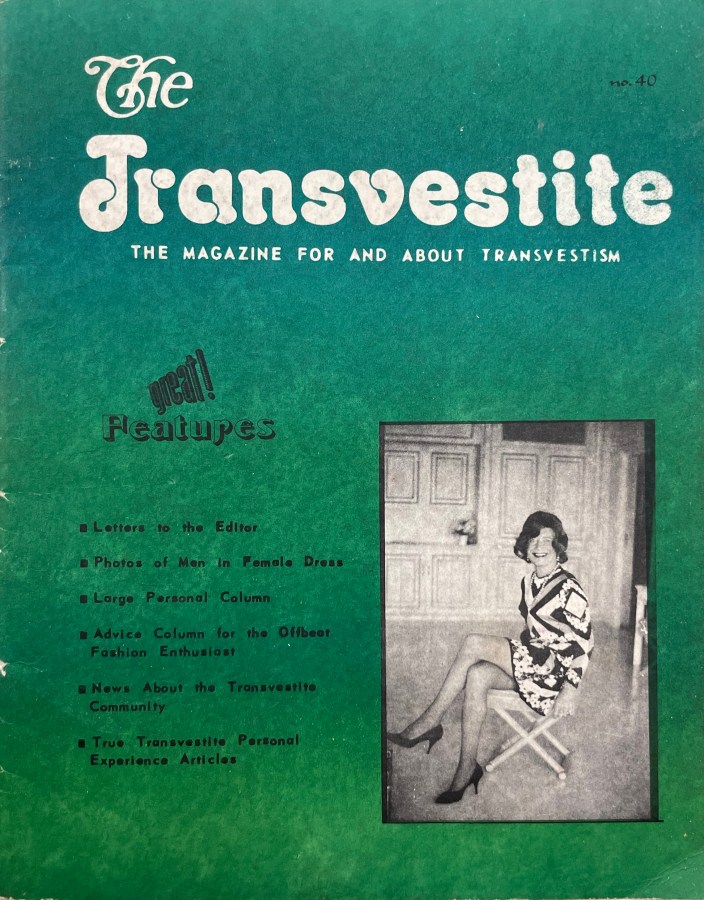

Note: These magazines are time capsules that demonstrate how language changes over time. When these magazines were written, they frequently used terms like “transvestite,” “he-she,” and “lady boy” — terms that are today considered transphobic slurs. Like the term “queer,” some of these terms were reclaimed by community members as a form of resistance. These magazines appealed to and were read by wide audiences, but this article will specifically focus on responses from trans women.
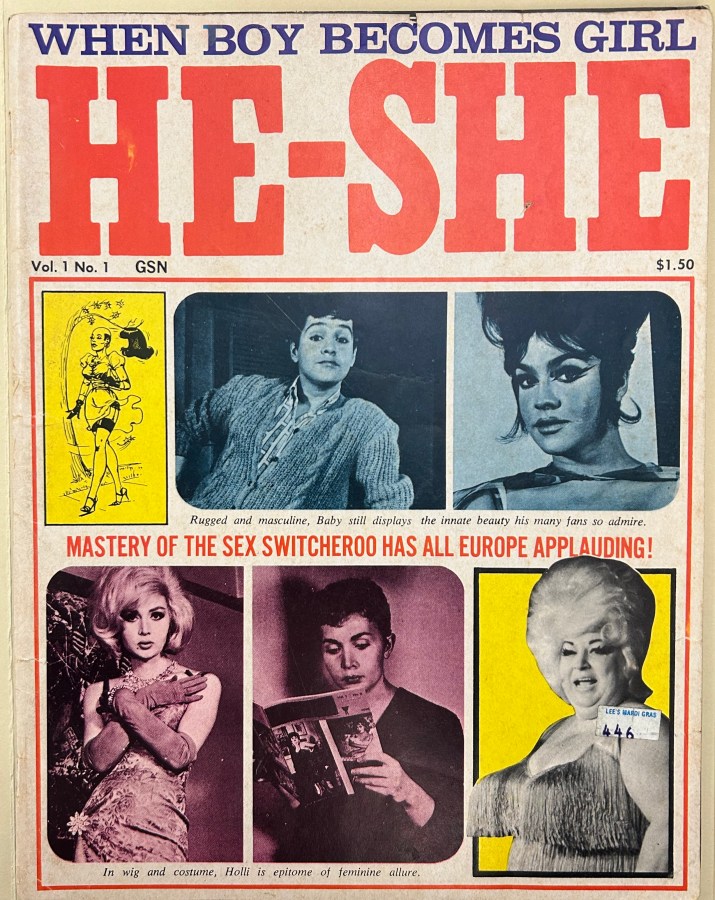
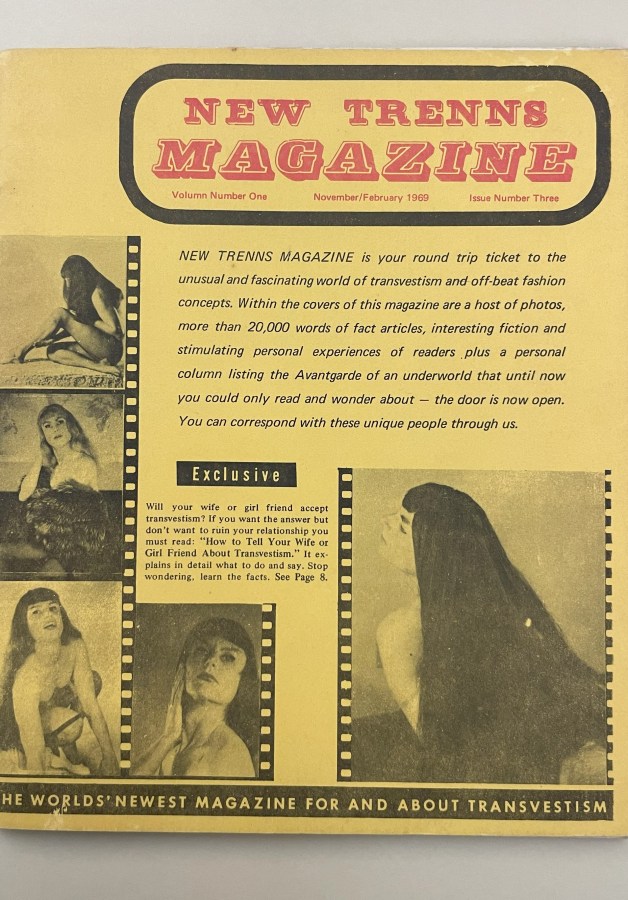
Seeing Themselves
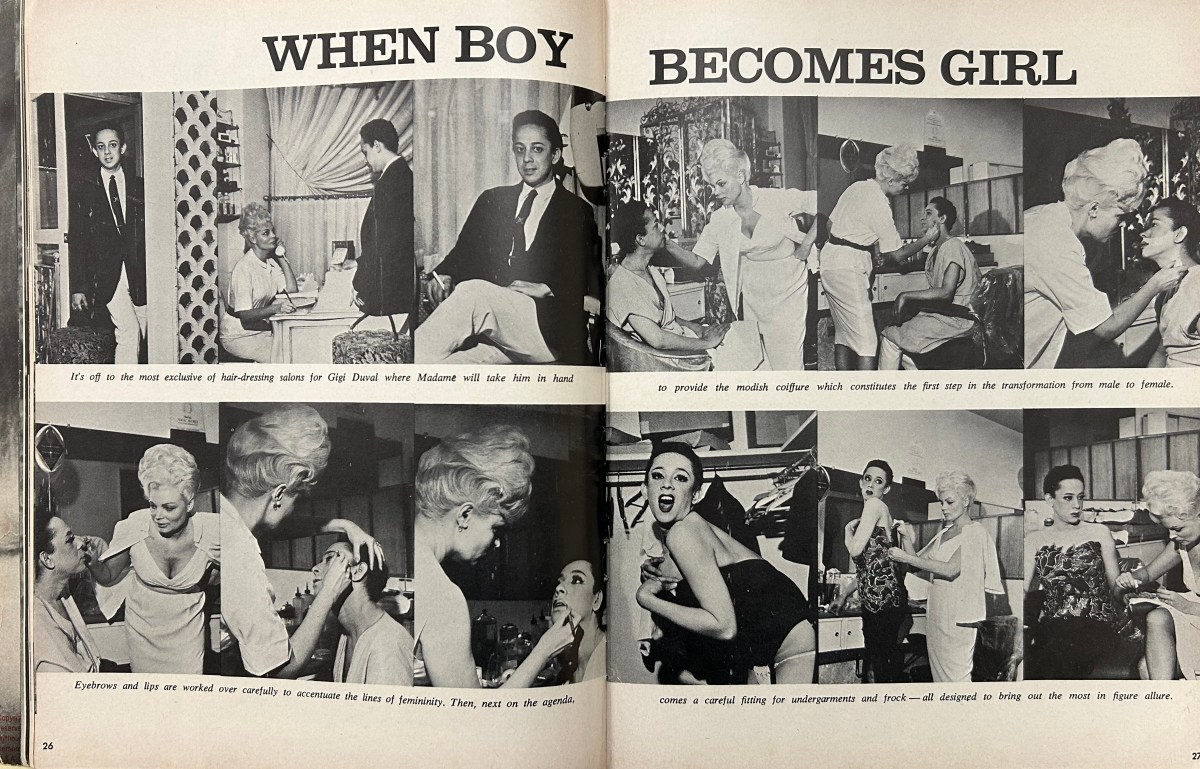
These magazines provided critical representation for trans and gender expansive individuals across the United States who saw themselves represented in their pages. A large part of their output included sharing photos and real-life stories of trans women. A 1966 issue of He-She magazine shared photos of readers who wrote to the editor from Chicago, Milwaukee, and even West Berlin.
“There are far more of us than is generally realized,” R.K. from Chicago wrote, “but many of us don’t realize that there are others with the same taste for changing roles as we possess. To know we are not alone is to improve our mental outlook.”
Seeking Connections
Trans women and other readers could share personal advertisements in the magazines as a way to connect with one another. The ads contained photos and written descriptions of readers seeking romantic and platonic connections. People interested in connecting with others could send a letter to the magazine with money and instructions to pass their communication onward. This helped keep their names and addresses safe and secure.
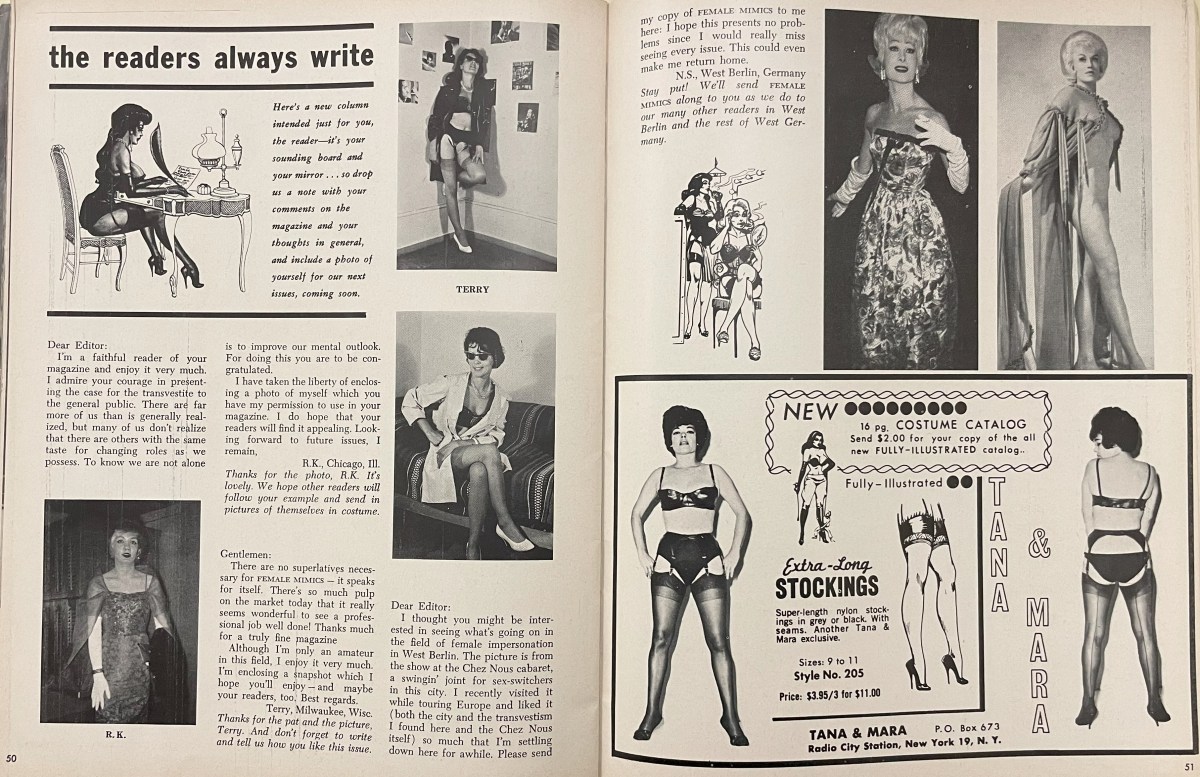

The publications also supported other communication networks. One advertisement in a 1966 issue of He-She promised readers that “Club Wow is not only an excellent correspondence club,” but “a club for people with unusual interests and for broadminded people everywhere.” One 1970 issue of New Trenns Magazine included a more direct advertisement asking readers if they wanted friendship, love, or marriage.
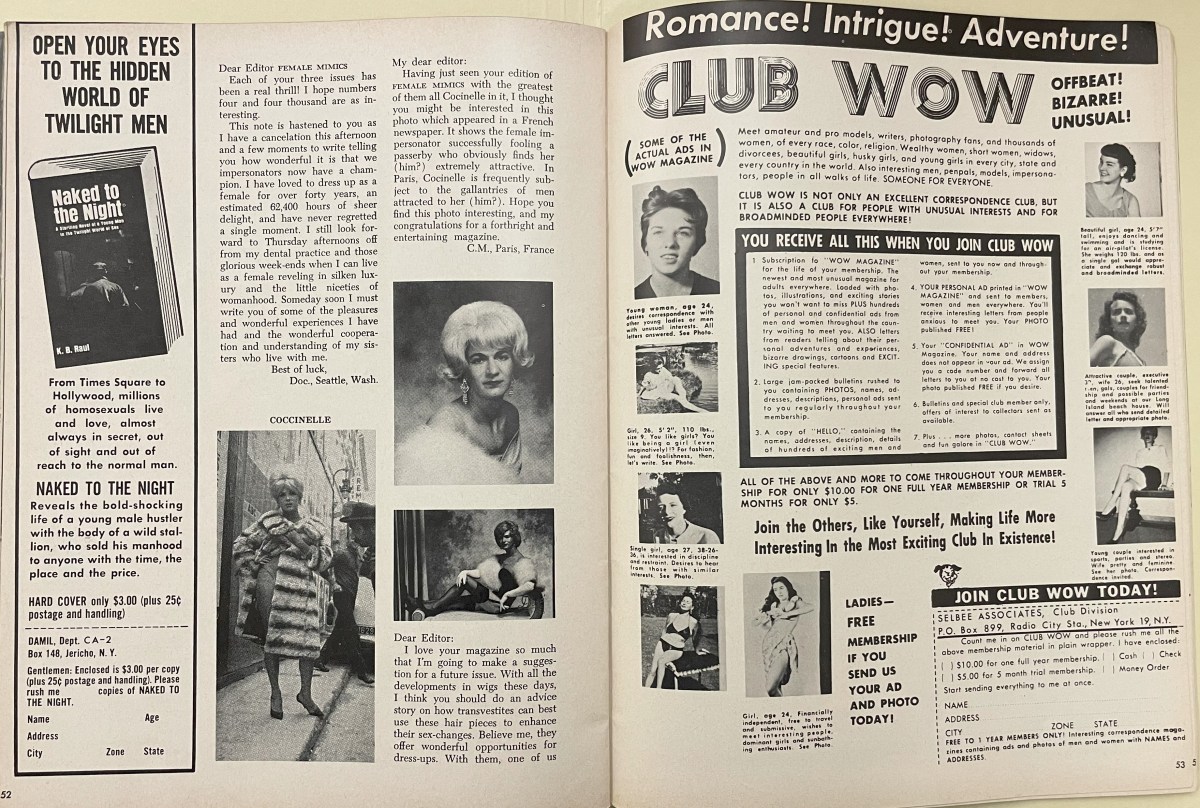
Magazines promoted large community events as well, such as the First Annual Costume Ball in 1972 at the Church of the Beloved Disciple in New York City. Just a year before, the congregation had 600 members and founded its own LGBTQ+ religious order: the Oblate Companions of St. John.
These magazines served as news bulletins, sharing major life events (including Eden’s wedding) and legislative changes. The articles discussed topics that affected readers beyond gender and sexuality, including religion and spirituality, sex work, protesting, healthcare, and other resources.
![Article showcasing Reverend Troy Perry, founder of the Metropolitan Community Church Fellowship, wearing drag at a fundraiser for the MCC fellowship Prison Ministry. As the article writes, “Rev. Perry discloses that his first lover was a transsexual who and wanted [sic] to love more and more as a woman before they separated.”](https://www.autostraddle.com/wp-content/uploads/2025/08/20241219_183958136_iOS.jpeg?resize=1200%2C782)
Sharing Resources
While flipping through pages of articles and advertisements, readers also learned about safe spaces called “transformation boutiques.” These boutiques and cafes were places where people could find both emotional support and healthcare. The Dressing Room in Clinton Township, Missouri provided the “complete shopping experience for a discriminating cross dresser.” The store even held a Lady’s Night in their private party loft the third Saturday of each month.
Magazines became central spots for advertising gender-affirming services available across the United States, including laser or wax hair removal, liposuction, silicon breast prosthetics (called “falsies”), and custom underwear. Letters to the editor also became helpful guides about what products and techniques work best for different body types and custom underwear.
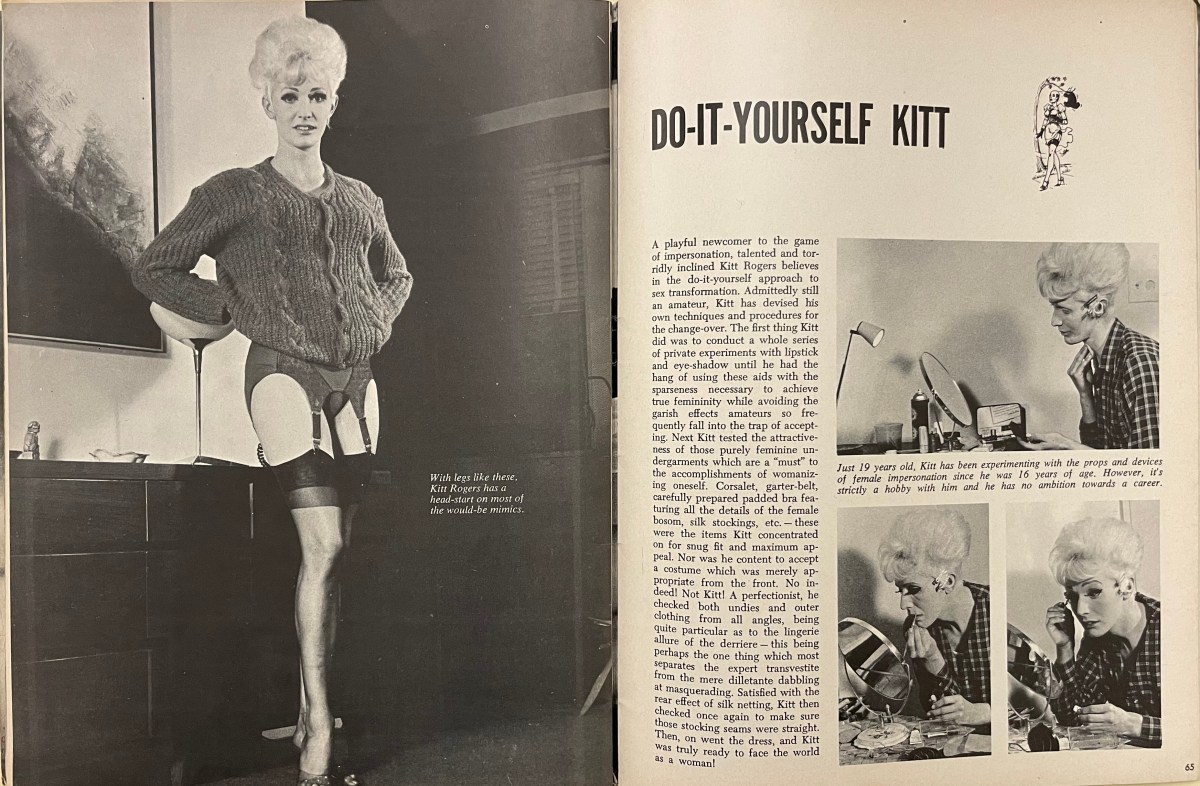
For many people, their exploration of gender identity and expression was — by necessity — deeply private. The magazines shared at-home resources, which provided readers with safe ways to express themselves in private.
Some magazines provided step-by-step guides on wearing contouring makeup, creating “falsies,” tucking, and wearing girdles and custom underwear. Kitt’s Roger’s “Do It Yourself Kitt” provided photos of the end products.

Affirming, yet exclusionary
While the magazines served as critical spaces to build community and share resources, they were themselves exclusionary, often centering white, skinny trans women as the ideal. Trans women of color, critical activists in the community during this period, rarely appear in these pages. When they did, it was typically in photos of local protests.
The magazines often conflated the concepts of sexual orientation and gender identity in ways modern readers would find surprising and contradictory. For example, Transvestia magazine specifically advertised itself for heterosexual cross dressers.
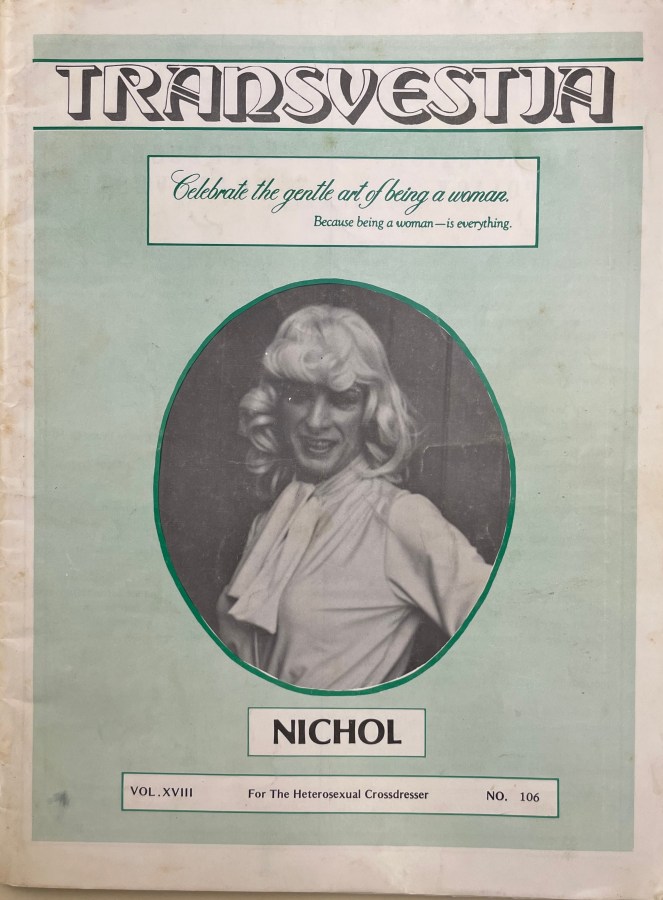
Performers cross-dressing as men have been a key part of American entertainment as long as performers cross-dressing as women have. But these magazines focused on the latter, prioritizing sharing resources for people who openly identified as men and often only for white men.
In many ways, these magazines offer a view of people living authentically at a time when sharing this information via the mail was punishable by jail and people dressing to affirm gender identity were targeted by violent transphobia. Still, with the help of these magazines, trans people across the United States fought to build communities that would protect and celebrate their identities.
Can’t a Lesbian Enjoy a Little Straight Porn Around Here?
My Best Friend Is Shaming Me For Watching Straight Porn
Q
I recently disclosed to my best friend that I watch straight porn and she was massively icked out and now I feel gross and sad. We were having an intimate conversation about porn preferences and I told her something I’ve never told anyone else: that even though I’m a lesbian I watch and get off to stereotypical straight porn sometimes that has certain power dynamics. She literally recoiled and then tried to insinuate this is like rooted in trauma or something fucked up from my past, that it’s not normal for lesbians to watch only straight porn. I felt judged and insecure and tried to walk it back. I feel like she’s questioning my lesbianism. We became best friends in the first place because we were the first lesbians each other knew. It’s why I felt safe telling her.
A:
Riese: We did this massive lesbian sex survey a long while ago which included a whole section on porn. Something like 15k people responded to the survey so it’s a pretty solid group sample-size-wise. 45% of those people —all of them queer women and/or trans people —said they mostly watched straight porn. FORTY FIVE PERCENT. Your friend is just like, profoundly incorrect. Within the group of lesbian-identified people specifically, 41% said they watched straight porn. There are so many reasons for this, but in general there’s not really always a correlation between the porn you watch and the sex you like to have. One thing that came up a lot is that lesbian porn often feels like it was made for straight people anyhow and queer porn that actually has queer people in it tends to cost money (as it should, of course!) and doesn’t just exist on pornhub.
A lot of the porn people watch tends to be more about dynamics rather than gender. Apparently the porn-watching habits of lesbians, in general, tend to go against common wisdom and patterns more easily discernable in other groups. So idk, your friend is wrong and I’m sorry she made you feel that way. I wonder if there’s something else going on with her that she reacted in that way, some nerve you hit. It might be worth asking her — get it out in the open, tell her how her being appalled by you made you feel and dig a little deeper into why she reacted that way.
Summer: Hot damn look at Riese swinging the numbers! I’ll bring a psychosocial perspective since that’s what I’m good for.
Yeah, nah. She’s in the wrong here. For one, it’s just patently uncool and a violation of Girl Code to denigrate a friend who discusses something to you from a place of vulnerability. Especially if that discussion topic doesn’t immediately affect you.
Beyond that, viewing porn that does not conform to your sexual alignment or interests is not inherently a sign of emotional distress, trauma, or even a statement about your sexual alignment. A huge chunk (if not the majority) of fanfic authors who write and get off on M/M fanfic are heterosexual women. Heterosexual men regularly watch porn involving femboys or feminine men. Bisexuals often have a porn preference that doesn’t reflect their actual interest. The thing that binds all of these groups together? Porn is fantasy. Most porn consumers use the content to realise fantasies or indulge in experiences they otherwise don’t need or can’t have.
Whatever your reasons are for watching porn don’t call your sexuality into question any more than a straight girl who reads gay smut is not straight. Your identity is not something that ought to be questioned, especially from someone else who should know better. And it’s not something that requires special justification or living in a specific way to uphold. Gay is not a prestigious, exclusive club. Any club that I’m part of can’t possibly be that cool.
Valerie: I agree with Summer that regardless of her opinions, it is really shitty of your friend to make you feel bad after sharing something so vulnerable and personal! There is no “right” way to be a lesbian or any other label for that matter; in fact, the only way to do it “wrong” is to try to police other people’s identities. This is not what you asked, but something to consider…sometimes the first queer people you meet are great as you first come out, and are who you need to gain the confidence to be you. But as you get older and more and more comfortable with who you are – in ways related to your sexuality and in every other aspect of your life and personality – you’ll learn that “we’re both gay!” is not actually enough to keep a friendship together on its own. And it’s okay to grow out of friendships and grow apart from people, even if they were vital to your journey.
Nico: I’ve known lesbians and queer women who watch straight porn and even who almost exclusively watch gay, cis-dude porn! Like, porn preferences do not necessarily correlate with real-life sexuality. The real question here is what made your friend so okay with making you feel this bad? I’m concerned about someone who would make you feel this way. Maybe this is a friend who you can’t actually have these kinds of conversations with. It might be a good idea to think back on other interactions you’ve had, and to see if you’ve felt like your friend was trying to see and support you for you — or if she just expected you to be exactly like her because you’re both lesbians. That doesn’t mean you have to have a friend breakup or anything, but some friends really are better put in a just-for-fun category, where we trust them with fewer pieces of critical information and also don’t let their opinions carry as much weight.
We Had a Great Threesome. How Can We Have Even More?
Q
My girlfriend and I just had our first threesome with a friend and it was easy and amazing and hot! We are both very monogamous in terms of dating other people or having sex with other people alone but a foursome with a hot couple or a threesome like we had are both super interesting to us… We have both only been in monogamous closed relationships before so this is new territory and I was wondering if any of you have advice for hookups like this to make sure everyone keeps having the the best hottest time.
A
Summer: I’m glad you had such a great time <3. My go-to here is to get your communicatin’ gloves on. Even though you’ve been monogamous until now, something’s happened to change that set of facts. There may be some ambiguity at the moment about what we are but you need to establish ground rules before ambiguity becomes confusion. In your position, I’d highly recommend a what we are now conversation that establishes rules and intentions for your new non-monogamous relationship. Or if necessary, to leave it as a one-and-done thing and return to monogamy. No matter what you both want out of it, your intentions and feelings should be clarified.
Riese: Yeah just set up some expectations and boundaries! Once you’ve had great sex with someone —even a third person, as a couple —that dynamic lingers and can inspire future flirtation and sexual tension whenever you’re around them. Maybe that means you don’t want to hook up with people you’re going to be around a lot, but if you are, prepare for that, even for the possibility that one of you may have a stronger connection with that third than the other. What kind of behavior is ok when you are not actively having sex? Do you want to have one-night stands with thirds or couples, or incorporate someone else into the relationship more regularly? How deep are you willing to get with these external people? You know, stuff like that!
Submit your own advice questions right here!
AF members get the benefit of having your advice questions answered by the team. We do our best to answer every question, which is like, 99% of them — very rarely do they stump us. Questions remain anonymous!
You can send questions on any topic, at any time. Submit those questions into the AF+ Contact Box which we’ve also embedded here:AF+ Contact & Advice Inbox
The Married New Englanders Debating an Erotic Tattoo Gun Situation
Sex/Life is a series all about the secret sexy business of couples, throuples, exes who still fuck for some reason, LDR darlings, polycules, and any other kind of amorous grouping your perfect heart can fathom. We send them nosey questions, they record themselves answering them, and we transcribe that conversation for all of us to enjoy. All names have been changed and any identifying details removed.
Violet is 38 and Taylor is 31 – they’ve been together for 3.5 years, married for 1.5, and currently live together in a house in New England. They both work in tech sales and are passionate about television and their dogs.
And this is how they fuck.
Taylor: Are you nervous?
Violet: Yeah.
Taylor: Don’t be nervous.
Violet: I’m always nervous.
Taylor: I love that about you. Okay.
What was your sex life like when you first started dating, and how was that different from now?
Taylor: Well, I cried a lot.
Violet: You did cry a lot.
Taylor: Yeah.
Violet: It wasn’t because you were hurt or anything like that.
Taylor: No.
Violet: I think that, well— maybe you were internally.
Taylor: No, it was more the trauma, baby, because of my upbringing in the evangelical church, and purity culture, and all of that shit, plus a previous relationship had made it so that I was not… I wasn’t ready to receive it. I felt guilty receiving, and that’s where my crying came from and why you were…
Violet: I’m crying right now! I would stop and hold you every time. I just want that to be clear. I didn’t just keep going.
Taylor: No, you did not. In fact, I was the one that begged you to have sex with me the first time that we had sex, as I was enthusiastically consenting. I don’t cry anymore, unless it’s from joy.
Violet: Yeah, and it’s beautiful. I love that. What else is different? We live in a home that we bought together.
Taylor: We do, so we don’t have to be quiet anymore.
Violet: That’s true.
Taylor: We used a lot of different toys in the beginning, and I think that was because I personally had a lot of toys that I wanted to share with you to be like, “Is this cool?” You had one purple that would—
Violet: It was pink.
Taylor: Oh, and it would die halfway every time.
Violet: She was a trooper.
Taylor: It really depends on your definition of sex too, and in queer spaces we’re always redefining what sex means. The first time that we were intimate with each other was over the phone, because our relationship was long distance for ten days, which was excruciating.
Violet: Well we met each other prior to that—
Taylor: Yeah, we had a first date, and then I immediately got on a plane and went to my parents’ across the country for ten days.
Violet: Yeah.
Taylor: That meant we were already hooked and we were FaceTiming for three hours every day, but we were having FaceTime sex before we had “real” in-person sex, I should say. Do you wanna talk about being demisexual? And what that meant for you at the beginning of our relationship?
Violet: I just need to have to have feelings for a person before I want to have sex with them.
Taylor: I was away for a second so we were able get to know each other. Such a lesbian timeline! Ten days! But it’s Autostraddle, so everyone understands.
If you live together, how long into the relationship did you make this decision, and how has living together impacted your sex life?
Taylor: Immediately, essentially.
Violet: No! Babe, come on.
Taylor: Well, we were spending more time in sleepovers than apart pretty immediately.
Violet: We didn’t live together until we moved into [redacted] together.
Taylor: No, I was full-time living at your apartment in February when we got together in November. I remember making that decision, like, “I don’t want to pack a bag anymore.”
Violet: Then I moved into your place that you lived in. Officially. In June.
Taylor: That’s just like apartment leases.
Violet: Man….
Taylor: We functionally lived together.
Violet: Man, what is wrong with lesbians?
Taylor: [goofy voice] What’s the deal?
Violet & Taylor: [goofy voice, altogether] What’s the deal with lesbians?
Taylor: … Okay so we functionally lived together essentially immediately, which meant we got to have more sex. That’s how it affected our sex life.
Violet: Beautiful!
If you are parents or caretakers, how has this impacted your sex life?
Taylor: We have dogs that love to get up in our business.
Violet: Don’t say that! Don’t say “business” like that ever again! Just say, “we have dogs.”
Taylor: Business.
Violet: Some of them like to snuggle in weird places, and some of them like to just be bosses of us, and it’s pretty bad, actually. One of them’s in between us right now.
Taylor: Yeah, post-coital, like coming to you live post-coital.
Violet: It’s true. It’s true.
Taylor: We used to have three dogs. Our eldest passed away a few months ago, but they’ve always been a big part of our life. They all sleep on the bed with us. That’s why we have a Cal king. It’s just kind of like, we don’t kick them out for sex—
Violet: No, but they know where they should be on the ground.
Taylor: Yeah, they know when something’s going down and they need to give us some space.
Violet: They’re classy.
Taylor: Or horrified. One of those, classy or horrified.
Do you have a top-bottom dynamic? Talk about that.
Violet: Oh, we’re a bunch of switches.
Taylor: We both identify as switches. Yeah.
Violet: I love that about us.
Taylor: I do too, and I think it plays with gender as well, where there’s traditional masculine and feminine roles tied to top and bottom, and we so fluidly go back and forth within the same sexual session. You know what I mean? It’s not, “Okay, you’re the top tonight.”
Violet: In one session we can be two totally different people and that’s beautiful, we understand one another, but I love when I’m able to call you Daddy, and then also in the same session— we don’t call it sessions, but whatever.
Taylor: I don’t know what else to call it.
Violet: Same. Anyhow in the same, whatever, I ask if you like to feel my cock in your mouth.
Taylor: Yeah. I think even tonight, you said, “Is this your pussy or your cock,” or something to that effect.
Violet: I think I asked one of those, and then you responded with, “No, it’s this,” and then I switched it up.
Taylor: Yeah.
Violet: It feels so good doing that.
Taylor: It feels really good.
Violet: I love doing that.
Taylor: I feel really comfortable with you, and exploring all the different facets of our identities together.
Violet: I do too!
Do you feel like your sex drives are well-matched?
Violet: I feel like they are.
Taylor: There are times where one of us is tired and the other is not, but that’s showbiz!
Violet: We have fun.
Taylor: I feel like I am easily turned on when you’re feeling it, unless I’m fucking exhausted, but I feel like that’s pretty rare these days.
Violet: Yeah. If you’re exhausted, you’re done. Yeah, you don’t want it.
Taylor: If I have the energy, if you’re initiating, I am pretty immediately responding. I feel like we’re so in sync.
Are there specific things you like to do during sex and things you don’t like to do?
Violet: I like doing everything with you.
Taylor: Yeah. Nothing’s really off limits.
Violet: I love everything about it.
Taylor: Yeah. We’re always trying, willing to try new things if we found — [pauses, gets serious], Like, OKAY, this sounds crazy — [starts laughing]
Violet: What is it?
Taylor: It’s not bloodletting, but bloodlining…?
Violet: Baby, what!!?
Taylor: My friend was telling me.
Violet: Who?
Taylor: My internet friend.
Violet: Okay. Your internet friend.
Taylor: [Redacted], but don’t say [redacted]’s name, but they got a tattoo gun set and they’re practicing…
Violet: Baby, I don’t want to play this game!
Taylor: What game?
Violet: I don’t know. Something about bloodletting?
Taylor: No, it’s not bloodletting! but let me finish. I think it’d be like — you know, the feeling of getting a tattoo?
Long pause.
Violet: Yes, I do.
Laughter.
Taylor: We could have that at home!
Violet: Keep going.
Taylor: It’s okay.
Violet: Bloodletting!
Taylor: You’re using water!
Violet: All right, let’s keep going. Just keep going.
Taylor: Okay next question is—
What are some things you’d like to try or try again?
Violet: Oh, Jesus Christ.
Taylor: You use water rather than ink! It’s like blood and then it just — it heals because it’s just like —cutting your skin?
Pause
Taylor: Okay, you’re telling me no. Are there other things you’d like to try?
Violet: Wait, why do you want to do that?
Taylor: I think it’s just something crazy that might be of interest. You practice on a little pad first! You don’t just go on somebody’s skin.
Violet: Wait, so you’re saying that you’re going to do this on my skin?
Taylor: Well, no. Maybe you do it on mine.
Violet: With a tattoo gun?
Taylor: Yeah. Then it heals within a couple of days. It’s like a hickey.
Violet: I love you.
Taylor: That’s my best description of it. It’s like a hickey. Just consider it.
Violet: Okay. I absolutely will.
Taylor: Are there other things that you would like to try or try again?
Violet: Just always having sex in public-ish areas, not public, but I wouldn’t want people to discover it, but in areas that are considered public.
Taylor: Can you give an example?
Violet: Yeah, like a vehicle at night, or down a hallway that nobody’s going to be going into. I have no idea.
Taylor: Yeah, no, I was thinking about that this morning, actually, of places where you could potentially get caught. I don’t know, that adrenaline rush is of interest to me. We haven’t done straps in a while, strapping me to the bed, but that’s always a good time.
Violet: Oh, you love that.
Taylor: Blindfolded? Count me the fuck in.
How important are orgasms to your sex life?
Taylor: I feel like I can pretty reliably orgasm and squirt if given the right kind of toy. The Satisfier Pro II, actually, we call her MVP in our home.
Violet: Are you trying to endorse this?
Taylor: I may or may not receive commission from this link.
Violet: You don’t receive any commission from that.
Taylor: It’s true. I don’t even know if they sell it anymore, but anyway, I don’t need to orgasm, but it’s like, if I’m bringing a toy to the equation, then it’s going to happen. Whereas for you, it’s very different, I feel.
Violet: Why?
Taylor: Well, you don’t orgasm or try to orgasm as much as I do.
Violet: Maybe, but I think that whenever you’re orgasming, or not even that, but feeling pleasure, I get so turned on, and that does it for me.
Taylor: You don’t feel the need to orgasm because —
Violet: I do most of the time, by the way.
Taylor: You do?
Violet: Yeah.
Taylor: Wow. Without any assistance?
Violet: Well, I’m thrusting usually.
Taylor: I didn’t know that.
Violet: I’m using my fingers too.
Taylor: Did you come tonight?
Violet: No, I didn’t, because we’re in a small bed tonight. Are they going to listen to all of this, babe?
Taylor: Yeah.
Violet: I don’t think they are.
What role does masturbation play in your sex life?
Taylor: When we were away last week and I got back to the hotel room, and you said like—
Violet: Oh my god, I masturbated so much. Yes, and then I got the flu.
Taylor: Okay. That’s not relevant.
Violet: I’ll never do it again, but yeah.
Taylor: No, but that’s very hot to me. Not the flu, but it’s very hot to me that you were alone in the hotel room, getting off while I was at work.
Violet: Yeah, I was getting off. Well, yeah, I was working too, but from the office. Yeah, I definitely… I don’t know. I went on a binge. I need to come every other hour. It was weird.
Taylor: That’s beautiful.
Violet: Thank you.
Taylor: It’s also, there are probably some people who like to come in other… Well, I feel like our go-to rhythm is sex of whatever it is, and then ending with a side-by-side masturbating.
Violet: Yeah.
Taylor: Sometimes we’ll try and plan it to come together by doing a countdown. That’s a fun time.
Violet: Oh, I love that.
Taylor: Yeah, me too.
Tell us about your favorite or most memorable time you’ve had sex together.
Violet: I have it!
Taylor: What if it’s the same?
Violet: I don’t think it’s the same.
Taylor: No?
Violet: I know what mine is.
Taylor: Okay.
Violet: I can write it down if you’d like.
Taylor: We can just say it.
Violet: Trust me.
Taylor: Mine is Santorini, on our honeymoon, when we had a personal hot tub in our…
Violet: Oh, my God.
Taylor: … area.
Violet: Maybe that is the one, actually.
Taylor: Yeah, that’s where I fucked you in the ass for the first time.
Violet: Oh, my God. Yeah.
Taylor: That is a semi-public place to me, but it was completely secluded.
Violet: Yeah, nobody was out there.
Taylor: Because we were outside.
Violet: We were facing the ocean.
Taylor: That was very hot.
Violet: Oh, my god. Yeah. That’s mine as well.
Taylor: What else were you going to say?
Violet: I was just thinking about the strap-on in the tiny house that we’re in, and your back was right up against me and I was just like, “Oh, my God,” but Santorini. Yeah, Santorini was…
Taylor: That’s good too.
Violet: I know, but you were like, “Oh, my God, this feels so good.” I was like, “Ugh. Finally.”
Taylor: I hadn’t found a dildo that fit me.
Violet: Yeah, you didn’t like any of the ones that we had. Then you were like, “This feels amazing.” The way you were just riding it was, I think about it often, but I also think about Santorini, so I don’t know.
Taylor: Well, that’s the last question.
Violet: Yeah.
Taylor: What have you learned from this activity?
Violet: I like having sex with you. I love it, and I want to have more.
Taylor: Me too. For the rest of our lives.
Violet: Yay.
Taylor: That sounds incredible.
Violet: All right, let’s do it.
Taylor: Let’s do it right now. Okay, bye.
Violet: Bye.
What Is Queer Generational Trauma, and How Do We Tell Stories About It?
To be queer is to reinvent yourself. To toss aside the self-image that was handed to you as an infant, to craft a new identity — and maybe even choose a new name. And yet, anyone who joins the LGBTQIA+ community has to reckon with the weight of the past.
Lately, I’ve been obsessing over the concept of queer generational trauma: the pain passed down to us from our ancestors, which we bequeath in turn to those who come after us. It feels like a strange concept at first. Most of us aren’t necessarily raised in queer families, and we don’t grow up steeped in the history of the struggle for liberation. (In part, because the rich and powerful do everything in their power to keep it that way.)
But if queer culture is real, something that is passed down and continues across lifetimes, then queer generational trauma must also be a thing. You can’t pass down culture without also sharing the pain that birthed it. And the same way that queer culture infuses us with resilience and strength for the battles ahead, embodying the pain of our forebears reminds us of the reason we have to fight in the first place. Both things are gifts, in different ways.
In my upcoming novel Lessons in Magic and Disaster, a trans woman named Jamie teaches her heartbroken mother Serena, a lesbian, how to do magic. The more I wrote, the more I delved into Serena’s grief and rage, which meant doing some research about the challenges lesbians faced in the 1990s and 2000s. That gave me insight into the transphobia Jamie faces here and now. I started reading up on the subject of Jamie’s PhD dissertation, which deals with (almost certainly) queer authors and artists of the 1730s and 1740s.
What I found knocked me sideways: an ornate tapestry of repression and punishment, stretching back 300 years. Same shit, different decades (or centuries). In particular, I was startled to discover just how similar the fuckery aimed at 1990s lesbians was to the dehumanizing tactics trans people are facing today. People warned that lesbians could not be trusted with children, and in some famous cases like Bottoms v Bottoms, courts took children away from their lesbian parents. Lesbians were threatened with violence, and one lesbian bar was fire-bombed in Atlanta. Books like Heather Has Two Mommies faced the same attempted censorship as Genderqueer.
Meanwhile, artists of the Georgian era, like the gender-nonconforming actor/writer Charlotte Charke, had their gender expression and sexuality scrutinized and faced similar punishments as today’s queers. At one point, an utterly penniless Charke could only get work as an actor if she wrote to the newspapers reassuring audiences she was no longer performing male roles, in male garb.
My small, intimate family story was becoming something much bigger: a document of historical pain.
Obviously not all queer people have queer biological parents. Still, making Jamie a second-generation queer, raised by a lesbian couple among other queer families, turned out to be a fruitful way of thinking about how the weight of past moral injury seeps into our bones and sinews. The struggle for liberation carries on from generation to generation, and the scars of past battles continue to affect us in the present. Jamie says she was raised in a household that was warm, loving, and paranoid — because of the ever-present fear that the shitheads could arrive at any moment. Because your family might not be safe even in a progressive city. Jamie’s queer birth family felt like a way of literalizing a metaphor, or making an abstract phenomenon more concrete.
The framework of “generational trauma” (also called “legacy trauma,” “transgenerational trauma” or “intergenerational trauma“) was developed to talk about the descendants of survivors of the Holocaust, Japanese internment, chattel slavery, and other atrocities. There’s some evidence suggesting trauma can actually be passed down epigenetically to one’s descendants, because our bodies store and transmit stress, but the science on that is far from settled.
Social work professor and mental health expert Maria Yellow Horse Brave Heart defines historical trauma as “cumulative emotional and psychological wounding over the lifespan and across generations, emanating from massive group trauma,” such as massacres and other genocidal acts aimed at Indigenous people, and adds that this trauma is accompanied by unresolved grief.
In my experience, queer generational trauma seems to operate in a few different ways:
1. Many of us have depended on elders for guidance and encouragement. These elders put on a brave face but inevitably bequeathed to us their memories of past mistreatment, often in spite of their own best intentions.
2. There’s the gagging ouroboros of history: At a certain point, you have to realize you’re beating your fists against a wall that bears the indents of countless fists, going back forever.
3. And finally, many of us struggle to find community and feel disconnected from those who came before, which ironically makes the weight of history harder to bear.
When I started volunteering for tiny indie queer publishing ventures 25 years ago, I loved the intensity of the people I was working with. The whimsy, the hunger for transgressive storytelling. It took a long time to realize how many of the people around me had been through stuff I could barely imagine and had lost more than I could ever know, including the AIDS pandemic and the Reagan-Bush onslaught. All around me, people were devouring life as if they’d been hungry forever.
But when I think about encountering the lingering toxic waste of past trauma, what I remember is being around trans people who’d transitioned earlier than me, and feeling like they were kind of uptight. Judgy, even. The ways they tried to police my own self-presentation and instruct me on the “right” way to be trans and to talk about myself. One trans woman, only a few years further along in her transition than me, refused to be seen in public with me because two trans women standing together would attract too much of the wrong attention. Trans women lectured me on the foundation garments I should wear to pad my hips, as if there was something wrong with my own pre-estrogen body shape. They obsessed about “passing,” about embodying various femme stereotypes.
I found myself rebelling against my own elders by being more outrageous and colorful, not less. I slowly came to understand they were trying to protect me — albeit in the most fucked-up way possible.
Some of this behavior was because they’d come out during a time when trans people had to follow a strict rulebook or else be prevented from transitioning. But much of this was rooted in hypervigilance, low self-esteem, anxiety, depression. The memory of past discrimination and abuse expressing itself as a kind of grouchiness and strictness. It took me a long time to realize the bad advice I received from older trans people was their own long-buried stress bubbling up to their surface. As with all trauma, generational trauma causes all these — hypervigilance, anxiety, depression and low self-esteem — which can appear outwardly like being a tightly-wound jerk.
Coming out in the late 1990s and early 2000s meant I arrived at the start of a long period of greater acceptance, peppered with setbacks like the Defense of Marriage Act and California’s Proposition H. The people who came before me were burdened with the knowledge that this never lasts.
It’s not that queer history repeats itself; it’s more like queer people are trapped on a super heavy pendulum that swings back and forth between acceptance — or perhaps indulgence — and hatred. Like the Scissor Sisters, people simply cannot make up their minds whether we should live or die.
And I’m starting to feel as though we have a very limited ability to shift the momentum of that pendulum. In this, we are in the same situation as many other marginalized groups, except that there is a particular disgust and loathing buried in many people’s psyches for those of us whose sexuality or gender expressions challenge easy expectations about what our bodies mean and what they are for.
Nobody ever told me the pendulum would swing back in a hateful direction. Nobody told me not to take the good times for granted, not to count on more and more acknowledgment of the vital role that queers creators play in shaping culture.
What I did hear, again and again, was: Don’t sell out. Don’t compromise who you are to go “mainstream.” Do not ever turn your back on your community or take your community for granted. Those tiny indie queer magazines and book publishers I mentioned earlier, whose editorial stuff I was fortunate to join, were constantly sending out warnings about the folly of assuming that white patriarchal capitalism could be on our side.
So now I’m in the position of trying to be there for younger trans people, or in some cases, trans people my own age who are just starting their own transitions. I organize local get-togethers for trans folks, and I also try to be a comforting presence in other ways. What I try not to do is overwhelm anyone with the shit I went through back in the 2000s: the microaggressions and macroaggressions, the job discrimination, the stalking and harassment. It’s not like they don’t know or as if this isn’t still happening to lots of people today. But the last thing I would ever want to do is make already anxious people more anxious in service of centering myself. (And of course, I try extra hard not to judge or police anybody, because fuck that.)
Still, mentorship necessarily involves an element of sharing trauma. To let people know they’re not alone and they’re not imagining any of this bullshit. Part of being supportive to newer trans and queer people is teaching them whatever survival strategies I’ve learned, and those survival strategies are rooted in trauma. I’m trying to be there for others, the same way others were there for me when I started out, but hopefully without sharing quite as much pain along the way.
I started out by saying queer generational trauma exists because of the same reasons queer culture exists, but I want to turn that on its head and point out that along with the memories of hard times, we are also passing down generational wealth.
I can read about Miss Major and Sylvia Rivera. I can read the writings of James Baldwin, Audre Lorde, Justin Chin, and countless others. There is so much beautiful artwork, so much indelible music. The riches we share are so much greater than the memories of hardship. And I see queer artists today building on that legacy in so many ways, saying: Let them try to erase us. We are handing down our stories and dreams along with our trauma, and those things are often inseparable.
Even the realization that we are the inheritors of pain is its own form of treasure, because it’s a story about survival, and it reminds us to be kinder to ourselves.
Every generation wants, and deserves, to live freer than the last. We don’t just fight for our own ability to breathe easy, but also so that the people who come after us won’t ever have to deal with the shit we’ve marinated in.
Lessons in Magic and Disaster by Charlie Jane Anders comes out August 19 and is available for preorder.
4 Comments
-
Thank you for writing this :) it was that special feeling when you’re reading something that puts it into words just right. Most especially the line — “At a certain point, you have to realize you’re beating your fists against a wall that bears the indents of countless fists, going back forever.” Which I’ll be ruminating on for a minute.
-
“California’s Proposition H”
Um, it was Proposition 8. It was the proposition’s *opponents* who added the H, to make: Prop H8.
-
So glad to see your work on autostraddle! I love your books, and can’t wait for the new one. As someone with historical trauma from growing up in a holocaust survivor family, I really appreciate this perspective on queer generational trauma, and definitely see it in both the pain and connectedness of our communities. We’ve had to stick together to get through generations of transphobia and homophobia, and that relational connection seems just as powerful as the trauma part.
-
At first i didn’t know where you were going with this, and
“In particular, I was startled to discover just how similar the fuckery aimed at 1990s lesbians was to the dehumanizing tactics trans people are facing today. People warned that lesbians could not be trusted with children, and in some famous cases like Bottoms v Bottoms, courts took children away from their lesbian parents. Lesbians were threatened with violence, and one lesbian bar was fire-bombed in Atlanta. Books like Heather Has Two Mommies faced the same attempted censorship as Genderqueer.”–
This made me actually angry, because how could you not know this. Everyone knows this–
But then it became clear where you were going and it’s super important stuff.
It’s also happens to be a good explanation for why women oppress each other and police each other, something i didn’t understand my whole life. So thank you for that.
Awed by your other work, i will def check out your comics!
-
What Kind of Date To Wear Each WNBA Jersey To
You might not think of a WNBA jersey as date-night material, but hear me out: Nothing’s hotter than an outfit that says “I love women’s sports.”
In 2024, Nike and the WNBA delivered some of the league’s most fashionable jersey designs yet. These jerseys epitomize queer fashion, and yes, they absolutely belong in your wardrobe. I’ve matched every WNBA team jersey with the perfect kind of date, because you should be able to shoot your shot all while repping your favorite team.
Atlanta Dream
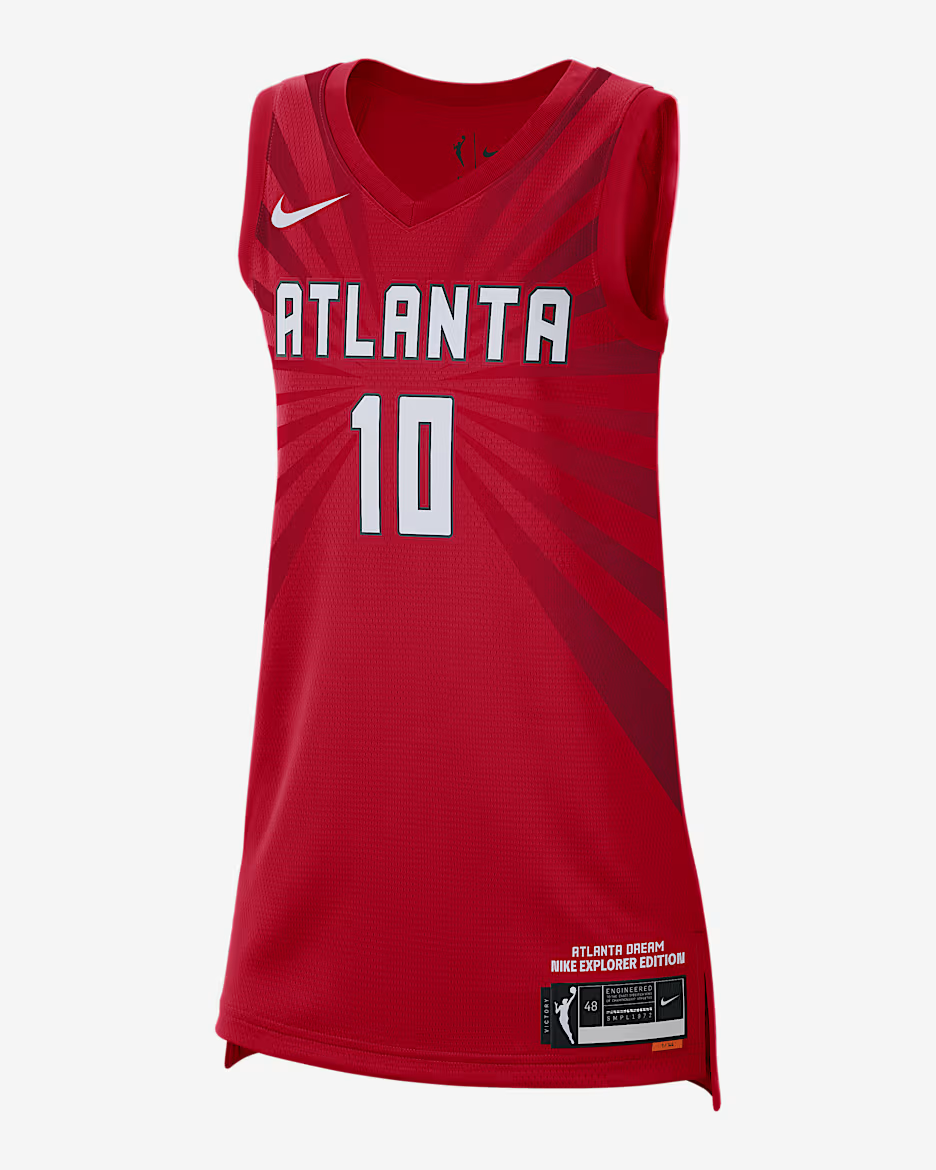
Rooftop Drinks and Deep Conversations
This jersey doesn’t hide — it walks in and owns the room. The bold, fiery, commanding red of the Atlanta Dream’s Explorer Edition jersey radiates confidence. This is what you throw on when you’re headed to a rooftop bar where the cocktails come with dried citrus and a poem on the side. You’re there for a deep conversation, skyline views, and an unforgettable night.
Chicago Sky

Museum Wandering and Inside Jokes
The Chicago Sky Rebel Edition jersey is gentle, light, and effortlessly cool, with a white gradient that makes you want to wander and get lost in the moment. It’s made for those modern art museum dates where you fantasize about which piece would be perfect for your imaginary dream home and end up leaving with matching enamel pins from the gift shop.
Connecticut Sun

Shared Jams and Secrets
Drenched in a deep grey palette with vibrant red and yellow trim on the sides, the Connecticut Sun Rebel Edition jersey brings all the warm, grounded energy of a late-summer afternoon. Its earthy tones are made for mornings spent wandering farmers markets — cold brew in one hand, other hand holding your date’s — and lazy post-lunch hours stretched out on a picnic blanket in a nearby park, shaded by trees where secrets and jams are shared.
Dallas Wings

Cotton Candy Kisses and Plushie Prizes
The navy base of the Dallas Wings Rebel Edition jersey, slashed with limegreen, gives off all the excitement and thrill of a scream you let out at the top of a rollercoaster. It’s the jersey that grabs attention way before the giant stuffed animal prize you won does. The retro stripes of the jersey are calling to a carnival date, making you crave fried Oreos and cotton candy after a heart-racing drop perfect enough for hand-holding and laughing until your cheeks hurt. It’s a whole vibe of adrenaline and sweet moments.
Golden State Valkyries

High Scores and Heart Eyes
The sleek, jet-black Valkyries Explorer Edition jersey is a bold statement on its own, but that icy lavender logo? It adds just the right touch of cool and mysterious made for an arcade date. It’s the kind of jersey that says, “I’m here to win, whether it’s the game or a heart.” There’s nothing like breaking the ice by stumbling through the steps in Dance Dance Revolution, or a round of air-hockey full of playful trash talk.
Indiana Fever
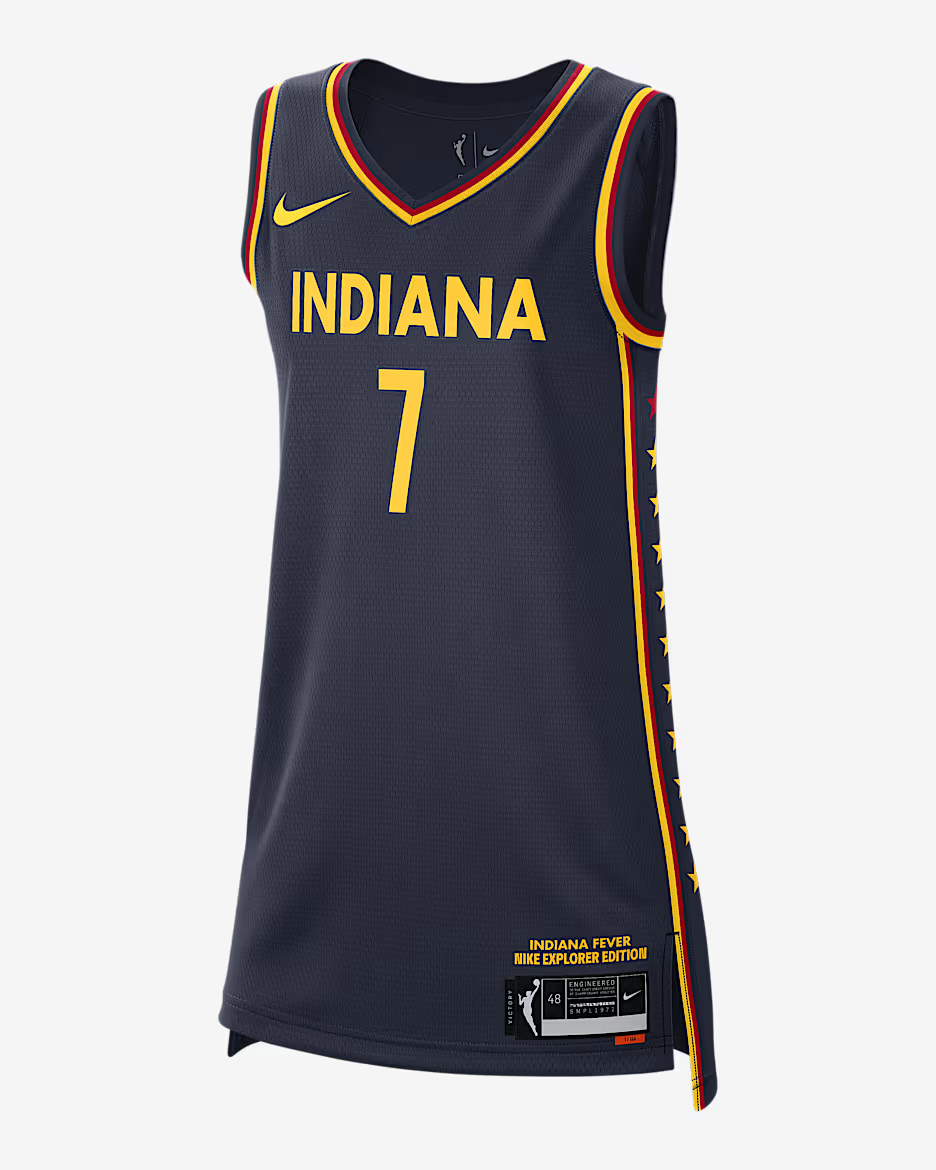
Circling the Green, One Putt at a Time
The Indiana Fever Explorer Jersey, a bold navy blue with red and yellow stripes, radiates a sporty yet effortlessly chic vibe, ideal for a mini golf date. The Fever’s fiery stripes match the heat of a slow-burning crush, making every hole feel like a chance to win way more than just mini-golf. Whether you’re teasing who gets to take the next shot or embracing the silence as you walk side-by-side along the green, you’re not just here for the game — you’re here to win a little love, too.
Las Vegas Aces

Sweet Notes and Sweeter Glances
Channeling the Las Vegas Aces’ go-big-or-go-home mentality, the Explorer Edition jersey, in jet black with silver and white accents, is where polished meets playful. For a wine tasting date, the jersey holds its own as the pours keep coming, teasing with an ever-subtle shimmer under dim bar lights. When chemistry builds with every shared sip and sly glance, later, crammed together in the backseat of an Uber, your shoulders will brush against theirs. The jersey will get wrinkled from the night’s closeness, but you’ll wear it like a secret, bold and unforgettable.
Los Angeles Sparks

Sandy Kisses and Salty Wishes
When the sun dips low, casting a glow over warm sand, where you and that special someone lounge side by side on a shared towel, the Los Angeles Sparks Explorer Edition jersey makes the perfect swimsuit cover-up for a beach date. The deep violet jersey, complemented by yellow, silver, and white accents, where the L of “Los Angeles” serves as the trunk of a palm tree, sets the scene perfectly. Let your legs tangle together under the fading sun.
Minnesota Lynx
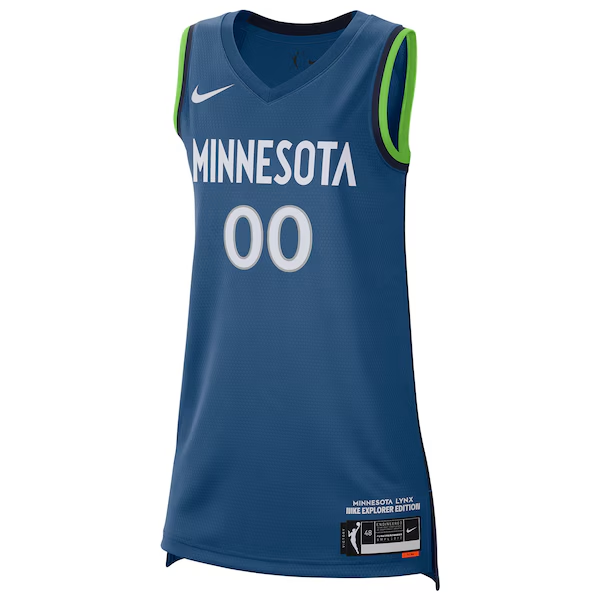
Cut-Outs and Quiet Chaos
For a crafting date such as zine-making, hand-building pottery, or collaging to an oddly specific curated playlist they swear isn’t about you (but definitely is), the Minnesota Lynx Explorer Edition jersey matches the slow intentional rhythm of creating something with someone and maybe catching feelings. Its cool tones of blue and forest green keep you collected on the outside, even as your hands brush over theirs near the glue stick and your glances start lasting a little longer than usual.
New York Liberty

Caffeinated and Crushing
Where the rich smell of freshly brewed coffee mingles with the whistling of brewing espresso, the New York Liberty Rebel Edition jersey steps in as a cozy-but-casual statement. This isn’t a date to rush; it’s a slow savoring of moments, a playful test of chemistry wrapped in hues of seafoam green that glow warmly under cafe lights.
Phoenix Mercury
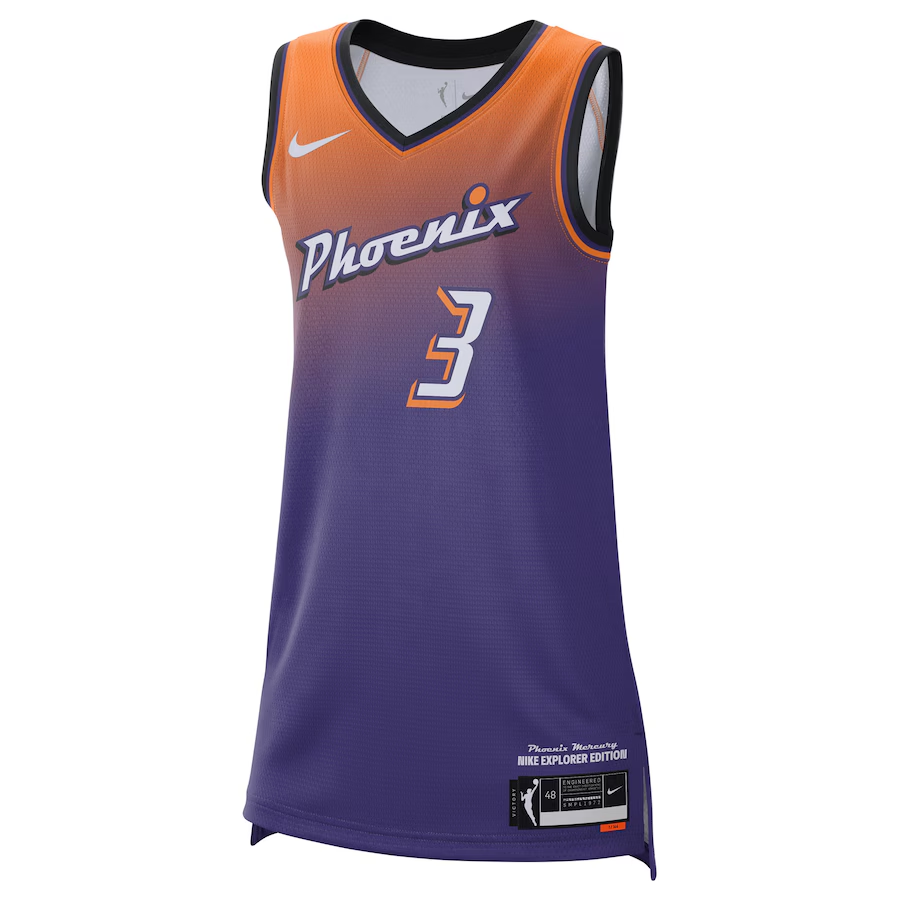
Heels Clicking, Sparks Flicking
Blazing in a fiery purple and orange, the Phoenix Mercury Explorer Edition jersey is the ultimate outfit for a line dancing date that’s all about heat and rhythm. Its bold, electric colors match the pulse of the dance floor, a look that says you came to own the night and maybe steal a few hearts. It’ll glow under the dance hall lights as you and your date step in sync to the tunes, hips swaying and hands brushing.
Seattle Storm
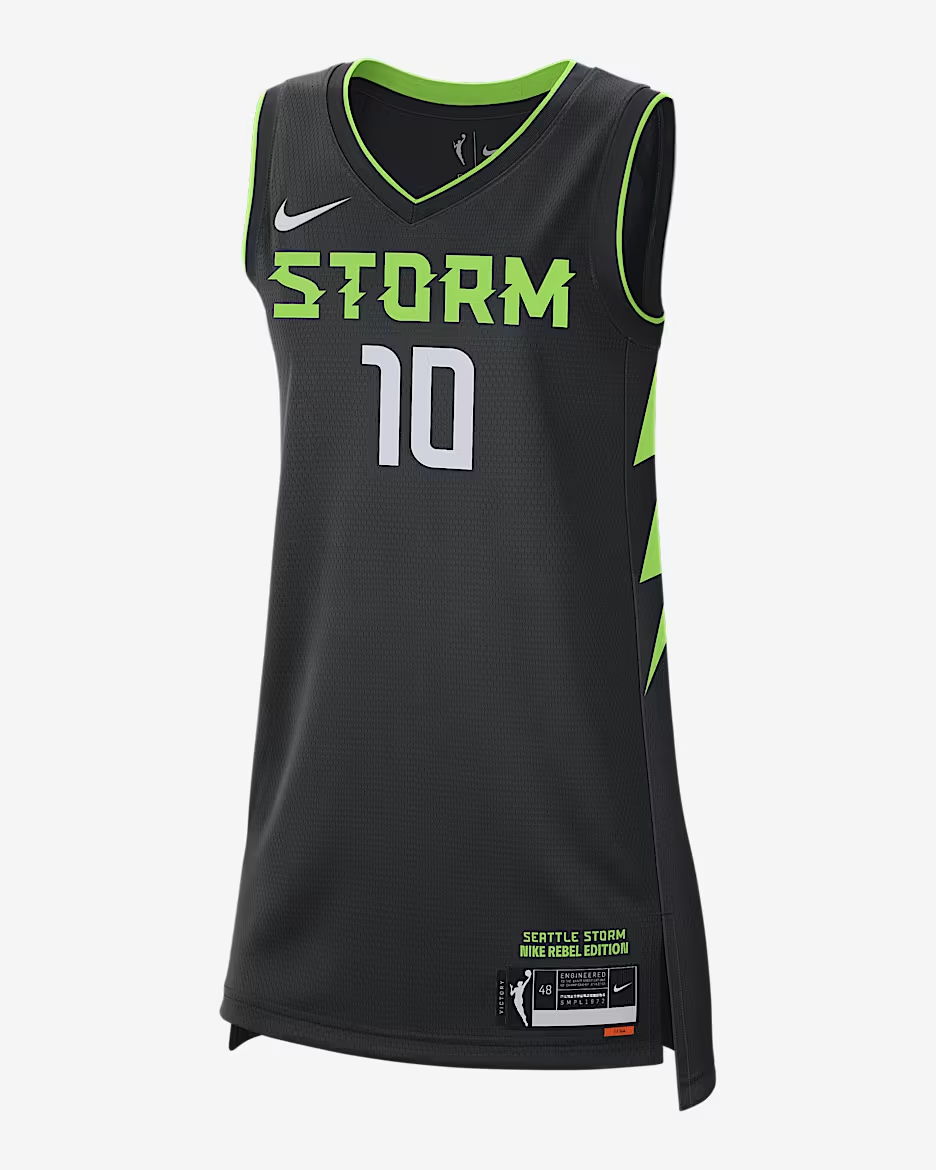
Pulling Cards and Catching Feelings
The electric green accents in the Seattle Storm Rebel Edition jersey were made for a date wrapped in mystery and magic. It sets the tone for a low-key night in, where candles flicker, and the table is set not for dinner, but for a tarot card reading. As you shuffle the deck and ask if you’re “ready to know what the universe thinks of us,” you’ll realize this jersey isn’t flashy but intentional.
Washington Mystics

Booked for Romance
The Washington Mystics Explorer Edition jersey, with its bold red base and navy and blue accents, brings just the right energy for a bookstore date where curiosity lingers and eye contact means everything. Its script-style font has a literary charm, like the title of a story you want to keep reading, making it the perfect wear for wandering aisles and exchanging soft smiles. You pretend to browse, but somehow always end up in the same section, the kind of coincidence that feels more like fate than chance.
2 Comments
-
Love seeing more WNBA love in the spotlight! 🏀💖
-
The Dallas Wings jersey definitely screams an afternoon of disc golf with a cooler of Busch Light.
No Filter: It’s Jinkx Monsoon Summer
feature image photo by Bruce Glikas / Contributor via Getty Images
Hello and welcome back to No Filter! This is the place where I tell you what our favorite queer celebrities are up to, via Instagram! Let’s grip it and rip it!
I absolutely love when people get in engaged and then act as though no one has ever been engaged before! It’s so charming and self-centered in a sweet way? Like yeah, your love should be everything to you!
A mind made for comedy, that’s all!
Dancing with braids that long is truly a superhuman talent, to me!
Well this is simply all my interests in one single photo! If you have not listened to the Death Becomes Her cast recording, what eggzackly are you waiting for? It’s a banger and Jinkx approved!
“My friend (and Miranda’s one night stand, Mary)” is my new favorite sentence and I will be muttering it to myself all day.
Now we live in post Reneé’s album world! How are you feeling??
August is for summer dumps of romance!
Wait, maybe August is specifically for photobooths?
One of the gayer issues a person can have, if we are being honest! Our need for baggy knows no bounds!
To me this has the same solemnity as the Olympic opening ceremony — which is to say I want Jinkx to have a torch.
This carousel rocks if you like trying to tell these two apart! Cause I cannot!
THIS IS HUUUUUUUUGE! Soo thrilled for Kehlani, this rocks sooo hard!
The next time someone asks me my favorite comedian, I am saying these two!
‘I Feel Incredibly Bad and Guilty After Masturbating’
Editor’s Note: This You Need Help contains mentions of suicidality.
Q:
I should start this off by saying, I have a therapist and he knows about my shame/guilt. Identify as a trans male, and when I was in middle school, pleasing myself was used against me. Ever since, I’ve had a hard time after I’m done. Sometimes I even try and end my life because of it. I know it’s normal to self please but I feel wrong doing it because of my past. Am I wrong?
A:
Feeling bad about masturbation is a remarkably normal thing, especially for people who were immersed (drowned) in shame from the beginning. But developing suicidal ideation as a result of masturbation? That’s really serious.
It’s also a sensitive topic and I’m going to angle my discussion toward trauma, recovery, and healing. Masturbation is an inciting event for you, but this could occur as the direct result of many other terrible experiences.
Post-nut something
Orgasm is an enormously complex neurological event that shocks the entire body. Biologically speaking, orgasm brings a hormone rush that feels intensely good. But a physiological response alone doesn’t account for the host of feelings that follow. Afterglow. Shame. Traumatic resurgence. Blank headspace. Each orgasm can swing a lot of feelings at us alongside enjoyment.
Men often talk about ‘post-nut clarity’, a burst of realization or mental clarity after an orgasm. There’s also cozy post-orgasmic bliss. The type people don’t talk about is post-coital tristesse or post-sex dysphoria. And since masturbation/solo sex usually takes a backseat to partnered sex, like nobody thinks about its effect after masturbation.
Post-sex dysphoria (under plenty of other names) is a generalized bad feeling that occurs after sex. It’s not a recognized mental health diagnosis and the definitions are vague because there’s not much investigation into the topic. But it does happen to many people. In diverse ways. Any explainer you read about it will broadly describe it as feelings of depression, anxiety, ‘blues’, ‘homesickness’, shame, or emotional disconnection after sex, especially if orgasm occurred.
A reasonable explanation for why it occurs is that some people are susceptible to negative feelings in the aftermath of an orgasmic hormone rush. This is supported by one of the only studies I could find on postcoital dysphoria in men and potential risk factors. Here, the authors had a hypothesis that this non-gendered form of dysphoria occurs more frequently if the person has existing psychological stress or trauma. Their hypothesis was loosely confirmed within the limits of that study. I think there’s an avenue of exploration here for you.
A story in three acts
The reason I’m discussing a named form of mental distress and linking it to the potential for trauma is that’s what your letter reads like. It’s one of the shortest I’ve ever responded to, but it’s also one of the most succinct narratives of a relationship between long-term trauma, sex, and distress I’ve seen in our inbox.
At risk of oversimplifying, what you shared was that you experienced a pattern of childhood trauma related to masturbation. I don’t know its shape. I don’t know if it was direct abuse, religious trauma, an expression of gender dysphoria, or any combination of these. But it happened, and its effects are long-term. Its effects are also intense because it takes a lot for people to feel suicidal after an orgasm. In chemical terms, orgasm is one of the most intensely pleasurable things we can access. People quite literally develop addictions to orgasms and the activities that lead up to it. For your mind to turn something biologically pleasurable into suicidal ideation — the antithesis of life — speaks to a devastating traumatic burden.
That trauma isn’t your fault, far from it. Whatever you experienced was deeply unjustified, if only because it led to harm that warps such a simple pleasure into distress. I don’t know the last time someone told you this, but any residual trauma that leaves you feeling worthless or wanting to die is serious and worth seeking support over, whether that support takes the shape of trusted friends, chosen family, pets, a therapist, etc. Your pain needs and deserves both outlet and recovery. I can’t provide the professional care you could probably benefit from, but I can address your last question.
No, you’re not in the wrong to want self-pleasure despite trauma. You’re also not in the wrong for seeking pleasure through masturbation. While it is possible to masturbate in risky or addictive ways, simply wanting to masturbate is never a point of failure. It’s no more than a desire for a simple pleasure we can provide for ourselves. To me, masturbation should be an act of solo comfort no different from hot chocolate or being flat in bed after a long day. Whatever faults people have dreamed up about masturbation have clearly caused you more harm than the act itself, to include suicidality. I can’t think of more reasons to see masturbation as sane and good in your position. Opposition to it has brought you so much strain with no betterment to show for it. You deserve a break from it all. The stress. The trauma. The isolation. I trust you’ll find it.
You can chime in with your advice in the comments and submit your own questions any time.
1 Comment
-
I feel guilty when I DON’T masturbate!
In my 40s, I whacked off almost everyday. Now I’m in my 60s, and it’s usually only a couple of times a month (but when I do, I think: “I should do this more often!”). I honestly believe it’s good for my health: emotional, spiritual, and of course, sexual.
But I’m afraid I’ve got a case of Lesbian Self-in-Bed (near) Death… 🤷
Our Most Anticipated Queer Books for August 2025
Happy new book Tuesday! And happy August! Or, if you’re feeling ambivalent about August, then here we have something to actually get excited about: New queer books! So many of them! It has been a splendid summer for queer and trans book releases, and August is no exception. There’s a lot of great sounding new queer horror coming our way this month, so if you’re looking to celebrate spooky season a bit early, you’re in luck! There’s something for everyone’s shelves on the list below, which starts with our top anticipated picks for the month before moving into the rest of the slate. As a reminder, if you use the links below to shop via Bookshop.org, you’re supporting both independent bookstores and also us!
Have something you want to shout out that didn’t make the cut? Drop it in the comments!
Autostraddle’s 11 Top Most Anticipated LGBTQ Books for August 2025
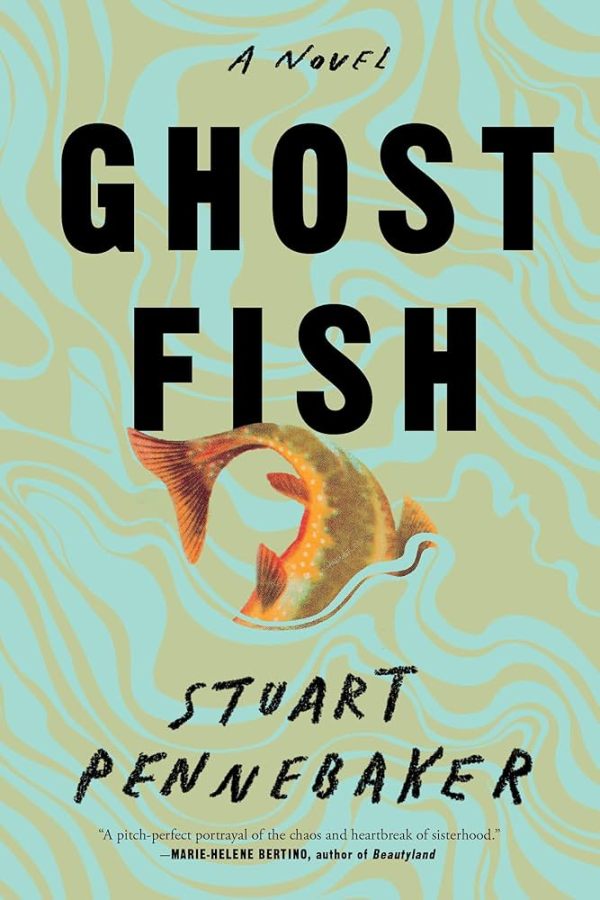
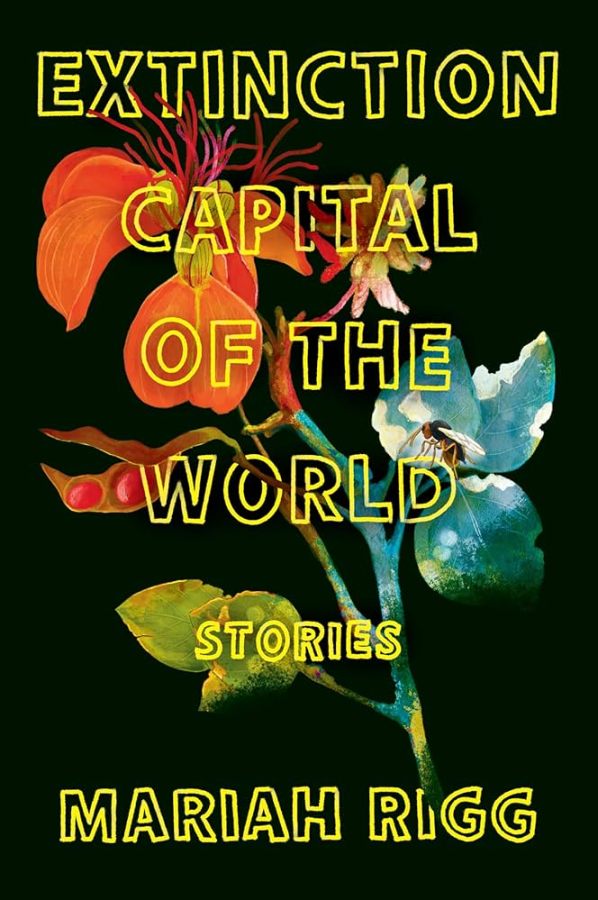
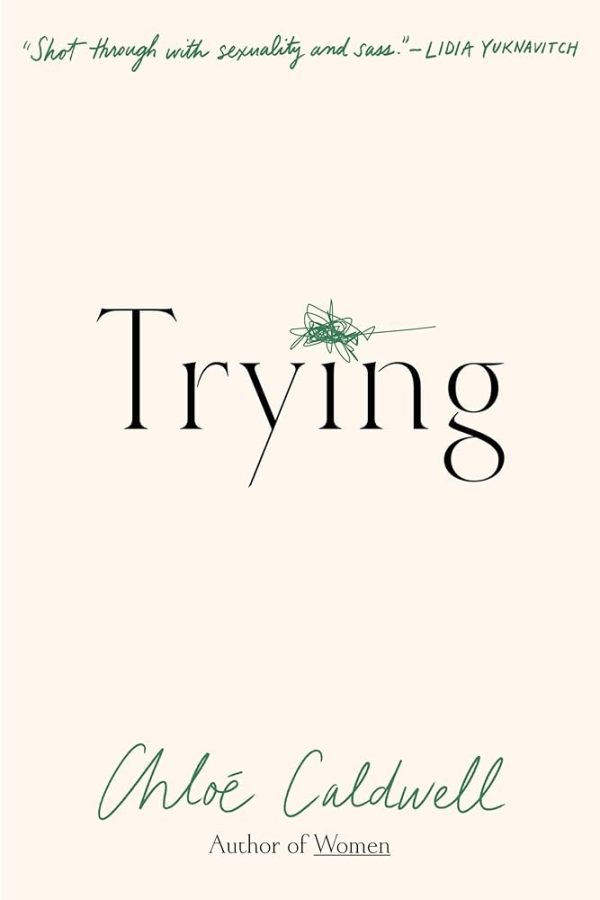
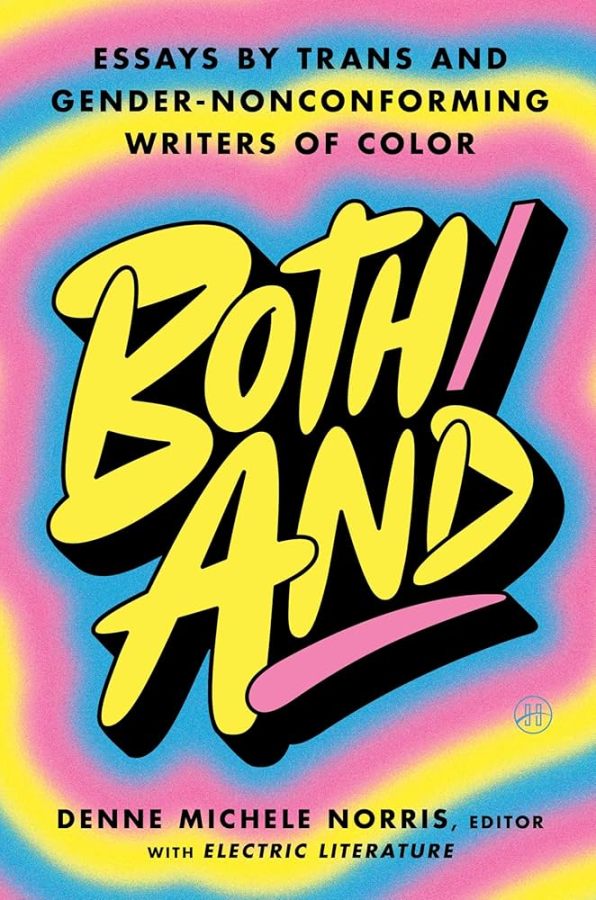
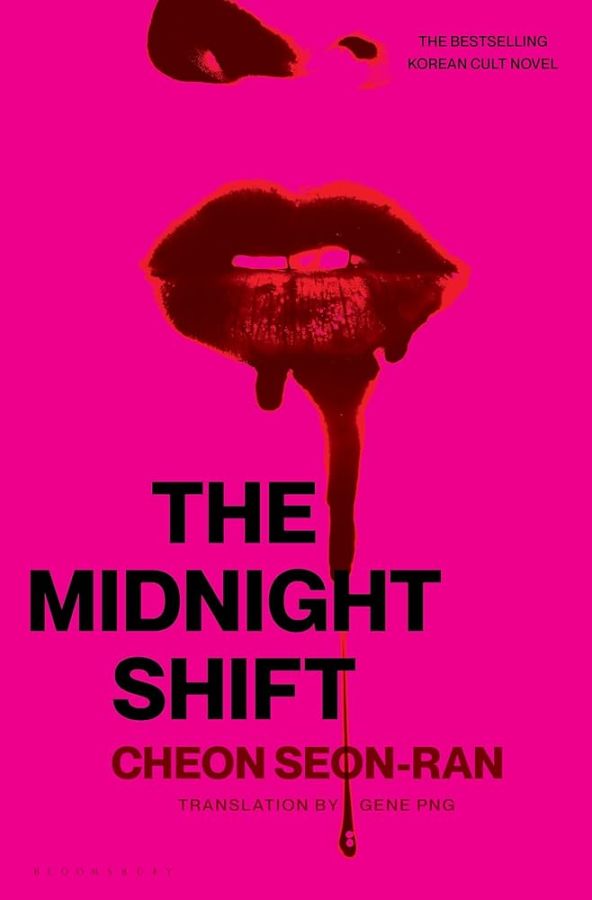
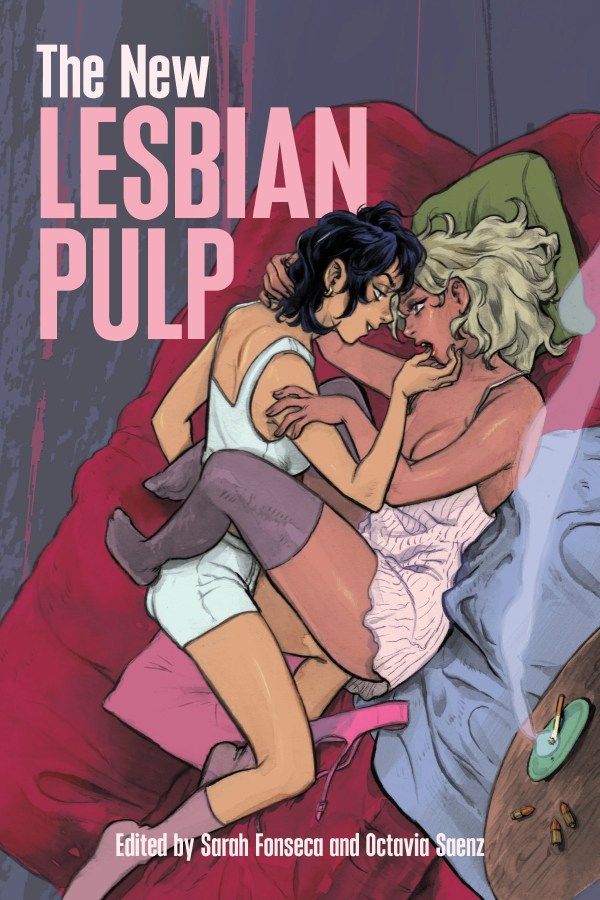
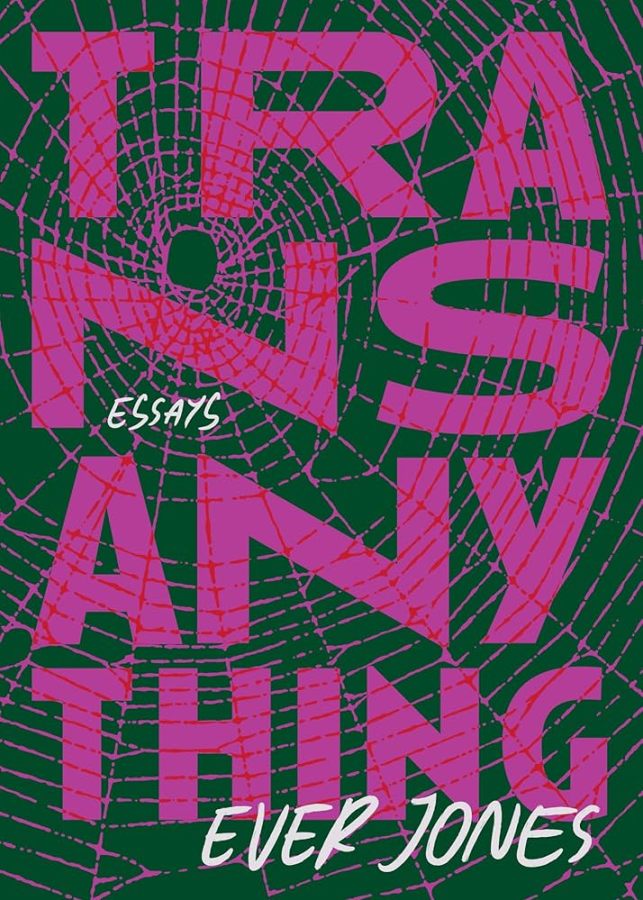
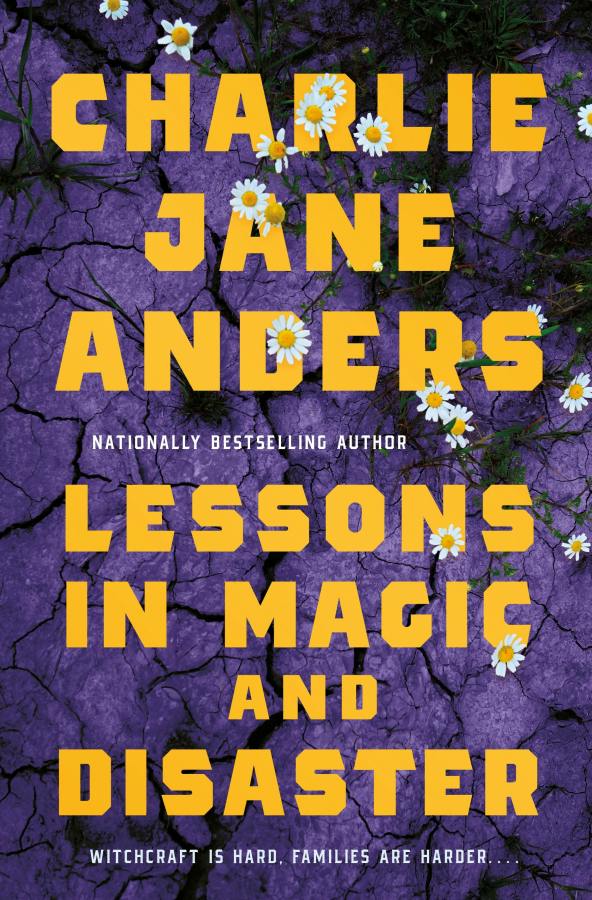
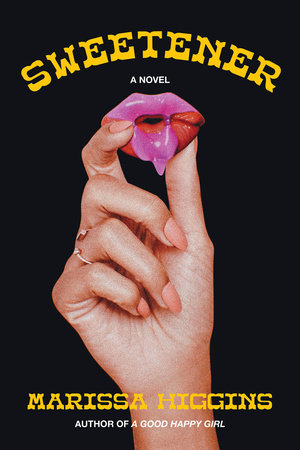
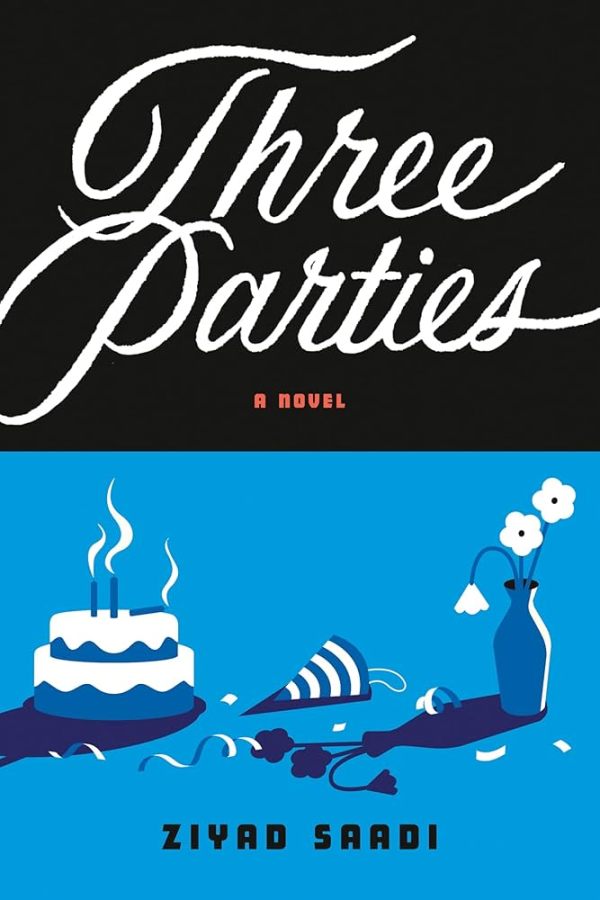
Ghost Fish, by Stuart Pennebaker (August 5, Literary Fiction)
Protagonist Alison is grieving the tragic death of her younger sister, who drowned at sea. She moves from Key West to NYC’s Lower East Side and tries to scrape by as a hostess at a restaurant. She becomes convinced her sister has returned in the form of a ghost fish. The publisher provides Sweetbitter and my beloved Our Wives Under the Sea, but I’m picking up on notes of We Were the Universe. I love sister grief novels, especially when they’re queer.
Black Flame by Gretchen Felker-Martin (August 5, Horror)
Felker-Martin is BACK with more queer horror sure to sink into your skin. When an exploitation film thought to be destroyed by Nazi fire resurfaces 50 years later, lonely and closeted archivist Ellen Kramer starts restoring it, awakening dark desires inside her. Felker-Martin’s Manhunt and Cuckoo are both incredible queer horror novels, and we can expect another one here!
Extinction Capital of the World: Stories, by Mariah Rigg (August 5, Short Stories)
Mariah Rigg’s debut collection humors and haunts in its gorgeous exploration of Hawai’i. From the deep and violent impacts of imperialism to young queer love to breakups, daddy issues, and eco-horror, like any good short fiction collection, this one will take you on a complex journey of emotions and curiosities. I’ve been looking forward to this one’s release for a long time.
Trying: A Memoir, by Chloe Caldwell (August 5, Memoir)
From the author of the beloved cult queer novella Women comes a new memoir about infertility, queer desire, and real-time self-discovery. You can read about how fertility treatments got Caldwell back in touch with her queerness in this essay we published in 2022.
Both/And: Essays by Trans and Gender-Nonconforming Writers of Color, edited by Denne Michele Norris and Electric Literature (August 12, Essay Collection)
Oh I’m so thrilled for this book! It features some names you likely know and love, including Autumn Fourkiller, Akwaeke Emezi, Raquel Willis, Tanaïs, A.L. Major, and more! The connective tissue of the anthology is right there in the title, as the novel explores all the kaleidescopic ways of moving through the world as a trans or gender nonconforming person of color.
The Midnight Shift, by Seon-Ran Cheon, translated by Gene Png (August 12, Horror)
A Korean queer horror novel about vampires?! Oh I’m so in. Su-Yeon begins investigating a series of mysterious and violent deaths at the same hospital and encounters a mysterious woman named Violette at the latest crime scene. Violette is a vampire hunter looking for her ex Lily. I saw A Certain Hunger in the comp titles, and I ride hard for that novel.
The New Lesbian Pulp, by Sarah Fonseca and Octavia Saenz (August 12, Fiction Anthology)
“Lesbian pulp” may conjure book covers of the past, but Fonseca and Saenz have revived the genre for the modern sapphic reader with this anthology collection of work from the likes of Sarah Schulman, Grace Byron, Shamim Sharif, Lorraine Hansberry, and more. It’s pulp for the modern day, and it’s edgy, sexy, and above all: GAY GAY GAY. Can’t wait to get into bed with this one!
Transanything: Essays, by Ever Jones (August 15, Essays)
An essay collection chronicling midlife transition experiments with unconventional nature writing that probes colonial violence and challenges American myth. Queerness and transness come alive in this wild and fragmented narrative that lives in the in-between.
Lessons in Magic and Disaster by Charlie Jane Anders (August 19, Fantasy)
I’ve long been a fan of the way Charlie Jane Anders approaches and talks about queer and trans speculative fiction. In this new novel, protagonist Jamie is a powerful witch who teaches her grieving mother —who lost her wife —how to use magic. Here is an intergenerational queer story about love, loss, and healing. Stay tuned for an upcoming essay by the author about some of the themes of the book!
Sweetener by Marissa Higgins (August 19, Literary Fiction)
From the author of A Good Happy Girl comes a humorous lesbian novel in which two recently separated wives who are both named Rebecca end up dating the same artist. One Rebecca is trying to foster a child and needs the other Rebecca to pretend to still be with her for parenting classes as part of the approval process. Things, naturally, get messy.
Three Parties, by Ziyad Saadi (August 26, Literary Fiction)
In a modern day reimagining of Mrs. Dalloway, a queer Palestinian refugee wakes up on his 23rd birthday determined to make moves toward actually coming out. But his careful coming out party planning is of course thrown off course by the whims and uncertainties of life. It promises to upend the Western coming-out narrative while injecting mordant humor into its sharp and emotionally rich tale.
And now enjoy the rest of our most anticipated LGBTQ books for August 2025!
August 5
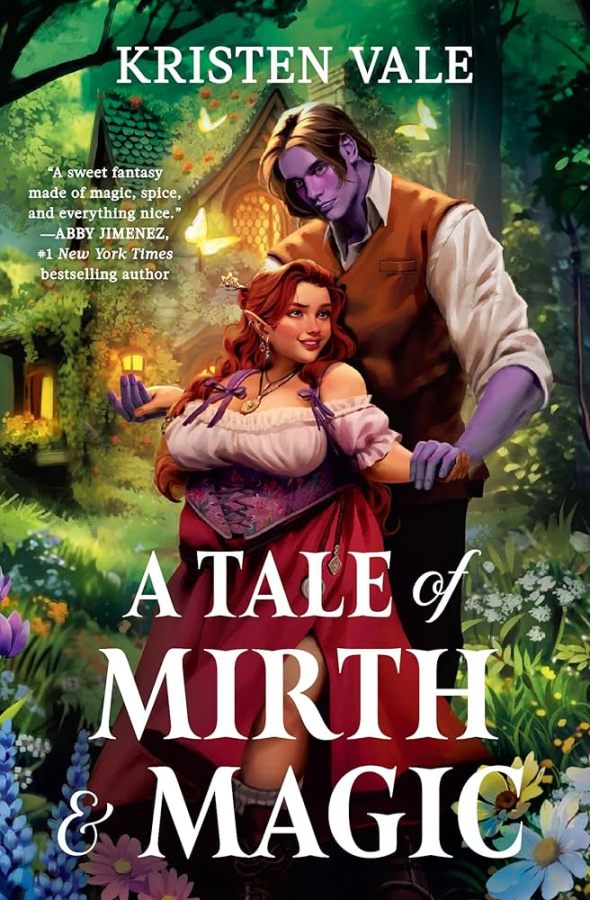
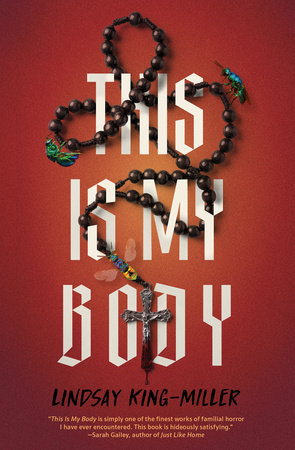
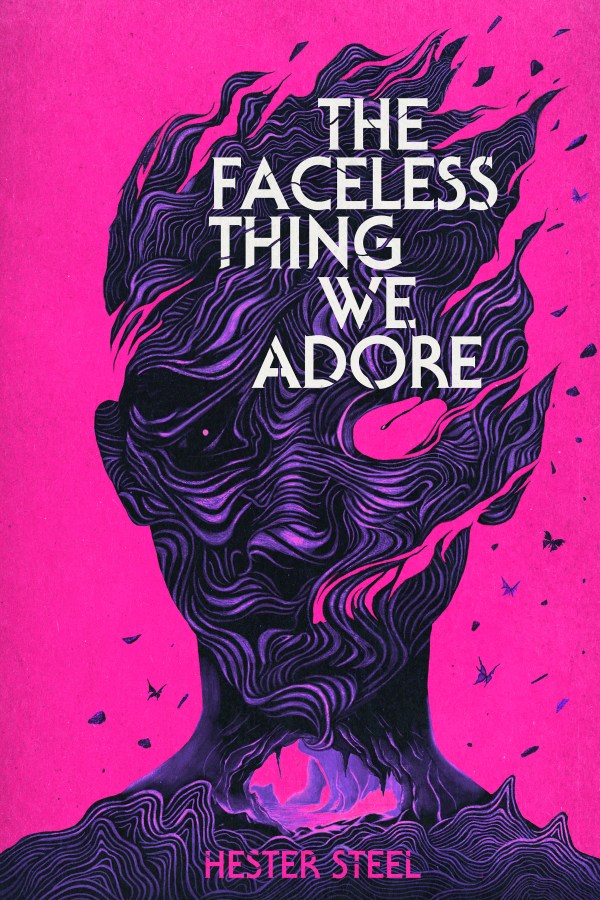
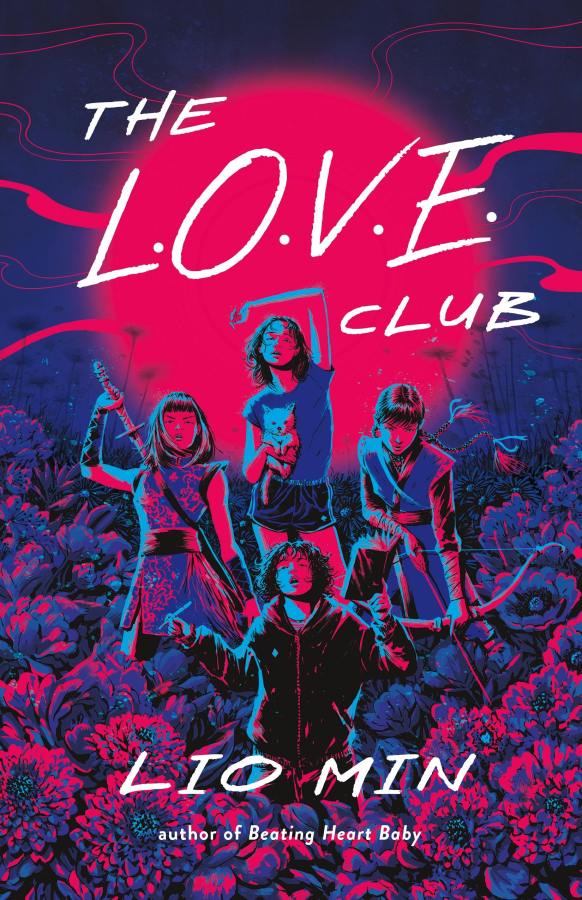
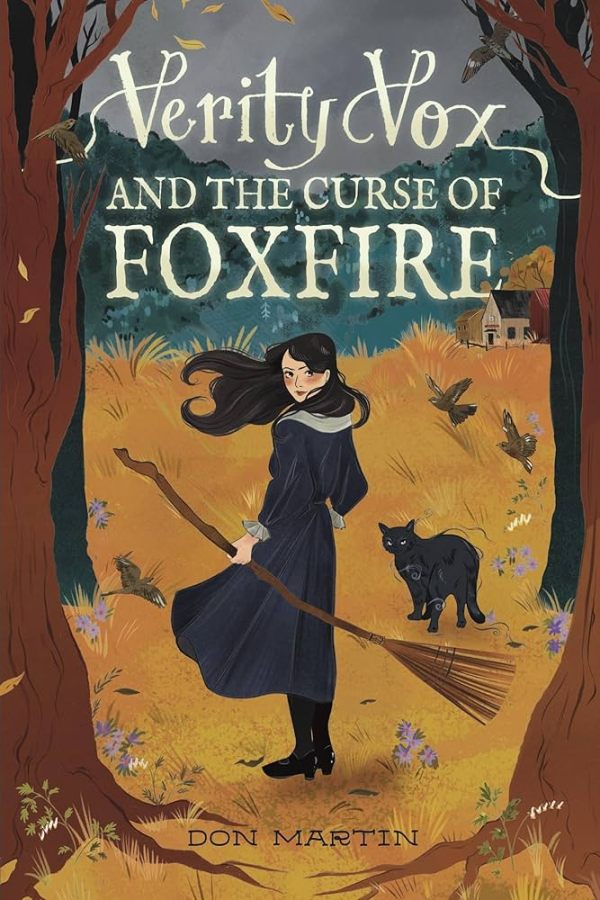
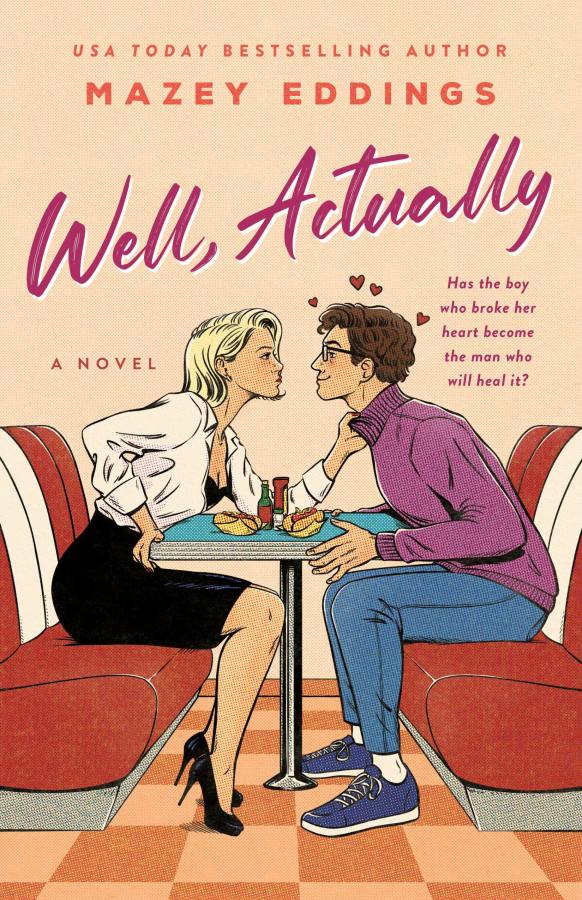
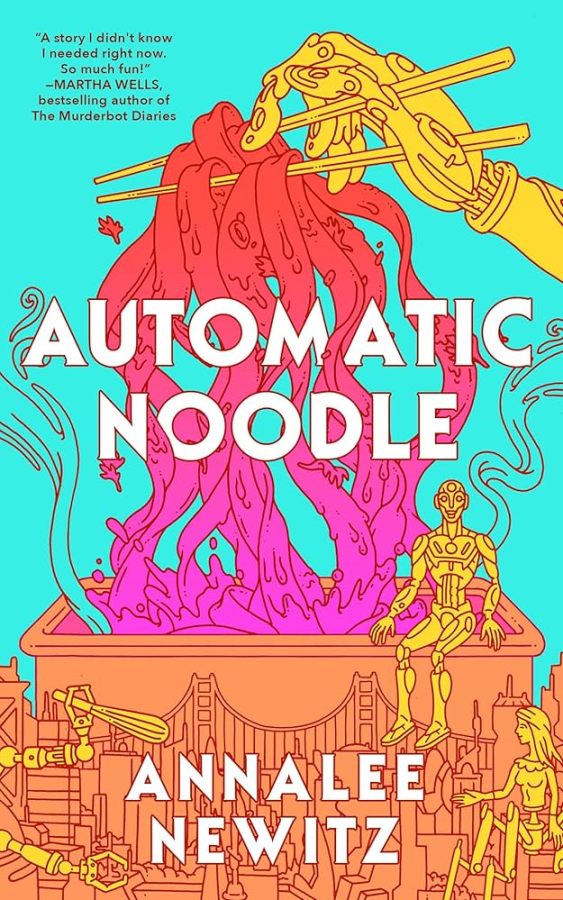
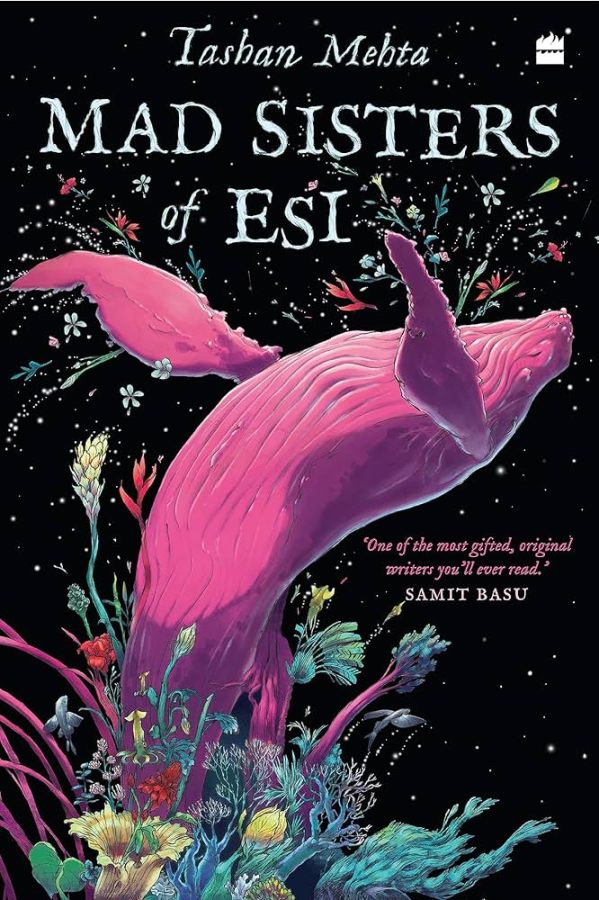
A Tale of Mirth & Magic by Kristen Vale (Romantasy)
Promising both a spicy and cozy tale, this is about a magical jeweler on the run with a purple half-giant. Both main characters are bi/pan, and it’s set in a queer normative world.
This is My Body, by Lindsay King-Miller (Horror)
Queer horror hive rise! This novel is about Brigid, a gay single mom to a young daughter who cuts ties with her Catholic family. But then her daughter starts showing signs of demonic possession, sending Brigid home to uncover long-held secrets about her uncle, Father Angus, who performed an exorcism in her childhood. Tackling religious drama and shame, this release definitely has this queer Exorcist fan’s interest piqued.
The Faceless Thing We Adore, by Hester Steel (Horror)
More horror! This one promises a Lovecraftian twist on Eat, Pray Love, seeing main character Aoife through a bad breakup and off to a hedonistic secluded community that, of course, also harbors twisted secrets.
The L.O.V.E. Club, by Lio Min (YA Fantasy)
For gay gamer girls, this YA novel follows three estranged young friends who get pulled into the depths of a video game after their friend disappears.
Verity Vox and the Curse of Foxfire, by Don Martin (YA Fantasy)
Here is a cozy magical book that follows a young witch who has to end an old curse and find a missing girl. It’s set in a speculative rendering of Appalachia.
Well, Actually, by Mazey Eddings (Romance)
At the center of this romance is a bi4bi couple with black cat/golden retriever dispositions who embark on a second-chance romance plot.
Automatic Noodle, by Annalee Newitz (Sci-Fi, Novella)
A novella set in the near future, Automatic Noodle is about a group of previously deactivated robots that are rebooted in their ghost kitchen and start making hand-pulled noodles for the war-torn people of San Francisco.
Mad Sisters of Esi, by Tashan Mehta (Sci-Fi)
Steeped in meta-fantasy, this novel tracks the lore surrounding “the mad sisters of Esi.” Their story is told over and over by many, but what is the real story? Myth, folklore, storytelling, and dreams are at the heart of this sci-fi novel’s sprawling narrative.
August 12
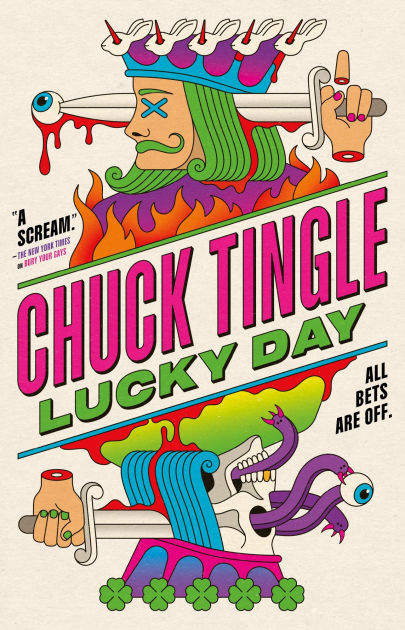
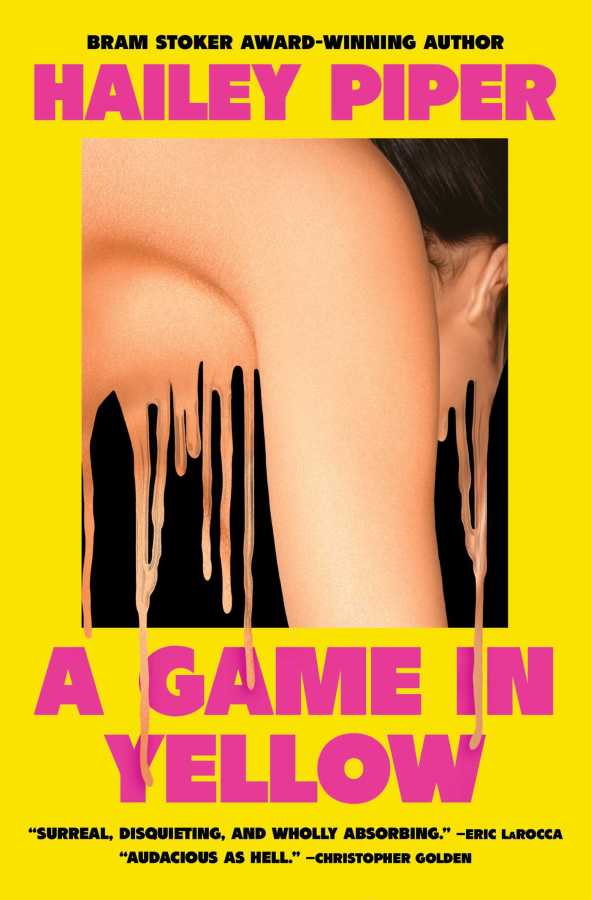
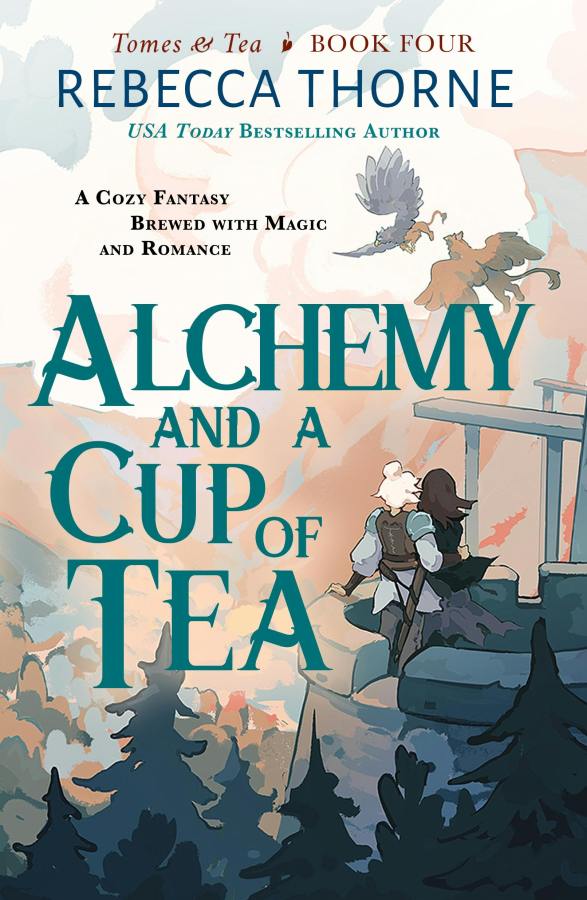
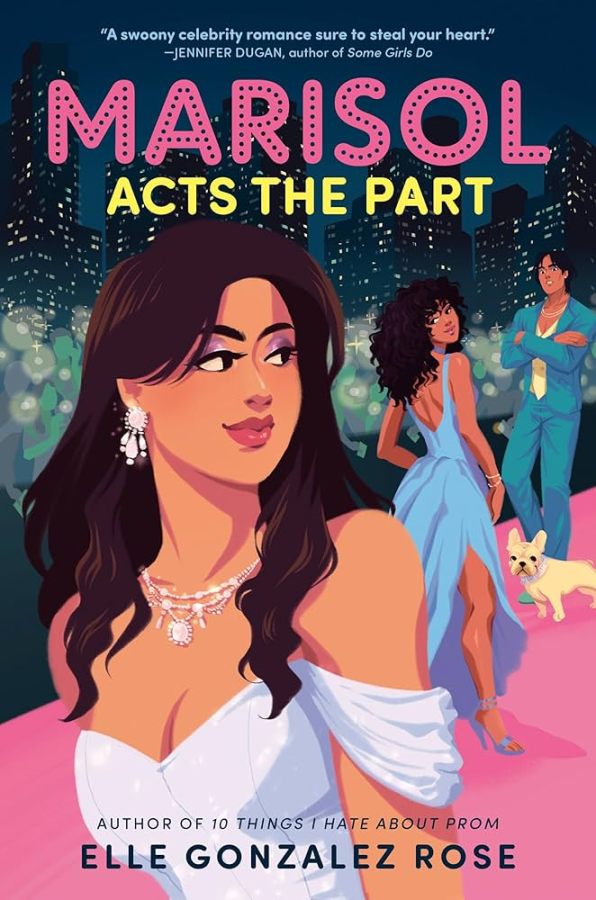
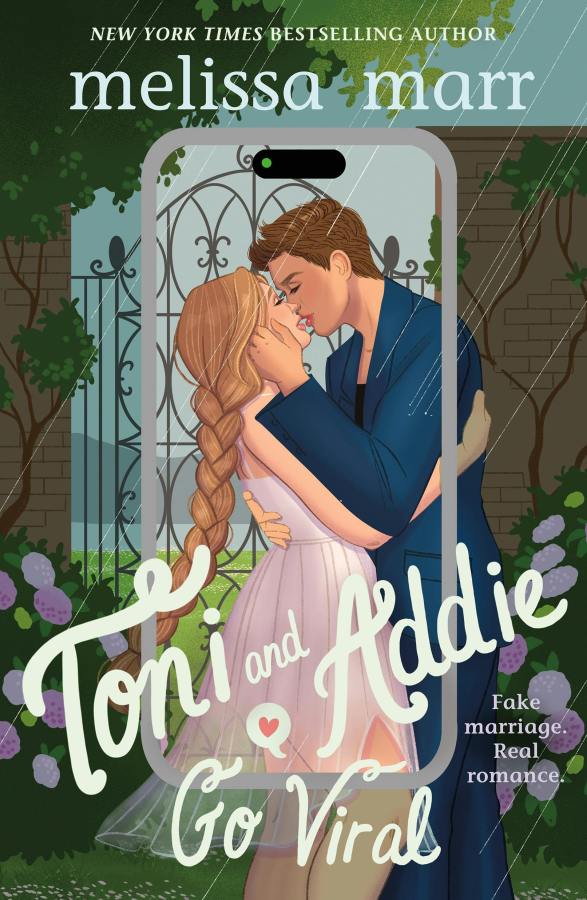
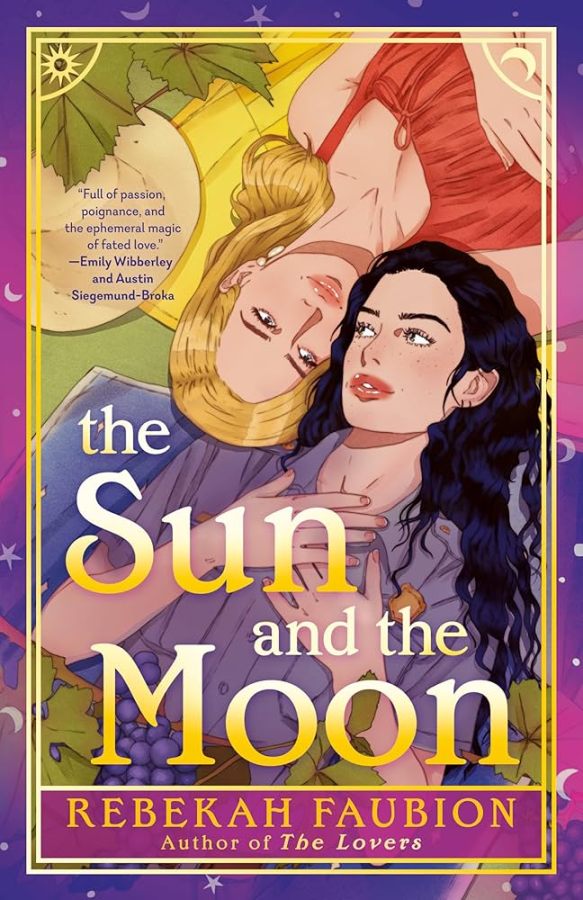
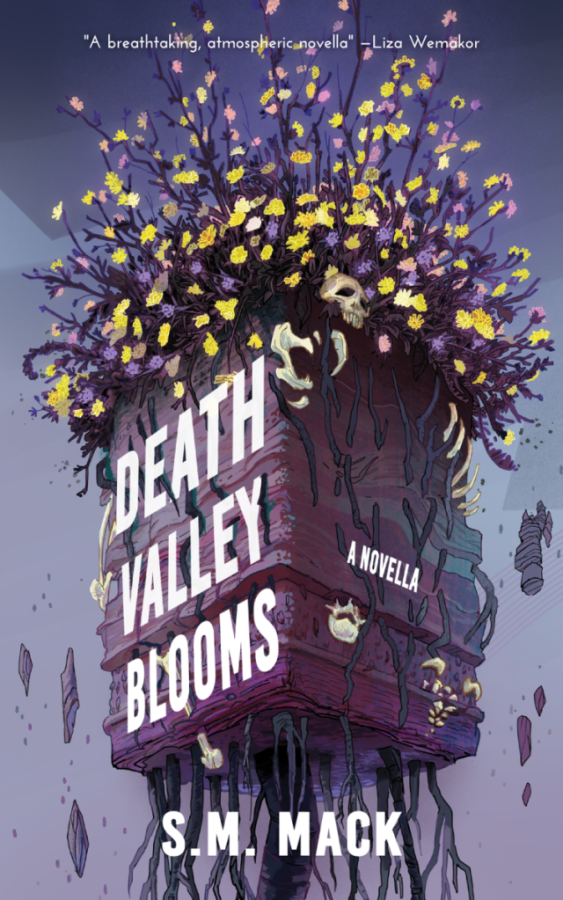
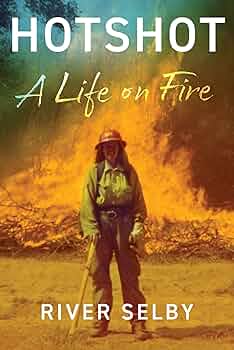
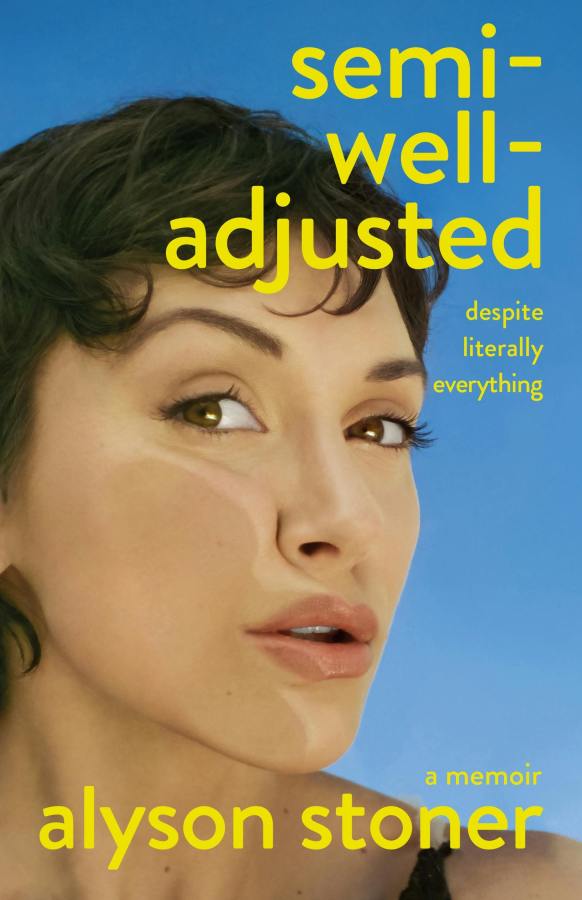
Lucky Day by Chuck Tingle (Horror)
I mean, you can expect hilarious, strange, irreverent, campy humor-horror from any Chuck Tingle release. This one takes place four years after a bizarre event during which eight million humans died under over-the-top, cartoonish circumstances. Existential horror with a high dose of bisexuality! What’s not to love?
A Game in Yellow, by Hailey Piper (Horror)
Carmen and Blanca are a kinky couple who have been in a bit of sex rut. But then Blanca comes across a strange play that can lead to madness if you read too much of it. But just a bit will inject a dose of euphoria. Carmen and Blanca embark on a sexy, dangerous game with the play. Horror and the erotic collide here, so you know I’m interested.
Alchemy and a Cup of Tea, by Rebecca Thorne (Fantasy)
This is the fourth and final book in the sweet cozy lesbian fantasy series Tomes & Tea. Expect baby dragons, magic, and bookstores!
Marisol Acts the Part, by Elle Gonzalez Rose (YA Romance)
Teen actress Marisol Polly-Rodriguez is determined to prove she isn’t in her flop era. She books a role on the same buzzy drama as her ex-boyfriend, and then things get complicated when she starts crushing on his scene partner.
Toni and Addie Go Viral by Melissa Marr (Romance)
A Victorian history professor sells an instantly popular lesbian detective novel that’s immediately optioned and developed as a series, the swiftness of which makes me want to classify the book as FANTASY since these processes are typically laborious and labyrinth, but alas, I’ll allow. Oh and the lead actress of the series is the professor’s former one night stand lol. Juicy!
The Sun and the Moon, by Rebekah Faubion (Romance)
The park ranger daughter of a psychic mom and the pilot daughter of a single dad collide when their parents start dating. They’re suspicious of their parents’ union, but along the way, they find chemistry with each other.
Death Valley Blooms, by S.M. Mack (Fantasy, Novella)
Part of the Neon Hemlock Novella Series, this ethereal tale deals with death, family, and Death Valley super blooms powered by a woman’s life.
Hotshot: A Life On Fire, by River Selby (Memoir)
After a complicated and often volatile life, River Selby became a wetland firefighter and learned a lot about the environment, fires, climate, the politics of wildfires, and more along the way. This is their blazing story about their experiences. Sounds like it could be a contender as an addition to my list of queer climate crisis books.
Semi Well-Adjusted Despite Literally Everything: A Memoir, by Alyson Stoner (Memoir)
Actor, dancer, and all around cool and talented queer star Alyson Stoner pens their story of growing up a child star and navigating religious trauma, eating disorders, and familial violence.
August 19
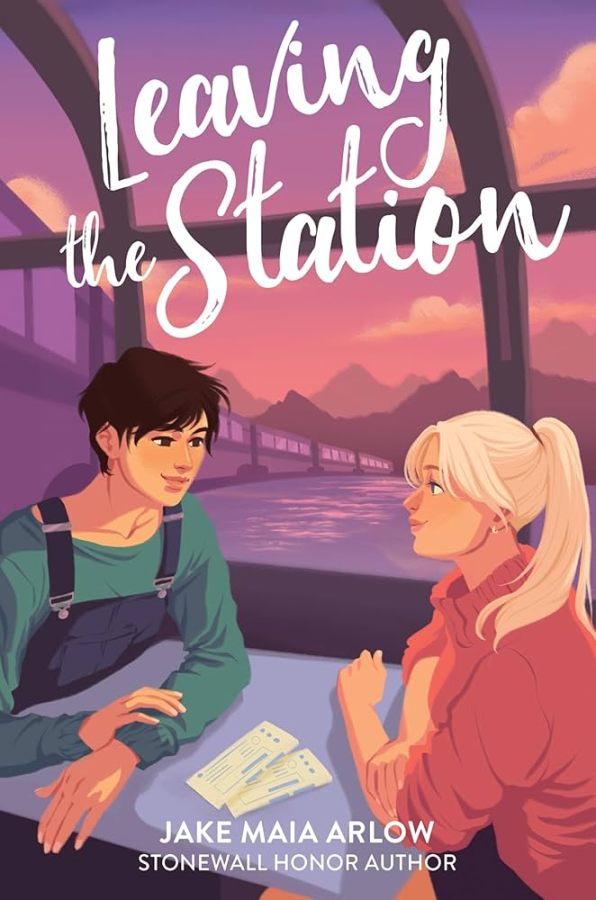
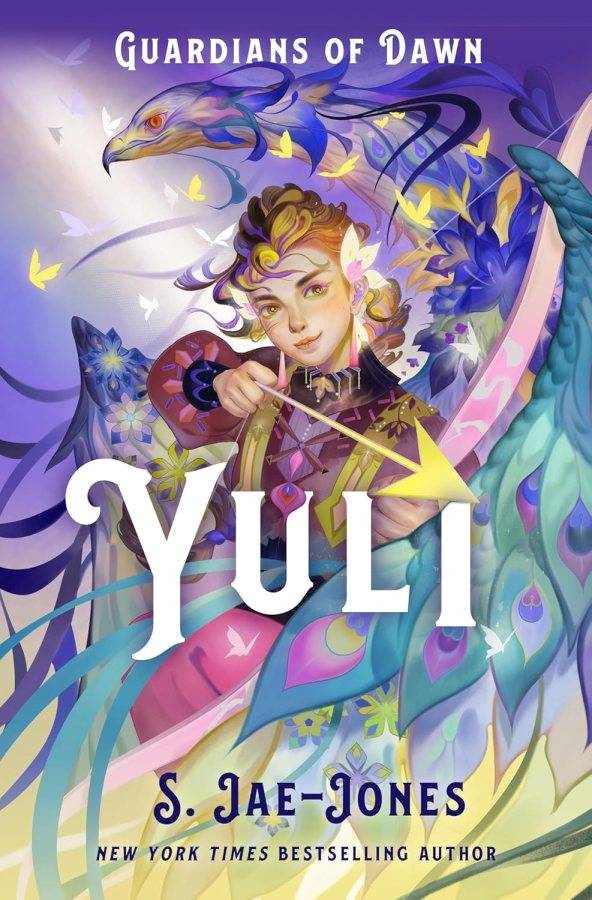
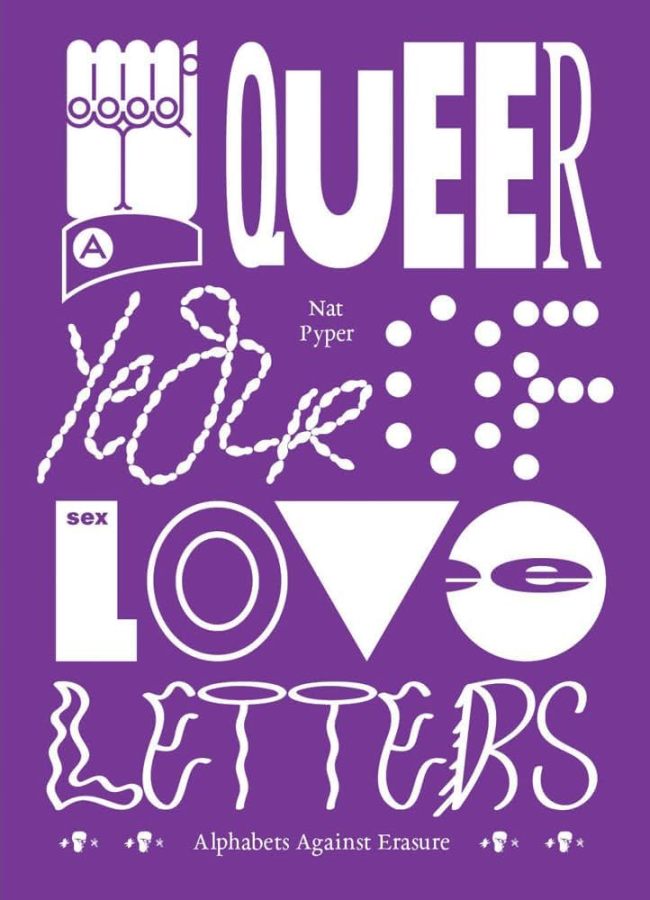
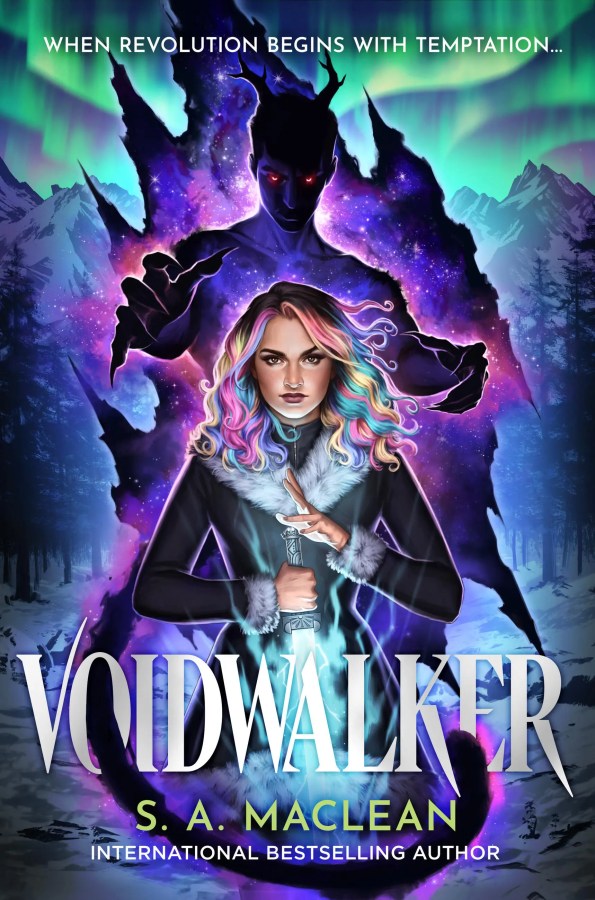
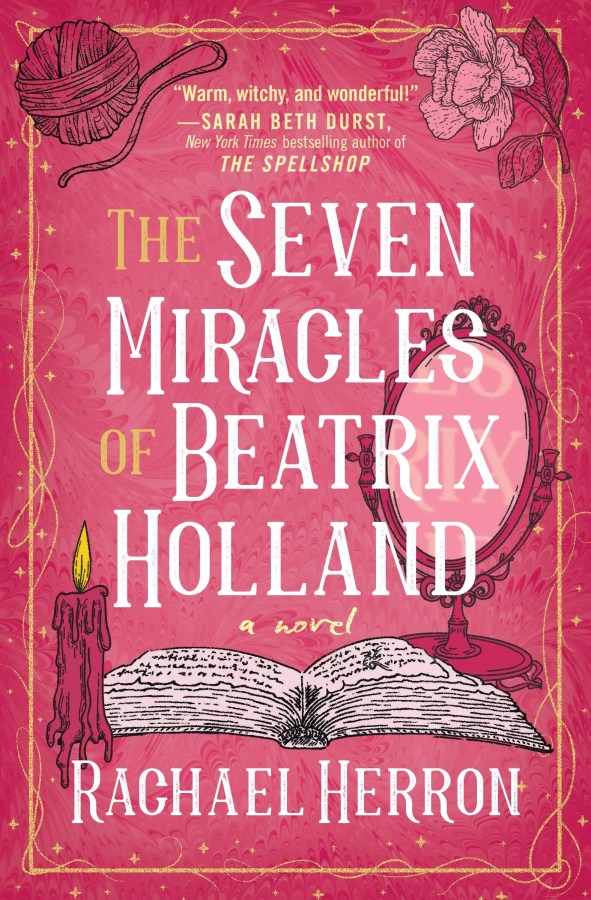
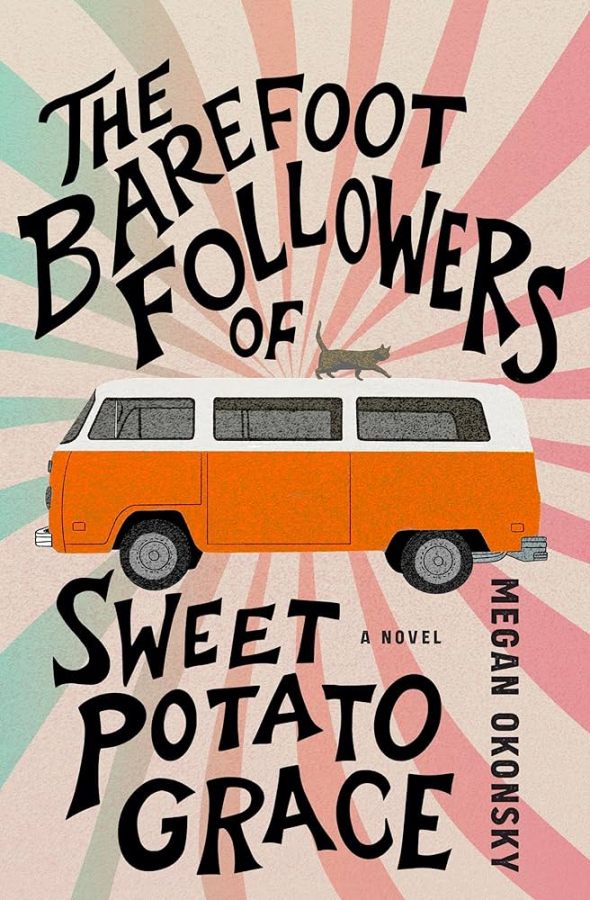
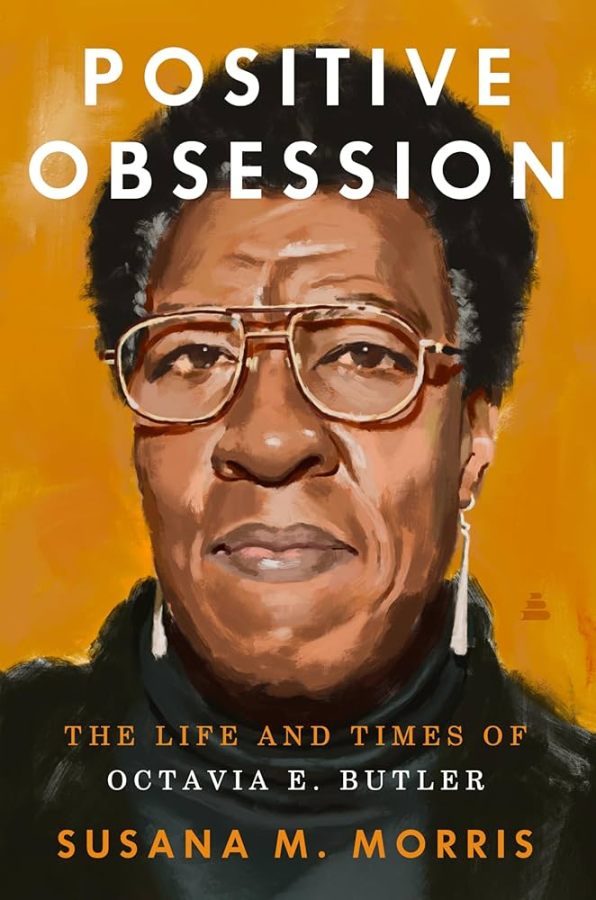
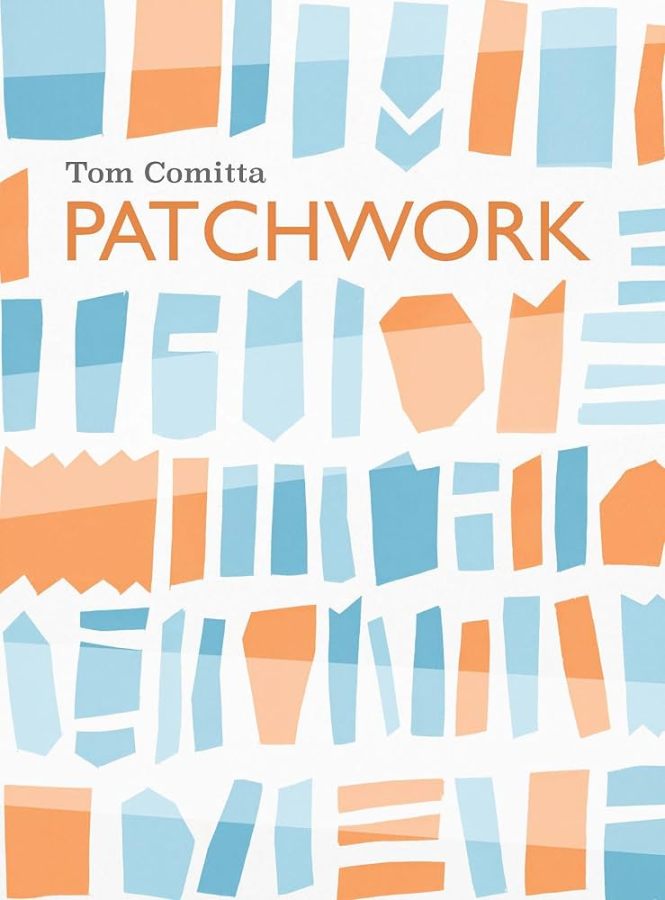
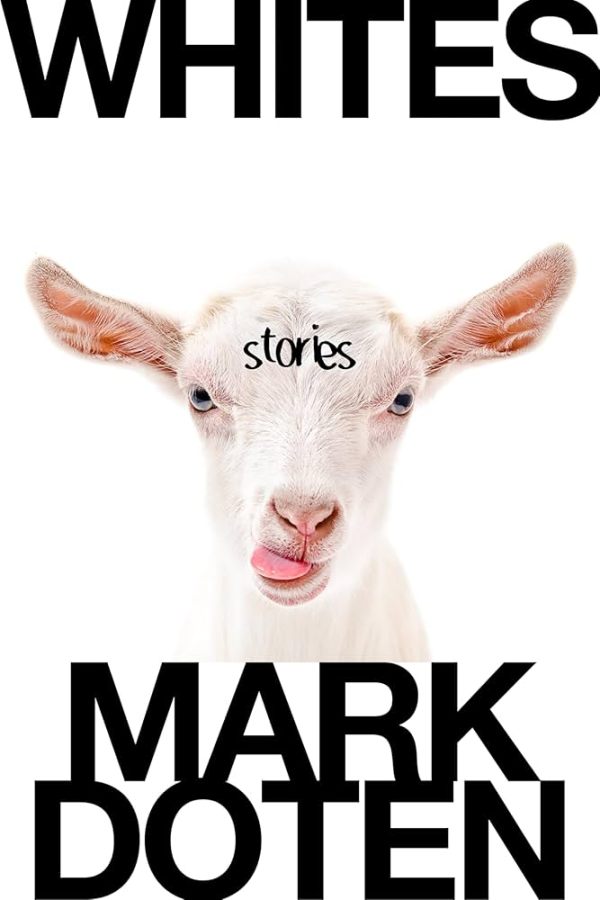
Leaving the Station by Jake Maia Arlow (YA Romance)
A cross-country TRAIN romance! Protagonist Zoe thought she’d find herself as a newly minted lesbian in college but is having trouble settling into herself and shedding her past. So she books a train ticket from NYC back home to Seattle. On the train, she meets her opposite in Oakley. But both their lives are going off the rails, so they might as well lean on each other, right?
Yuli, by S. Jae-Jones (YA Fantasy)
This is the third book in the Guardians of Dawn series and centers Princess Yulana on the precipice of civil war. She also faces her former best friend turned rival.
A Queer Year of Love Letters: Alphabets Against Erasure, edited by Nat Pyper (Nonfiction)
Queering typeface design! I’m fascinated by this project, which presents openly downloadable typeface fonts by alphabet artist Nat Pyper.
Voidwalker, by S.A. Maclean (Romantasy)
Spicy fantasy and intricate worldbuilding scaffold this romantic tale about a smuggler.
The Seven Miracles of Beatrix Holland, by Rachael Herron (Fantasy)
Beatrice doesn’t believe in magic or miracles, even though a psychic told her she’d experience seven of them. Then, well, sure enough, miracles start happening —including Beatrice suddenly reuniting with her mother and twin sister who supposedly died when she was young. Weird!
The Barefoot Followers of Sweet Potato Grace, by Megan Okonsky (Sci-Fi)
Pink Elizabeth Swear’s eulogy for her rescue cat Sweet Potato Grace is interrupted by the arrival of a bunch of barefoot followers who look straight out of the 1970s. Who are they? Pinky, who had just been about to come out when they arrived, can’t be sure! But she sure is going to find out.
Positive Obsession: The Life and Times Of Octavia E. Butler, by Susana M Morris (Nonfiction)
Susana M. Morris tracks the life and work of Octavia Butler and how her story fits into and informs various sociopolitical contexts, including women’s liberation, Black Power, queer rights, etc. History heads, get into this one!
Patchwork, by Tom Comitta (Literary Fiction, Novella)
For fans of strange and hard to categorize fiction, this new novella out of Coffee House Press combines love story, throwback thriller, and absurdist humor for, well, a patchwork approach to fiction and narrative.
Whites, by Mark Doten (Short Stories)
This political and sharply satirical short fiction features characters like a nonbinary sneaker podcaster turned Jan 6 insurrectionist, an anti-vax nursing home employee, a gay White supremacist, and a demonically possessed cookie manufacturer.
August 26
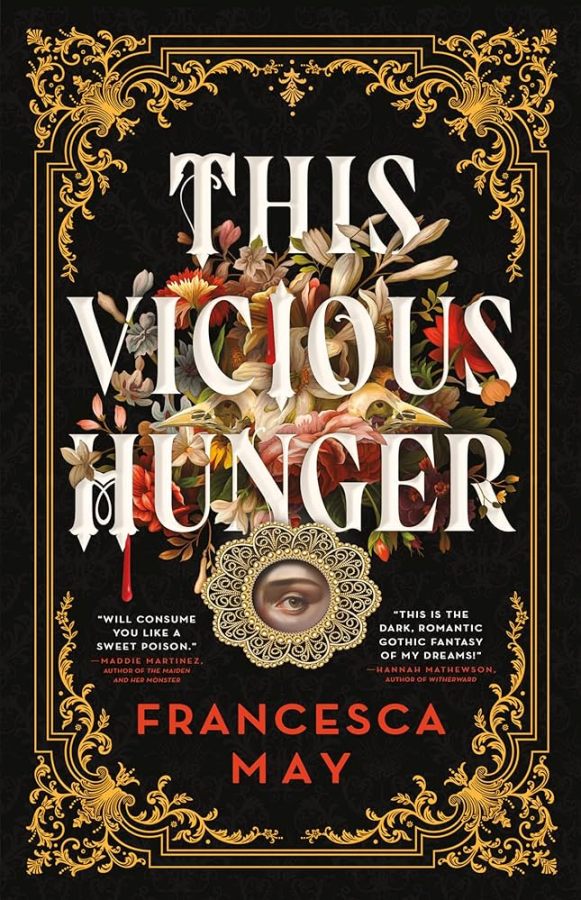
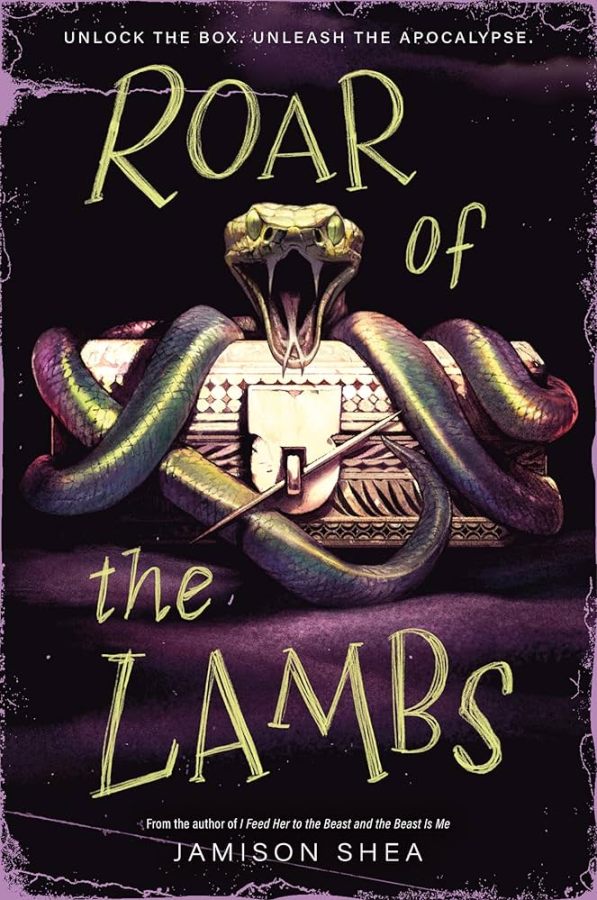
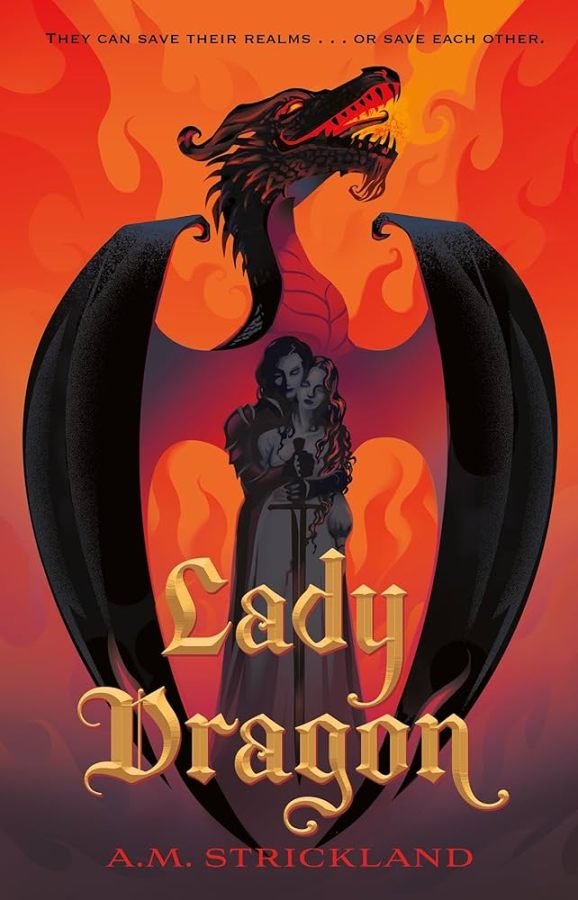
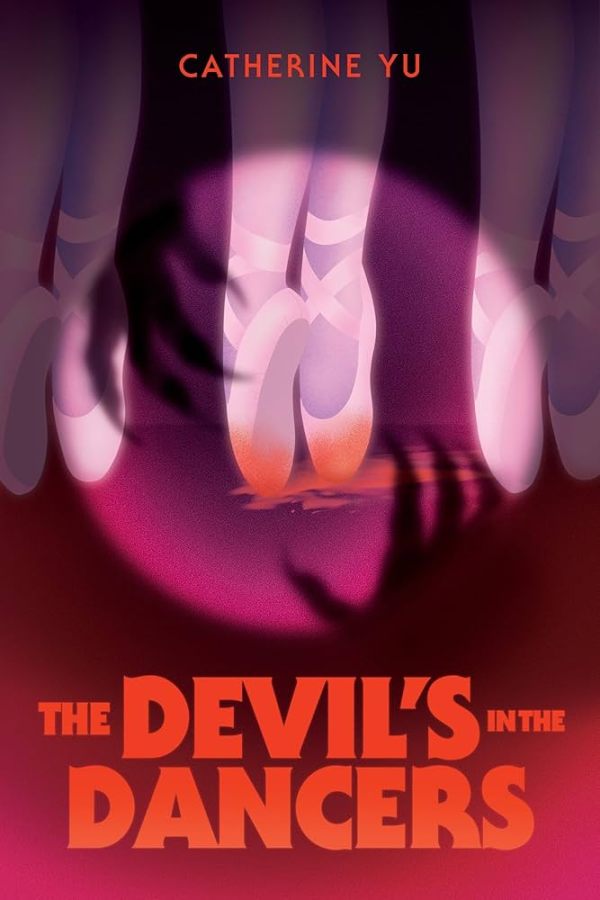


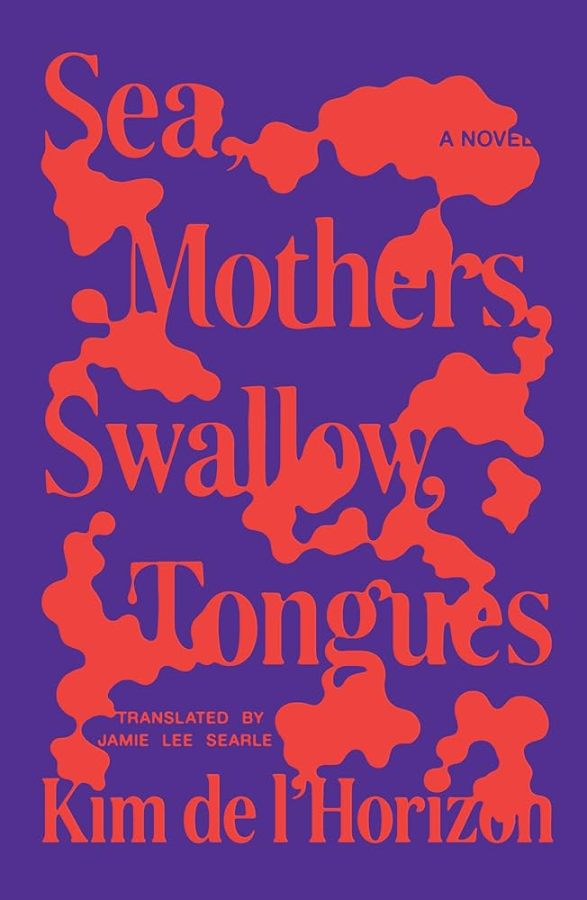
This Vicious Hunger by Francesca May (Fantasy)
Dark academia vibes abound in this gothic fantasy about a woman grappling with the sudden death of her husband when she gets a chance to study botany under an esteemed professor. There, she meets a mysterious young woman, and obsession blooms.
Roar of the Lambs, by Jamison Shea (YA Fantasy)
A 16-year-old psychic who works in an oddities shop making lucrative money off her customers is at the heart of this YA fantasy mystery.
Lady Dragon, by A.M. Strickland (YA Fantasy)
The last war between humans and dragons left their respective leaders dead, and ever since, both queendoms have been operating under a truce. Expect succession drama, battles featuring DRAGONS, and a slow-burn romance.
The Devil’s in the Dancers, by Catherine Yu (YA)
Queer dance thriller alert! Mars Chang gets a scholarship to an elite dance summer intensive and is assigned to room with Alex Bechler, the best dancer at the academy who also, Mars notes, is quite attractive. Bechler’s great aunt runs the program and entices Mars to swap out Alex’s supplements for a secret and experimental new pill that could have dangerous side effects.
The Secret Crush Book Club, by Karmen Lee (Romance)
If this new release is anything like Karmen Lee’s previous 7-10 Split, then you can guarantee the sapphic sex scenes will be HOT. It’s about Dani, a single mom, and Zoey, the new to town librarian. They both end up in the same book club, and sparks fly.
Empty Heaven, by Freddie Kölsch (YA Horror)
Queer monster horror! Darian Sabine Arden is haunted by a monster who turns out to not just be the stuff of superstition. Tucked in this monster tale is also a story of young queer love.
Sea. Mother, Swallow, Tongue, by Kim de l’Horizon, translated by Jamie Lee Searle (Literary Fiction)
As their grandmother falls into dementia, the narrator of this novel tries to ask questions in order to fill in long-held silences and gaps in their childhood memories and their generational trauma. Here is an expansive and imaginative approach to family narrative.
2 Comments
-
Where is House of Monstrous Women?! (August 12)
“A young woman is drawn into a dangerous game after being invited to the mazelike home of her childhood friend, a rumored witch, in this gothic horror set in 1986 Philippines.
In this game, there’s one rule: survive.”
Help I Can’t Stop Watching Clips of Cynthia Erivo as Black Lesbian Jesus
feature image via Playbill on YouTube
This weekend, Cynthia Erivo starred as Black lesbian Jesus in the Hollywood Bowl performance of Jesus Christ Superstar alongside Adam Lambert, Phillipa Soo, and more. It was a gay-ass rock opera adventure, and I personally can’t stop watching clips of it. I was curious about what they would do, if Cynthia would be in drag, or if they would change the lyrics…but they did neither! Cynthia Erivo was in a dress for most of the show, and none of the lyrics were changed, including when Phillipa Soo serenaded and embraced Cynthia Erivo as Mary Magdalene during “I Don’t Know How to Love Him.”
I do hope they release more official videos soon, but for now I am living for the TikTok clips of Cynthia and Phillipa having INCREDIBLE chemistry, especially during “What’s the Buzz.” This is my new religion.
Despite the considerable size difference between Adam Lambert and Cynthia Erivo (she really is so wee, and his platform boots didn’t help), their voices were matched in power and passion as they led us through the musical. Despite the casting being “gender blind”, I do believe this casting was still very specific, especially in light of recent events (including but definitely not limited to the Kennedy Center’s recent homophobic mandates), and there’s something really special about seeing two loud and proud queer people taking these specific roles right now. As Playbill pointed out, with this particular duo, “Some lyrics hit differently, like when the Roman leaders repeatedly called Jesus ‘dangerous’ and Judas urged Jesus to be more cautious: ‘They only need a small excuse to put us all away.'” And any conservative who takes issue with it never really paid attention to the original musical in the first place, which has always been anachronistic and critical of the way people interpret what they themselves purport to be Jesus’s message.
The performance also included theater legend Raúl Esparza as Pontius Pilate, with John Stamos and Josh Gad splitting the role of King Herod.
Check out Cynthia Erivo singing as Jesus here:
And Phillipa Soo singing about being in love with her here:
What’s the Buzz, Tell Me What’s A-Happening
+ The Hunting Wives could have had a buried gay, based on its source material, but showrunner Rebecca Cutter wasn’t having it (also it could have a season 2!)
+ On the opposite end of the spectrum, despite being a show about people being unable to die, SYFY’s Revival still managed to bury a gay
+ Doechii performed at Lollapalooza and announced she’s going on tour this October
+ Don’t let the haters tell you otherwise: I Know What You Did Last Summer (2025) was a damn BLAST to watch if you’re a fan of the original movies, and also there are queer characters this time around, including a character whose casting call must have said “Reneé Rapp energy” and you will never convince me otherwise)
+ The Buccaneers is soaring to the top of the streaming charts
+ Jinkx Monsoon came out to Ziwe (and all of us) as pansexual
+ ICYMI, Reneé Rapp AND Chappell Roan released new music last week
+ And of course, with new Reneé Rapp music comes more Reneé Rapp chaotic press coverage
+ But don’t expect a full album from Chappell Roan anytime soon
+ Trans sitcom The Switch, starring Nyla Rose, will be available for free soon, giving the short-lived show new life
7 Comments
-
Heads up the last link is broken and I don’t think you finished the blurb.
I googled The Switch Nyla Rose and had no idea she had been in a show! I love her in All Elite Wrestling, and for a second I thought the show explained her absence, but it’s from 2016. The women’s division has been on fire lately but I’m missing my OG ladies, like Nyla, Hikari Shida, and Britt Baker.
If you want an article idea, the difference politically in WWE vs AEW right now is stark. One is basically part of the Trump administration and one has wrestlers wearing an “Abolish ICE” shirt. (Brody King earning his name!)
-
Please continue sharing everything you find on that JC Superstar performance. So hot! So good!
-
And thank you for your service.
-
Black Lesbian Jesus is giving me so much hope, as is very tall queer Judas. Definitely one of the people praying for a pro shot.
-
Ugh Cynthia gets hotter and hotter each year. Her sex appeal oozes off of her when she performs!
78 Years Of Lesbian Magazines Keeping Our Queer Legacy Alive
The desire to connect with other people like us has been the driving force of queer media since the very first lesbian magazine of all time — Lisa Ben’s short-lived Vice Versa — hit the streets in the late ’40s. Vice Versa was distributed for free, by hand, from one lesbian to another. Subsequent publications had a similarly DIY ethos and distribution strategy, created covertly and cheaply by the women who could do so, in service of those who could not.
But funding these publications and creating a productive organizational strategy has always been difficult, and the vast majority of lesbian magazines shuttered within a few years of launching. Still — the sheer abundance of these periodicals, even those that only burned brightly for a short period of time, has left our community with a rich and extensively documented history. There’s also some thematic evolution going on, which exceptions but still significant. Queer publications that rose alongside feminist ones in the ’60s and ’70s were distinctly political, sharing theories on lesbian feminism, separatism and radical politics. By the late ’70s, groups who felt overlooked by the white lesbians spearheading other pubs were launching independent publications, building crucial connections on their own terms. In the ’80s, while LGBTQ+ Civil Rights activism and HIV/AIDS epidemic dominated the conversation, we also started seeing magazines with specialized focuses, like women’s music or lesbian sex. In the late 90s and 2000s, as new glossy color lifestyle magazines were launching every week in the mainstream, queers began debuting their own, hoping to stand toe-to-toe with their hetero-friendly counterparts. Then we plowed forward into the 2010s, at which time the internet was doing its quick work of connecting far-flung queers through digital spaces, and many queer pubs dialed back their print operations to go digital, or simply shut down. The internet changed everything, for all of us.
This moment feels like one in which that all might change. The dream of financially sustainable queer digital media feels increasingly out of reach in the current political climate. Anecdotally, around 75%-95% of marketing and ad spend once granted queer media has vanished. AI has cannibalized search traffic, and compromised social media platforms aren’t the referral engines they once were. Young people are getting their news from TikTok and reddit rather than legacy media. Meanwhile, so much of our entire lives have moved online, with more people working remote than ever, conducting virtual meetings all day long. There’s been a gradual push to transition more of our leisure time away from screens, and in this spirit, print is making its gradual return.
We’ve found ourselves casting an eye in the direction of print, debuting our first print issue last month, produced under the editorial eye of Kayla Kumari Upadhyaya. It’s cool to become part of our community’s rich history of community-centered print magazines.
This list is by no means comprehensive. There are hundreds more, undoubtedly, but I was looking to provide an overview of what was out there while hitting most of the major ones. It’s also specific to United States publications — but I included a few of UK and Canadian pubs in the more recent history, as they are also distributed stateside.
Much credit here is owed to Unspeakable: The Rise of the Gay and Lesbian Press in America, which was my primary source for most of this information, along with copies of the publications themselves.
Vice Versa (June 1947- February 1948)
archived by queer music heritage
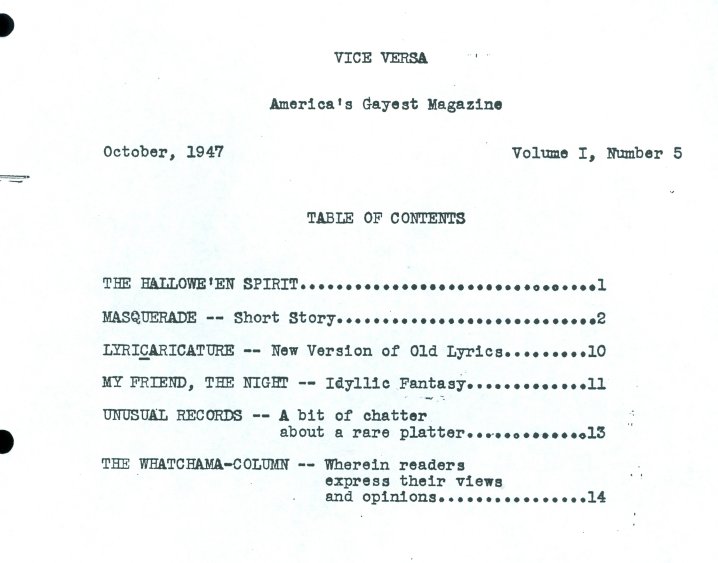
Launched in 1947 in Los Angeles, the magazine was headed up by a secretary who went by the name “Lisa Ben” and produced the magazine at the office she worked in. Ben hand-typed the magazine using a manual typewriter and created multiple copies by writing on carbon paper. Ben didn’t want to sell Vice Versa, she just handed it out to her friends with instructions: “When you’re through with it, please pass it on to another lesbian.” The mag, which mostly discussed books and music, was suspended after nine issues when Ben moved on to a different job that didn’t give her the same access to office supplies — but she never stopped writing, as discussed in Lisa Ben: Lesbian Media Pioneer, Cat Lady, and Hometown Buffet Superfan.
The Ladder (1956 – 1972)
Lesbian activist group The Daughters of Bilitis, founded by Phyllis Lyon and Del Martin, debuted The Ladder in October of 1956. The first issue included reassurances from an attorney that lesbians had nothing to fear in joining DOB or subscribing to the magazine — at that time it was still very dangerous to be “out.” It began as a 12-page newsletter of book reviews, news, poetry, short stories and DOB meeting notes distributed to 175 friends and medical professionals and eventually established nationwide distribution. A $100,000 grant floated the group for a while, but published its last issue in August/September 1972. Then-editor Barbara Grier would later note that “no woman ever made a dime for her work, and some … worked themselves into a state of mental and physical decline on behalf of the magazine.”
Focus: A Journal for Lesbians (1970 – 1983)
archived by the boston LGBTQ+ history project
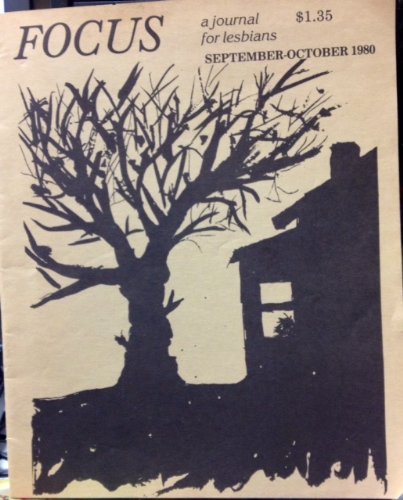
Beginning as The Maiden Voyage, the official publication of the Boston chapter of Daughters of Bilitis shifted its focus from LGBT rights to more literary material in 1977, run by five volunteers with “no office, no equipment, no files… no capital, no paid or professional help… and precious little experience.” After 13 years in business, Focus made one final plea for financial support before closing up shop, citing fatigue and “coming to grips with their financial situation.”
Ain’t I A Woman (1970 – 1974)
archived by reveal digital / independent voices
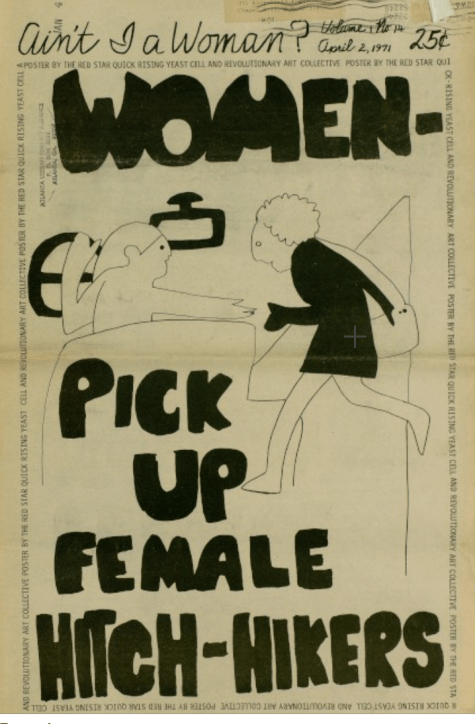
Ain’t I A Woman was headquartered in Iowa City and published bi-monthly, focusing on separatist politics, misandry, and poetry.
The Lesbian Tide (1971 – 1980)
archived by houston lgbt history

Explicitly lesbian feminist magazine The Lesbian Tide is a stand-out publication for many reasons. Birthed from the Los Angeles DOB chapter, the publication’s young radicals split from elder DOB activists in 1972 and made The Lesbian Tide entirely their own, with journalist Jeanne Córdova as editor. Her aim was to serve women how The Advocate was serving gay men. Starting with about 100 readers, by 1977 the magazine had a circulation of 3,000 and was sold in eighty bookstores. The Lesbian Tide covered a myriad of issues and topics: politics, education, butch/femme roles, motorcycle racing, lesbian music, the Goddess movement, non-monogamy and dyke separatism. They ran ads, hosted events, formed a softball team, and the staff of The Tide were key organizers of the 1973 National Lesbian Conference in Los Angeles. They forewent the “collective” structure in favor of a more traditional one, which enabled them to be “financially solvent, though by no means wealthy.” Córdova packed it up in 1980, but can proudly say she spearheaded “the first financially viable news outlet in the history of Lesbian America” before deciding she was ready for new projects, and leaving an enduring legacy behind.
Lavender Woman (1971-1976)
archived by reveal digital / independent voices
Lavender Woman is another winner of the Most Misandry award for treating the word “man” and “prick” as synonymous and telling its readers, “the male child of a lesbian feminist will become a man with the same male privilege as a boy raised to be sexist. Therefore, lesbians should give up their male children.”
Amazon: A Midwest Journal for Women (1971-1984)
archived at wisconsin lgbt history

Published in Milwaukee, Amazon included news, interviews, photos, community events, history and lots of softball-related material.
The Furies (1972-1973)
archived by duke university repository
The Furies began as a collective, initiated by twelve women in D.C. — including Charlotte Bunch, Rita Mae Brown and Joan Biren — during the spring of 1971. They began distributing The Furies: Lesbian/Feminist Monthly in 1972, throwing their hats in the ring for the cause of “challenging existing patterns of living and behavior” and “providing an articulate ideology and challenging analysis of sexism, patriarchy, and the challenges facing lesbian feminists across the country.”
In addition to herstory, political writing, social critique and anti-capitalist manifestos, The Furies published poetry by women like Pat Parker and Judy Grahn, photography by the aforementioned JEB and once even ran a piece by Gertrude Stein.
Amazon Quarterly (1972 – 1975)
archived by lesbian poetry archive
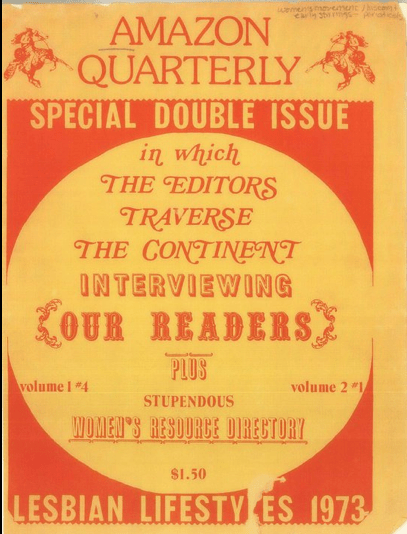
Of the 50 lesbian publications that existed in 1975, Amazon Quarterly — started by fans of The Ladder — had the widest circulation at 9,000, which enabled editors to pay their writers, but not themselves. With an intent to be “less political” than The Ladder, Amazon Quarterly published 72 pages of writing aiming to “explore… what might be a female sensibility in their arts” and give a space for “lesbians to explore whatever else is on their minds.”
Better Homes and Dykes (1972-1982)
archived by university of iowa
Produced by the Iowa City lesbian alliance, Better Homes & Dykes published editorials, community information and satirical essays. “No longer content with being in the Shadows of the Feminist Movement, much less shadows to each other,” they wrote in their first issue, “Better Homes and Dykes is for all lesbians here in Iowa City and elsewhere.”
Amazingly enough, two Minneapolis/St.Paul dykes launched a new magazine called Better Homes & Dykes in 2023, a quarterly, print-only publication containing quizzes, games, reviews, handy-butch wisdom, sports content, reader photo submissions and more.
So’s Your Old Lady (1973-1979)

Published in Minneapolis, SYOL published photoessays of lesbian volleyball players as well as a diverse range of fiction and poetry. The staff also hosted writing workshops for local lesbians.
The Lesbian Feminist (1973-1979)
The Lesbian Feminist was based in New York City and had a decidedly political bent; they were picked to publish the Lesbian Feminist Liberation’s list of demands for the Museum of Natural History’s female invisibility problem.
The Lesbian Connection (1974 – Present)
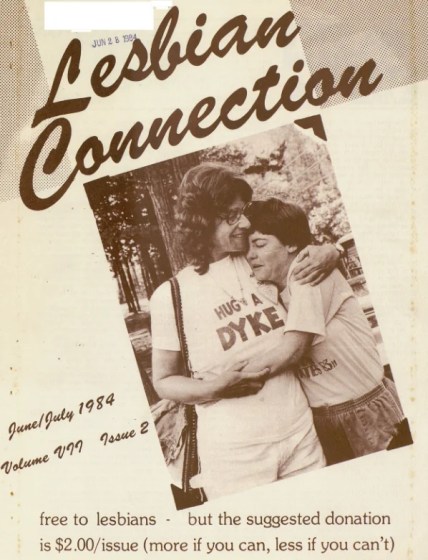
The Lesbian Connection turned 50 in 2024 — a remarkable feat. Margy Lesher began the magazine to “create a network of communication between lesbians in this country and in Canada,” a national newsletter that published every submission it received, soliciting “news of whatever lesbians are concerned with in your area — conferences, legislation, court cases, festivals, cultural events, demonstrations and lesbian resources (i.e., lesbian records, books, magazines, films, etc.) The Contact Dykes section provided phone numbers and addresses of lesbians eager to meet other lesbians passing through town. Their biggest source of income remains donations, and its office sits inside a house on a quiet street in Lansing, Michigan. Against all odds, they persevere.
DYKE: A Quarterly (1975-1978)
In 1975, two lifelong best friends in their mid-twenties launched DYKE magazine, a publication proudly against “telling the straight world what we are doing. In fact, we hope they never even see the magazine. It is none of their business. If they chance to see it, we hope they will think it is mindless gobbledegook. We are already thinking in ways that are incomprehensible to them.” They explicitly opposed men reading the magazine and they made it through six issues of “theoretical politics, live events, place, current and past history, media, fashions, music, home economics, literature, animal lore, health, applied sciences and gossip” before closing. Now its co-founder is a Zionist Trump-supporting TERF, so that’s neat.
The Lesbian News (1975 – 2022)
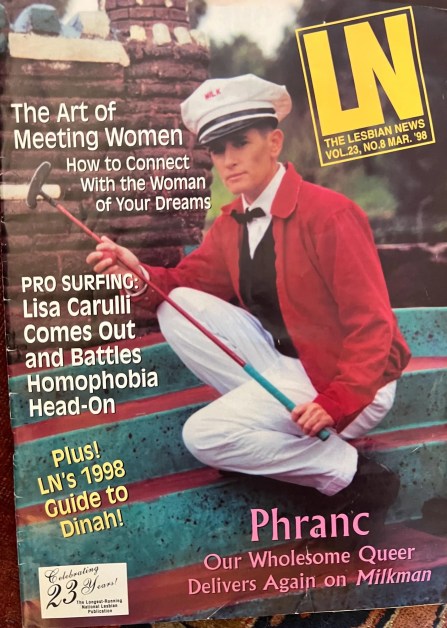
Activist, journalist and Air Force veteran Jinx Beer’s publication originally served the Southern California area and included community announcements, interviews, practical advice and reviews. She sold the publication in 1989, which eventually transformed into a glossy monthly magazine.
Salsa Soul Gayzette (1976-1985)

screenshot via For Each Other: The Salsa Soul Sisters by Alexis Pauline Gumbs vimeo
The Salsa Soul Sisters/Third Word Wimmin Inc Collective grew out of the Black Lesbian Caucus of the Gay Activist Alliance, officially splitting from the fathership in 1974 and inviting Latina women to join. The Salsa Soul Gay-zette reflected a coming together of both groups. “There was no other place for women of color to go and sit down and talk about what it means to be a black lesbian in America,” said original collective member Candice Boyce. SSS aimed to provide a political and social alternative to the discrimination and exploitation of people of color they experienced in lesbian bars.
Sinister Wisdom (1976 – present)
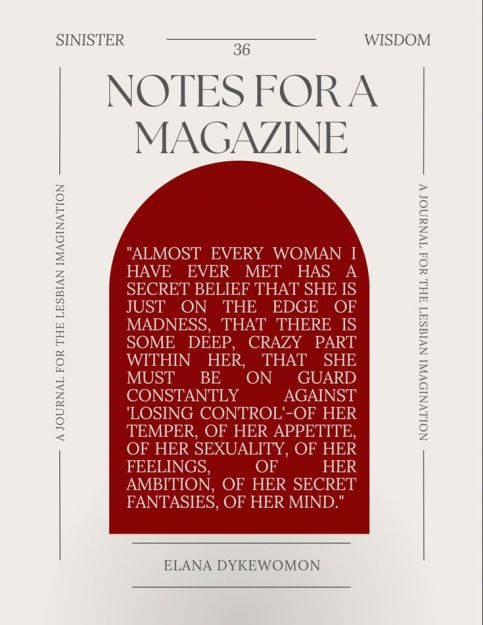
Sinister Wisdom is a multicultural lesbian literary and art journal, published quarterly, produced to manifest “the power of language to reflect our diverse experiences and to enhance our ability to develop critical judgment as lesbians evaluating our community and our world.”
The Leaping Lesbian (1977-1981)
“Leaping Lesbian in Ann Arbor, Michigan reached only a few hundred readers and survived only three years,” writes Roger Streitmatter in Unspeakable, “but it also raised the consciousness of untold numbers of lesbians to the reality that the new Right was not, in fact, right.”
Tribad: A Lesbian Separatist Newsjournal (1977-79)
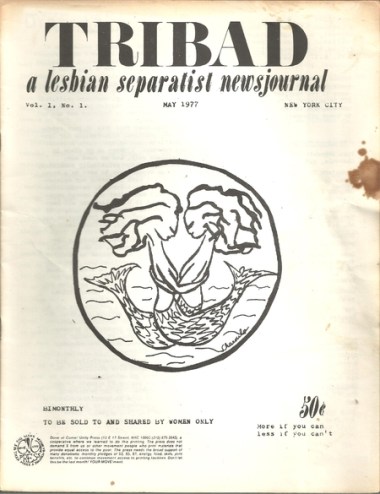
Tribad‘s legacy includes a frank and honest look at lesbian sexuality and its open critique of mainstream feminism’s focus on white women and exclusion of issues important to women of color. Tribad published drawings of nude women, called for “armed combat to overthrow the white male dictatorship” and promoted the idea of lesbian-only communities.
Azalea: A Magazine by Third World Lesbians (1977-1983)
“An enormous need exists for 3rd world lesbians to communicate among ourselves,” declared the editors of Azalea, who’s editorial policy was to publish whatever they were sent, without editing, and pay in magazine copies. Azalea was also birthed out of The Salsa Soul Sisters/Third Word Wimmin Inc Collective.
Pearl Diver (1977-1978)
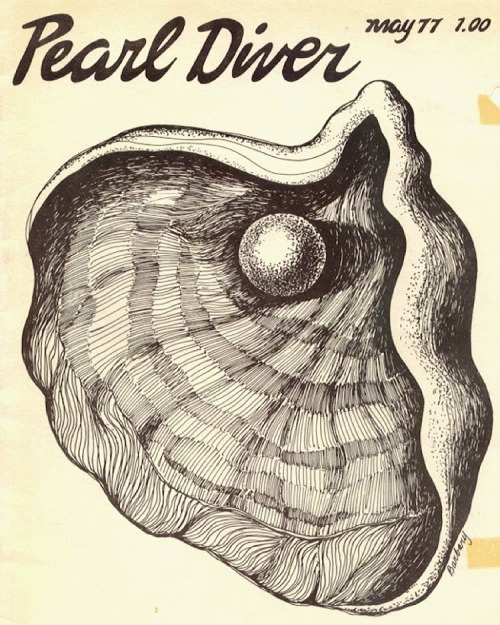
via herstory
Published out of Portland, this Black lesbian magazine declared itself “a public meeting place for open discussion — a blank page for the lesbian community to share the interests and issues, communication, analysis and news of our lesbian lives.”
Common Lives/Lesbian Lives (1981-1996)
archived by reveal digital / independent voices
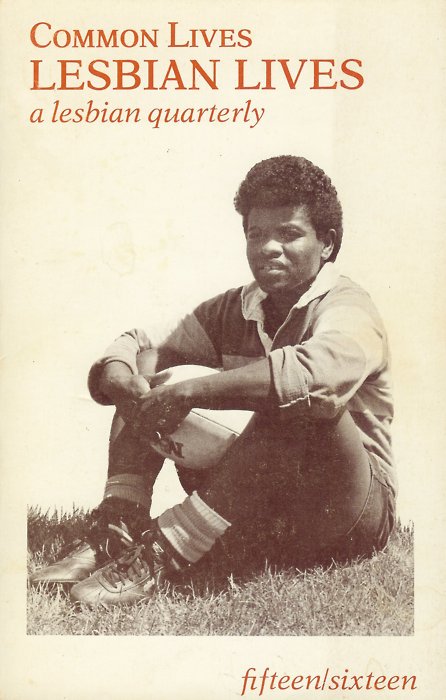
Yet another publication out of Iowa City, CL/LL was a collectively produced publication who focused on presenting a diverse range of voices launched by eight lesbian friends who fled Los Angeles for the midwest in 1980. At its peak, CL/LL boasted 2,500 subscribers, and shut down when its distributor, Inland, declared bankruptcy and the mag was unable to raise enough financial support on its own.
Big Apple Dyke News (B.A.D News) – (1981- 1988)
one issue archived on lesbian poetry archive
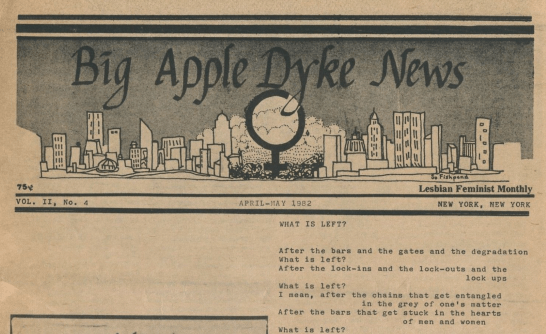
B.A.D. boasted an anti-establishment ethos and was known at the time for being the most committed to tracking the AIDS epidemic. It was stricter about the quality of its submissions and was one of the first LGBTQ publications to syndicate AP or Wire stories. Based in New York and lacking a budget to send reporters cross-country, B.A.D. prioritized bringing its readers all the relevant news on LGBT Civil Rights issues over ensuring all its voices were gay ones.
ONYX: Black Lesbian Newsletter (1982-1984)
archived by lesbian poetry archive
This newsletter was one of three Bay Area publications devoted to black lesbians within the past two decades. Issues included poems, drawings, political perspectives, book reviews, photographs, event listings, personals and business listings.
On Our Backs (1984-2006)

Screenshot
In the ’80s, a divide rose up in lesbian culture and the press between those we’d now label “sex-positive” and lesbian feminists who were against practices like BDSM, using phallic sex toys and watching/making porn. On Our Backs was on the pro-sex side when it became the first-ever women-run erotica magazine. The title was a nod to off our backs, a feminist magazine that was not as “sex-positive.” On Our Backs featured fiction, non-fiction and photography of a diverse range of women, with writers like Dorothy Allison, Jewelle Gomez, Sapphire, Susie Bright, Patrick Califia, Tee Corinne, and Joan Nestle. I picked up my first copy two years before it ceased publication altogether! “We taught the world how to use a strap-on,” Susie Bright revealed in her “short history” of the magazine. “We made sex fun and smart for women, something that was entirely in a female self-interest. It went way beyond homosexuality, it was really feminist sex liberation.” They went bankrupt in ’96, were purchased by lesbian-owned H.A.F. Publishing in ’96, began re-publishing in ’98, and closed for good in 2006.
Hot Wire Journal (1984-1994)
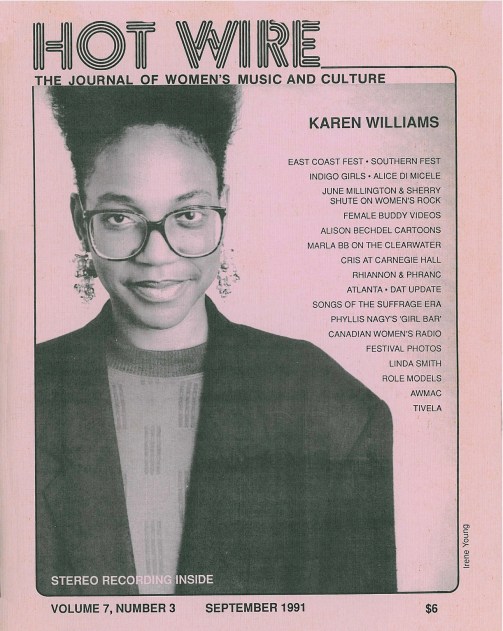
Described as “the essential publication to read during the 1980’s and 90’s” which “reported on and documented a movement and an era,” Chicago-based HOT WIRE launched in 1984 — their debut issue featured comedian Kate Clinton — and raged on for ten years under publisher/editor Toni Armstrong Jr., with subsequent cover stars like Alix Dobkin, Alice Walker, Alison Bechdel, Audre Lorde, Cris Williamson and Holly Near. The magazine specialized in “women-identified music and culture, primarily the performing arts, writing/publishing, and film video,” reflecting the importance and centrality of the Women’s Music Movement to lesbian culture during that time. The front-of-book section HOTLINE functioned like a lesbian craigslist — announcing recipients of grants, providing info on how to help a lesbian couple whose house recently burned down to the scoop on political and social actions, bookstore openings, publications, films, and local meet-up groups for various special interests.
When Toni Armstrong launched the magazine, she committed to producing it for no less than ten years, and when those ten years were up she made the tough decision to close the publication — citing a need for time, money and sleep and also her “acceptance of the fact that we’re nearing the end of an era.”
Dykes, Disability and Stuff (1988 – 2001)
archived by the glasgow women’s library
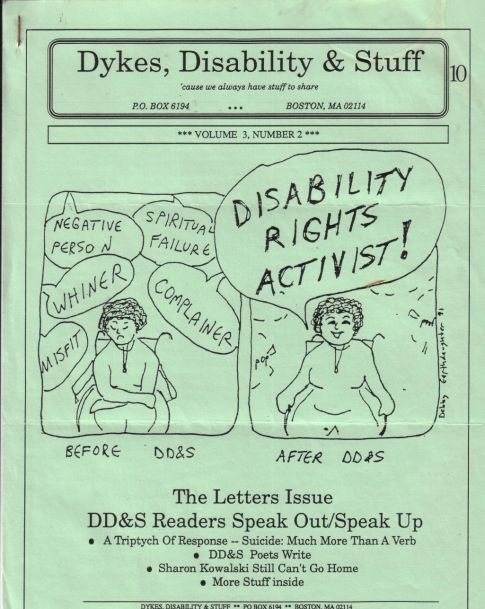
via women’s library
This newsletter was the first to focus entirely on the needs of lesbians with disabilities, publishing art, news, opinion and prose as well as crucial health and wellness information. Efforts were made to make it as accessible as possible, with editions published in audiotapes, large print and Braille.
OutWeek (1989-1991)
gay + lesbian magazine

OutWeek is the one of three publications I included on this list that were not just for women — but it’s included here because it’s basically the only publication in LGBTQ history to always make a concerted effort to devote equal space to women’s and men’s issues, even when doing so hurt sales. The magazine was edgy, radical and progressive, with close ties to AIDS activist group ACT UP and practices like using the word “queer” and outing gay and lesbian celebrities. Allison Bechdel’s Dykes to Watch Out For debuted in OutWeek. This envelope-pushing didn’t win over many advertisers, though, so the publication was short lived.
BLK Magazine (1989 – 1995)
gay + lesbian magazine
archived at the national museum of african-american history & culture

And now we arrive at the other major publication on this list that was not just for women, included due to its importance in the Black queer community specifically, beginning as a 16-page black-and-white newsletter with a circulation of 5,000 to its final form as a 40-page magazine with paid subscriber base, advertisers and global distribution to 37,000 people. Editor Alan Bell set out to create “a Black magazine for gay people and not a gay magazine about Black people.”
Aché (1989 — 1994)

This free publication by and for Black lesbians in the San Francisco Bay Area transformed from a publication to a real community that gave its readers an ability to share resources, publish creative work and build connections.They hosted events — lectures, dances, rent parites — hoping to avoid the underfunded destiny of all lesbian magazines. Co-founder Lisbet Tellefsen documented every aspect of the publication, creating an archive of the magazine itself but so much more: grant applications, event flyers, photographs, notes from meetings and planning sessions.
Anything That Moves (1990-2002)
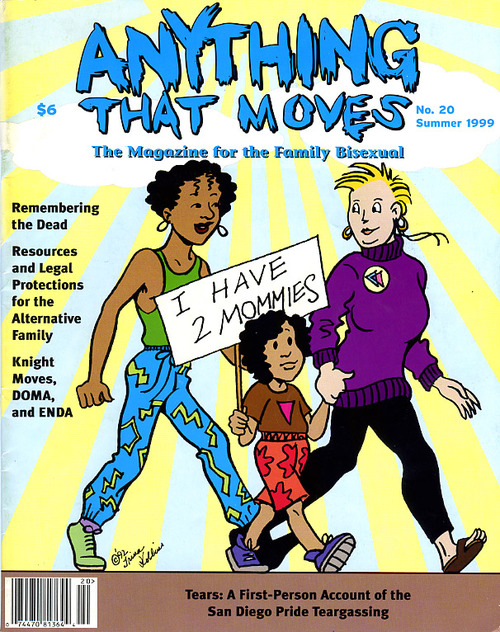
This is the final publication on this list with a readership that included men and women. Published quarterly by the Bay Area Bisexual Network, this non-profit publication staffed by volunteers was for bisexual men and women. Themed issues focused on topics like Sex Work, Trans-Bi relations and Families, featuring work from a variety of genres. They stopped updating their website in 2004.
Girljock (1990 – 2006?)

Girljock started out as a small photocopied fanzine from a girl who “imagined a magazine that would discuss a mixture of sports, questions about being a lesbian athlete, questions about being female in the masculine sporting universe, crushes on the field, and more.” Her manifesto announced, “Fuck the Well of Loneliness, Goodbye to all that. We’re here to have fun.” After a positive write up in the San Francisco Weekly, Girljock took offf, eventually becoming a full-sized color-cover magazine distributed by a large company who apparently had significant advertiser interest, too. A Girljock anthology was published in 1998, and although I can’t find evidence of any print issues existing beyond that point, their website was most recently updated in 2007.
Lesbians on The Loose / LOTL (1991 – 2019)
based in australia

LOTL was Australia’s most read lesbian magazine by the end of the ’90s, with a circulation of 20,000 copies per issue. The magazine’s evolution is pretty fascinating to trace through its archives. It begins as a scrappy, black-and-white newsletter style pub with cover stories about lesbians at Mardi Gras, the Gay Games and hate crimes legislation. Its design and layout gets a little slicker and more colorful before becoming a full-fledged glossy in the mid-90s, with a mix of “real people” and celebrity covers. By the 2010s, celebrities grace the majority of covers and they merged with Curve, often sharing cover stories. Its final print issue featured the queer stars of The L Word: Generation Q.
Black Lace Magazine (1991 – 1992)

This spin-off from Black Gay & Lesbian magazine BLK was focused specifically on black lesbian sexuality. Its four issue run was still a landmark moment, launched, according to its editor, “AFTER TOO many late night and early morning conversations and political debates and asking should I? Or shouldn’t I? And worrying about the devastating infinite measurements of political ‘correctness’ and meditating on what it means, feels like to be an African American lesbian loving other African American lesbians, sex and multiple orgasms.”
Curve Magazine (1991 – Present)

My extensive collection of Curve magazines reflects many years of dedication to this lesbian glossy, with its gossip and advice and travel pieces and celebrity interviews — it was the closest thing I could find to the mainstream women’s mags I read before coming out, and it was a formative read for me as my life plowed forward in the direction of eventually starting Autostraddle. With its entire archives now accessible online, Curve remains in print, with a digital archive that provides “a portal into the hard-won lessons from our past that can inform our actions into the future.”
Girlfriends (1993-2006)
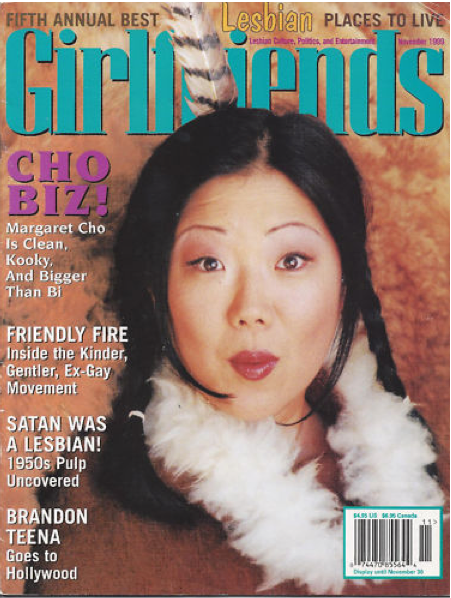
Girlfriends, 1999
Curve Magazine, one of the few lesbian publications still in print, launched in 1991 (as “Denavue”), and Girlfriends arrived three years later as “the magazine of lesbian enjoyment” and, later, “the word on lesbian lifestyle.” Started by a group of On Our Backs writers including Heather Findlay, the magazine was funded by Findlay’s mother but began turning a profit in 1998. Theme issues focused on topics like relationships, sex or gay pride, with a focus on the lesbian popular image. It ceased publication when it was sold to Underground Networks Inc along with its “naughty little sister,” On Our Backs, in 2006. The intention was to shift operations online, but that never came to pass.
Fat Girl Zine (1994 – 1997)
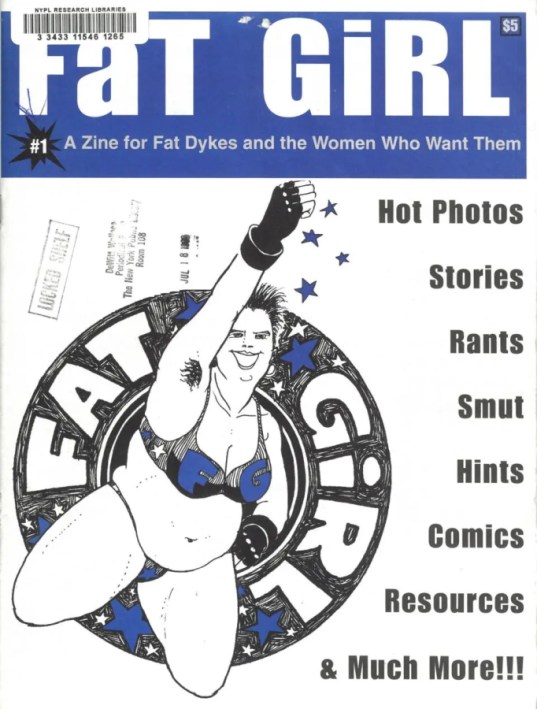
Created by a grup of queer fat dykes in the Bay Area, Fat Girl Zine reflected a frustration with the way mainstream queer women’s media sidelined the political issues, bodies and lives of fat people. “FaT GiRL was unlike anything the queer community had seen before,” writes Rose Gelfand,” and though not without sizable controversy or pushback, they were embraced phenomenally.” The pub included articles, manifestos, erotica, centerfolds, roundtables and info on community events.
Diva Magazine (1994 – Present)
based in the UK

While this list is focused on American magazines, Diva is well-read in the states as well. Often a bit edgier than its stateside counterparts, DIVA is a glorious glossy that advertises itself as the world’s best-selling magazine for LGBTQIA+ women and non-binary people. It’s got the sheen and breadth of a mainstream mag. Its most recent issue, the Butch issue, includes a history of legendary club night Butch, Please!, interviews with G-Flip and an essay on the glory of stud friendship.
Venus (1994 – 2007)
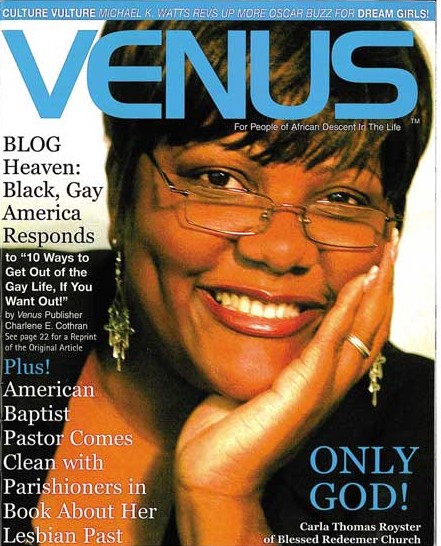
Unfortunately I couldn’t find an image of the magazine from before the switch
This magazine didn’t close in 2007, but it did something much worse — subscribers got a big surprise in 2007 with a cover story featuring publisher Charlene E. Cothran and her story entitled ‘Redeemed! 10 Ways to Get Out of “The Life” if You Want Out!” The next issue had another cover story on a “former” lesbian, Carla Thomas Royster. Rev. Irene Monroe, who had written for the publication before it made a deal with the ex-gay devil, lamented that, “Venus magazine was the first and only queer magazine owned and operated by a black lesbian that spoke to and about the unique intersections of being black and LGBT in both the African-American and white queer communities.”
She Magazine (1999 – 2015)
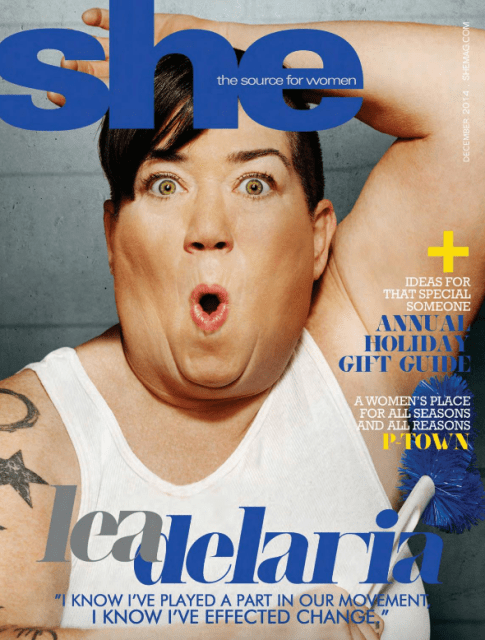
Florida’s longest-running lesbian magazine was a glossy with celebrity covers and a whole section dedicated to Spanish language content.
Issues: The Magazine For Lesbians Of Color (2000 – 2002?)
This Oakland-based publication described itself as “Stylish, sexy and smart…everything that you are, we are.” It’s unclear when the magazine stopped publishing, but its former website has been taken over by Jews for Jesus.
GO Magazine (2001 — )
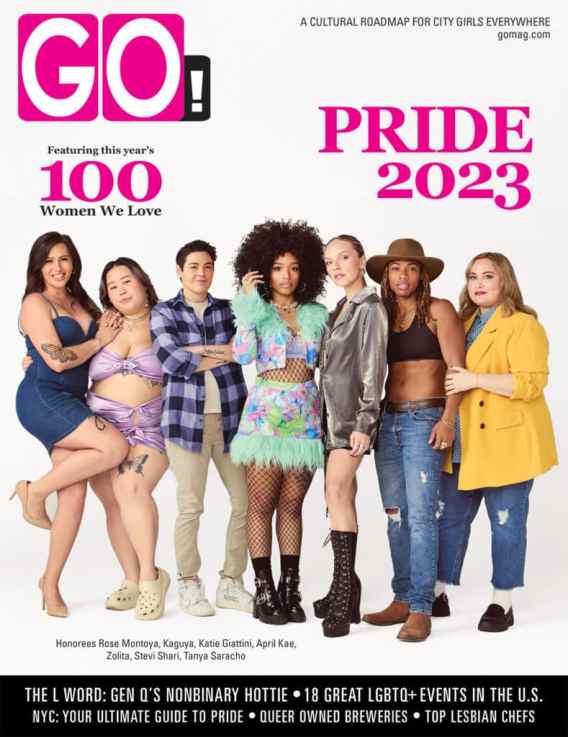
Go Magazine was THEE publication for New York City dykes when I lived there — publishing travel guides, lists every power lesbian wanted to be on, interviews with the celesbians of the moment and serving as the holy grail of nightlife listings. As the nation’s most widely read free lesbian publication, distributed in 25 cities across the U.S., GO keeps on going strong all these years later in print and online, heralded as “the cultural road map for the city girl.”
Velvetpark (2002 — present)
in print 2002 – 2007

Founded by Grace Moon, Velvet Park began as a 48-page biannual print magazine focused on “the culture and arts of lesbian, dyke, butch, femme, and women identified queer and transpeople. While the magazine shuttered its print edition in 2007, it continues to exist online.
Jane and Jane Magazine (2006 – 2009)
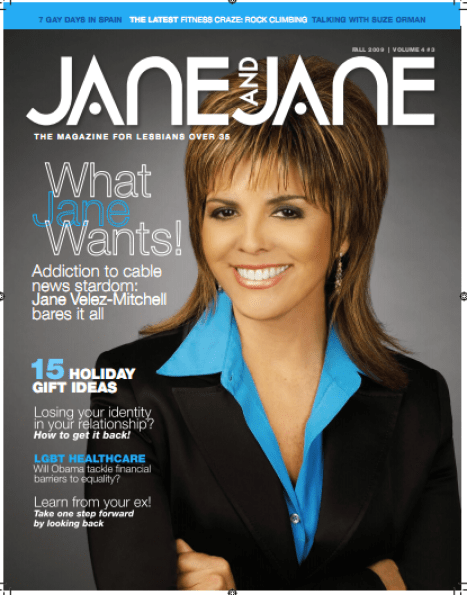
This “home and family” magazine for lesbians over 35 covered topics including parenting, relationships, health, travel, financial planning and cuisine. They steered clear of “weighty issues,” telling The Sacramento Bee in 2007, “we’re still very supportive of gay and lesbian causes, but we have to do it in a way that fits with our (magazine’s) mission.”
Bound Magazine (2009—)
Sydney-based publisher Avalon Media debuted its first issue of this mag that promised “different culture, same lifestyle” and the claim it’d be the first “international lesbian magazine” featuring celebrity interviews, travel editorial, fashion and lifestyle news.
Elixher (2011 – 2017)
In print 2011 – 2014
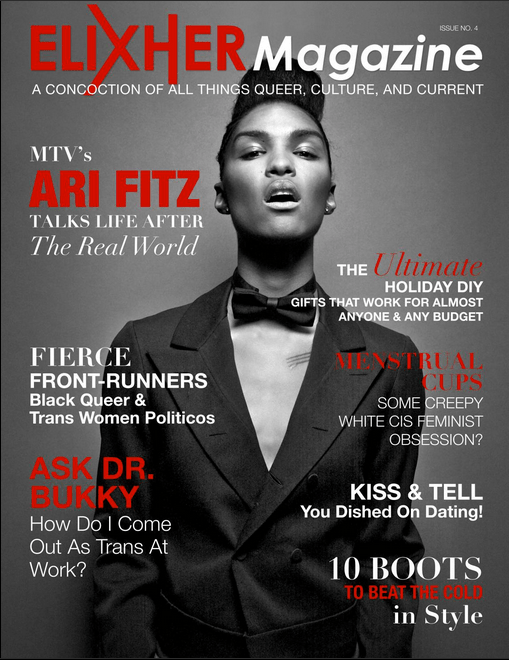
Another publication I miss dearly from our earliest years of Autostraddle is Elixher — a digital and print publication created for and by Black lesbian, bisexual and trans women and their allies. Its print edition lasted four issues, with cover stars including Ari Fitz, Janet Mock and AZ Marie.
Tagg Magazine (2012— )
In print 2012 – 2023

Founded by Eboné Bell in 2012 and eventually expanding from its original Washington, DC focus to a nationwide audience, Tagg published its print edition until going fully digital in 2023. Sondra Morris bought the company in 2024, where she serves as Editor-in-Chief,
LSTW (2016 – Present)
based in canada
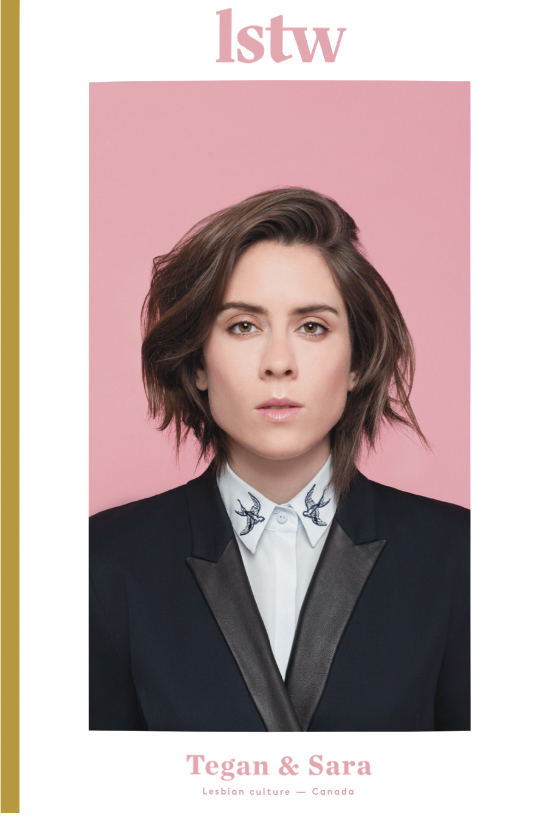
This bilingual, artistically driven print magazine aims to defy stereotypical portrayals of LGBTQ+ women and give greater visibility to positive role models. Published in Montreal and Toronto, LSTW is a gorgeous piece of media distributed in 20 cities in North America and Europe.
BUTCH Is Not a Dirty Word (2016 —)
based in australia
In print 2016 – 2023
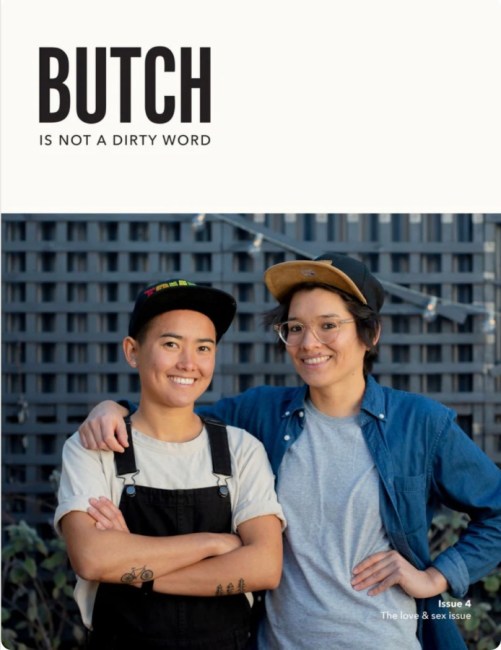
Butch Is Not a Dirty Word began as a project for founder Esther Godoy to process the anger and pain she felt growing up butch, told she wasn’t worthy of community or care. She asked friends who loved butch lesbians to write essays about why they loved butches, paired them with photos of butches from Australia and the magazine was born into a gorgeous biannual print product. Its mission remains to celebrate butch identity, increase butch visibility and amplify butch voices.
Skirts SoFlo (2023 —)

Screenshot
Founded by three friends in South Florida, Skirts SoFlo’s mission is to shine a spotlight on LGBTQ arts, literature, music, food and business while uplifting and connecting their South Florida women’s community.
Autostraddle (2009 —)
In print 2025-—
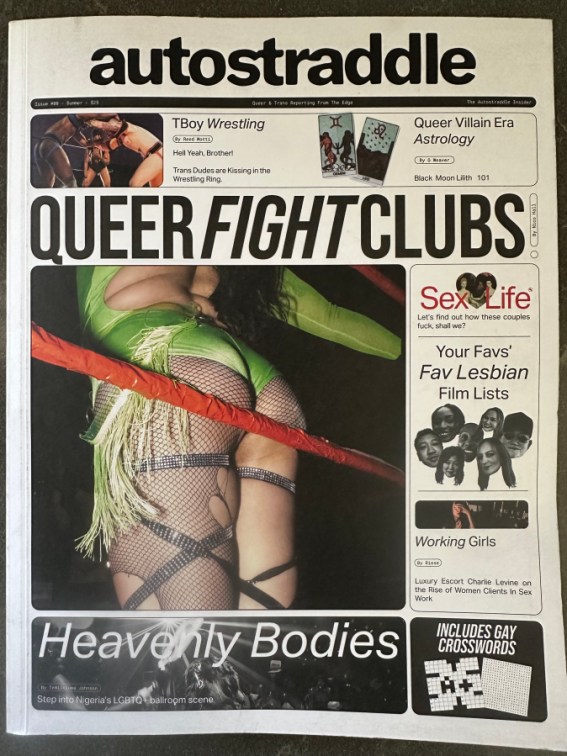
We’ve made a few small forays into print publishing in the past, like the five-issue The Better Together ‘zine series with Everyone is Gay, and the Behind The Scenes Zine of 2012 (which was created by Riese, Laneia and Rachel and contained collages and g-chats and other Autostraddle ephemera). But the publication of the Autostraddle Insider — edited by Kayla Kumari and with a cover story by Nico Hall — is our first full-size full-color print magazine. Things feel very uncertain these days, but this magazine feels like a bit of hope in our hands, and hopefully is just the beginning.
6 Comments
-
Oh man, I forgot about LOTL! I think they used to have it for free at bars and the youth health clinic.
Thanks, this is so good.
Hospitals in Supposedly ‘Blue’ States Are Cutting Gender-Affirming Care for Trans Youth
feature image by ROBYN BECK / Contributor via Getty Images
This is Trans News Tracker, a biweekly Autostraddle roundup and analysis of the biggest trans news stories.
The anti-trans losers in the U.S. government and beyond have been…a little quiet over the last couple of weeks. I can’t figure out if they’re losing steam or if they’re amping up to hit us with even harsher legislation actions. Either way, trans youth are experiencing an onslaught of major changes to their ability to access healthcare and are at higher risk of losing all access to gender-affirming, so we should be keeping our eyes on how that develops. As for the rest of this week’s news, there is an equal mix of good and bad here. Let’s not forget that witnessing resistance is important fuel in our continued efforts to ensure all trans people get the resources they need and deserve.
Nine More U.S. Hospitals Cut Gender-Affirming Care for Trans Youth
We have reported on this in piecemeal several times since Trans News Tracker was created, but the last couple of weeks specifically have seen the continued shut down of medical care for trans youth across the country. This is happening in states where trans healthcare is supposedly a priority, proving once again that in the face of fascism, “liberalism” rarely has the means or desire to protect the most vulnerable among us.
Since the middle of June, nine different hospitals in the U.S. — Stanford Medicine in California, Children’s Hospital Los Angeles, University of Pittsburgh Medical Center, Rush Medical Center in Illinois, University of Chicago Medicine, Connecticut Children’s Hospital, Yale Medical, Yale New Haven Hospital, and Kaiser Permanente — have cut some or all of their programs that provide gender-affirming care to trans youth in order to capitulate to the Trump administration’s threats to cut funding and the Supreme Court’s decision in U.S. vs Skrmetti. The changes in these medical facilities will primarily impact trans people under the age of 19 and include cuts in access to puberty blockers, hormone replacement therapy, and gender-affirming surgeries.
What makes this story stranger, though, is that these hospitals seem to be rushing to comply with the Trump administration’s orders as the Attorneys General of 16 states have filed a lawsuit against the Trump administration to challenge their attacks on trans healthcare. So far, California, Connecticut, Delaware, Hawai’i, Illinois, Maine, Maryland, Massachusetts, Michigan, Nevada, New Jersey, New York, New Mexico, Rhode Island, Wisconsin and Pennsylvania, and Washington, D.C. have joined in on the complaint, which means that every hospital cutting off access is in a state listed on the lawsuit. It’s uncertain what that will mean in the coming months, but for right now, what is happening in the state legislature and on the ground are totally at odds.
Meanwhile, according to S. Baum at Erin in the Morning, “trans patients are applying pressure on lawmakers and health systems to hold the line on trans-affirming care” through staged protests and plan to continue until these decisions are reversed.
Some Good Trans News For Once
Team USA Olympics trans ban may violate Federal law. Considering how everything has been going, I’m not sure this will matter much, but at least it gives trans athletes and their allies an opportunity to make some kind of legal case against these new bans.
Native tribal leaders push back on gender-affirming care restrictions for their citizens. Although the legal specifics are somewhat complicated, Indigenous people do technically have sovereignty over their land and the laws that govern the members of their tribes. Since many Indigenous tribes recognize gender outside of the “Western” conception of the gender binary, they’re pushing back against the Trump administration’s attacks on trans people’s access to healthcare. According to this article, “the National Indian Health Board, which represents and advocates for federally recognized Native American and Alaska Native tribes, passed a resolution declaring tribal sovereignty over issues affecting the Native American community’s health, including access to gender-affirming care. The resolution calls on the federal government to preserve and expand programs that support the health and well-being of Two-Spirit and LGBTQ+ Native Americans.”
20 police raided a gay bar for a “compliance check.” Then the patrons did something surprising. In what feels like an event straight out of the 1960s, Pittsburgh police raided the P Town Bar while a drag show was going on to perform what the officers were calling a “compliance check.” Despite threats from the police and the overall violence of being kicked out of the bar, the drag performers and the bar patrons kept the party going right outside the bar’s doors.
International Good Trans News
UK: World’s biggest study of trans children to include toddlers treated by NHS. I’m counting this as good news because as we’ve seen over the years, studies about trans life and efficacy of gender-affirming treatment generally come out proving the anti-trans lobby wrong about us. Considering the UK is seeing just as much anti-trans backlash as we are in the U.S., I feel like this will only help build cases for trans youth to have more access to gender-affirming care rather than break them down.
Czech Republic: Trans people in Czech Republic can now change gender without surgery. As we reported in the last Trans News Tracker, Cuba recently made it legal for trans people to change their gender marker on their identifying documents without undergoing any gender affirming medical interventions. Now, the Czech Republic has made it legal for citizens there to do the exact same thing.
Hong Kong: Hong Kong judge rules in favor of transgender bathroom access. Another win for trans people abroad here. A judge in Hong Kong ruled against any regulations that criminalize the use of trans people’s preferred bathrooms.
Trans News I Wish I Didn’t Have to Report
Austin police investigating assault of trans woman at Barton Springs as possible hate crime. This is a story that has been developing over the past week, and we do not have the names of the victims or suspects involved. However, the attack on a trans woman and her friends were caught on camera in Barton Springs last weekend, which resulted in a physical altercation that injured a “good samaritan” trying to step in to prevent the women’s harassment. Details are still coming out, and the police are seemingly trying to pursue a hate crime indictment against the suspects in the case.
Majority of Americans think gender transition ‘morally wrong’, poll suggests. I can’t even make a joke about this. Gallup just keeps proving we’re in the trenches as far as public perception goes: “In a survey from analytics firm Gallup, U.S. residents were asked to give their opinion on the ‘moral acceptability’ of 20 different behaviours, regardless of legality. It found that just 40 percent of respondents believe transitioning is ‘morally acceptable’, while 54 per cent believe it is ‘morally wrong’ and five percent have no opinion or believe it isn’t a morality issue.” All the more reason to make sure access to gender-affirming care is non-negotiable.
Sarah McBride’s first successful bill is a private equity law co-sponsored by an anti-trans Republican. Honestly, I don’t think a trans elected official is going to save us, and I’ve especially never thought Sarah McBride would be the one to change my beliefs on that. But I have to say, this sucks! Most of the time, bipartisanship isn’t worth the trouble, especially for a bill that experts say isn’t very good at all. Sometimes it really is your own people selling you out.
Pete Buttigieg stunningly agrees with Trump on trans athletes…but rejects president’s strategy on issue. As I was saying about it really being your own people sometimes: This guy is just constantly finding new reasons for me to dislike him.
Transgender pool player loses discrimination claim after being barred from women’s tournaments. The losers and cowards who make up the “no trans people in sports” lobby are even taking niche sports with small fan bases, like pool in this case. You might be thinking…how can anyone think there is even a semblance of a “fairness issue” in pool? And you’d be right for thinking that, because I seriously do not know how even the bad faith “fairness” arguments could even be work for this one. Seems like the judge knew exactly how they’d rule before this went to trial.
Last Bits
Suzy Izzard given honorary doctorate by the University of Sussex. I’ve loved Suzy Izzard ever since I saw her comedy specials re-running later at night on HBO when I was a teenager. It just made me happy to see her get some well-deserved flowers as the anti-trans backlash rages on in the UK.
RuPaul’s Drag Race champion Jinkx Monsoon roasts JK Rowling for ‘identifying’ as a male author. When my girlfriend and I first saw this video pop up on social media, we watched it five times back-to-back. Everything from the “Jake Hey Rowling” to the delivery to the laughter at the end makes this read so satisfying to watch.
Conservative influencer Candace Owens sued for defamation over claims that France’s first lady is a man. I’m thinking that maybe if Candace is forced to pay a bunch of money as a result of this lawsuit, she’ll finally shut up for once. And maybe, just maybe, it’ll be a lesson for all these other conservative social media slobs who continuously talk shit about people they don’t like for one reason or another.
Trans allies including Kate Nash and Alan Cumming criticise new UK schools sex education guidance. Following the UK’s Department for Education’s decision to change their relationship, sex, and health education (RSHE) guidance to stop including truthful instruction about trans identity, “Pride in Education, a grassroots LGBTQ+ activism group, published an open letter expressing ‘deep concern’ over the guidance and the risk it poses for trans, non-binary, intersex, asexual, and gender non-conforming pupils.” Many of the people who have signed the letter are British celebrities who are using their platforms to push back against the anti-trans attacks happening in British society and through regulation and legislation.
Trans News Tracker is supported by our wonderful members! To become a member and ensure we can keep doing this vital work, consider subscribing for as little as $4 a month.
Quiz: Which Character From ‘The Hunting Wives’ Are You?
HAVE! YOU! WATCHED! THE HUNTING WIVES! YET!!!! I told you I was going to continue to ask this question. Well lo and behold, it was only a matter of time before I whipped up a Which Character From The Hunting Wives Are You? quiz. We have some unhinged questions to go with this endeavor, naturally. And listen, you’re not going to like who you get, okay? There’s no “good” result here. Everyone on this show is bad! Many are cops or Republicans! Take this quiz at your own risk!!!!
Which Character From The Hunting Wives Are You?
13 Comments
-
Margo
You’re a master manipulator!!!! You’re in charge!!! You’re scary!!!! Lesbians are crashing out left and right over you!!!!!!
I don’t think this is a compliment.😅
-
I’m excited for who I got but I don’t think I ever caught her name in the show. Salazar!
-
I have never watched this show but I AM absolutely addicted to making horrible decisions, thank you for noticing!!!!!!
-
-
Jill…
-
OK how did you not include CHICK FIGHT as a Malin Akerman watch!?!?!?
How Do I Talk To My Family About Harry Potter?
Would I Be Wrong To Voice My Harry Potter Discomfort Around JK Rowling’s Transphobia To My Family?
Q
I’m non-binary and lesbian, and pretty leftist; but my niece is into Harry Potter, which, of course, makes me uncomfortable because of the author’s… fascist leanings. Actually, most of my family are HP fans or read Rowling’s works, in spite of the fact me, and two of my cousins, are queer. Whenever they, or my niece, bring up the series, I am forced to bite my tongue and say nothing about how buying merch is funding transphobic hate laws and pushing back gay rights; not to mention the discomfort I get seeing HP merch, or my niece’s new copy of The Philosopher’s Stone. Would I be wrong to voice my discomfort to my family?
A
Summer: Ugh, I’m so glad Harry Potter was never a cultural phenomenon in South Africa the way it was overseas. The fallout sounds awful.
And no, I don’t think you’d be ‘wrong’ to voice your discomfort to the family. I might be inclined to ask you to keep the peace if the content of that fictional universe was disquieting to you. Like being with Game of Thrones fans if you have strong opinions about its depictions of various topics. The fact is, one of the main issues with Harry Potter in 2025 is that supporting the franchise isn’t a statement about fictional worlds. It’s about a very real person’s very tangible efforts against social progress and inclusion. Those efforts are mainly aimed at trans people, but others too. She’s made some choice remarks about thin people and models in advertising.
The principal reason she has sufficient wealth and influence to conduct her campaign against a host of people (including… cisgender boxers?) is Harry Potter. The Harry Potter media franchise funds these efforts and her chosen lifestyle. A lifestyle which, to describe in an old-school fashion, I tolerate but don’t respect or believe in. Much is said about Rowling and how her life relates to the literary concept of Death of the Author. But my take-away is that she is one of the most succinct cases wherein supporting a media empire directly contributes to a definitive voice in the marginalization of queer people with far-reaching consequences.
I leave it to my fellow authors to cast their input and discuss how you can talk to them about this. All I can say is you would not be wrong to voice your distaste. If you believe in ‘keeping the peace’, it’s also not wrong for you to keep quiet and avoid the topic. But I have a feeling you’re already sick of doing that.
Nico: I think you can have a conversation with your family about this, yes. It’s good to have hard conversations with family. However, as we’ve seen again and again, not everyone is willing to give up the things they find pleasurable for ethical reasons, so don’t be surprised if you receive pushback. Do you have friends who feel the same way you do who you can commiserate with, or who you can plan out how you’re going to go about saying this with, first? It would be good to have someone who you know you can go to in order to vent your frustrations should your family be, well, frustrating. As Summer said above, their financial support of this franchise goes directly toward funding the furtherance of hateful ideology, and so it goes well beyond something like even enjoying the work of an author who is a bad person or being a fan of a franchise with content you find odious — it’s a lot more like donating directly to anti-trans lobbying efforts, and that’s worth discussing with the people who you care about.
Riese: I think you should talk to them yes! I feel like they’re likely to resist if Harry Potter is often central to a child’s interest in reading, and Rowling’s politics probably feel too abstract in the face of this universe that their children are so engaged with — but it’s still worth a try! If they won’t budge, try some middle grounds: only buying Harry Potter books second-hand, foregoing merch… but if they must merch, they should get it from an independently owned store with politically aligned owners, or pledge to donate the amount they spent on merch to a trans-focused non profit or mutual aid fund.
I’m not actually sure that it even matters that you or your cousins are queer, you know? You absolutely should speak to them about how it feels to be nonbinary and witness JK Rowling’s hatred towards trans people, I think it will resonate and help you get through to them. But I do think at the end of the day, JK Rowling’s fascist hate-fueled campaign towards trans people should concern all of us, including your family, because we are all human, and trans people are human. Because I think this conversation is likely to become an opening to talking to them about some of the shit trans people are currently dealing with politically here and in the UK, and that’s an opportunity to teach them about something they hopefully will care about not just because it affects you but because it’s the ethically sound position to hold.
My Friend In The Poly/Kink Scene Makes Me Feel Boring
Q
I am in a relatively new relationship (1 year and going strong), and it has been really positive for me. Prior to this relationship, I had been in pretty tumultuous and intense open and poly dynamics for the past five years. While monogamish, this relationship with my girlfriend has been way more stable and predictable and…well, boring! But I like it : ) We’re moving in together, which I’ve never done before, and I’m really excited about our future and present together. She has very Mr. Darcy vibes—because she’s quiet, I initially didn’t see her as romantic or fun, but now I literally want to hang out with her all the time.
My question has to do with one of my friends. When I was in these other poly and dating dynamics, and she in her own, she and I would talk a lot about our relationship issues. She’s big in the poly and kink scene and through our friendship I experienced more of those communities, and it was great! We would always have tons to tell each other about our most recent trysts or longings. Since my gf and I have gotten more serious, I just…haven’t had as much to share! We hang out, we have sex, we eat noodles, and that’s sort of it. And on top of that, I feel protective of my relationship and any judgment from my friend. For example, the sex I have with my gf is amazing, but it’s very different from the more explosive kind I had in past relationships. I chalk that up to the fact that all relationships are different and I think we have a more stable dynamic, but my friend has expressed multiple times that she thinks people should be obsessed with and fiending for their partners. So I think she views my pretty non-dramatic feelings for my partner with suspicion.
Anyways, I’m sad! I feel like my friend thinks I’m boring now that I’m not in the poly scene. Idk why I need her approval so much, but apparently it matters to me. And I also feel like she hasn’t put a lot of effort into meeting me where I’m at. And at my lowest moments I doubt myself and worry maybe she sees something that I don’t. I don’t really know any to talk to her about it but I also don’t know how to proceed.
A
Summer: Boring is not necessarily bad. Boring can be safe, stable, and as you prefer: predictable. The ideal relationship for you is the one that fits your needs and personhood at a given time. It sounds like this one fits you and the uncertainty is external. An externality born out of ideas of what an exciting and proper queer life looks like. There isn’t a right way to date queer, nor is it sustainable to build a life wholly on intensity and energy.
Most people reach a life stage where smooth and predictable is a better option. It’s often linked to permanent employment, having kids, marriage, and so forth. Some people hit that stage earlier than others. Some people never hit that stage and resolve to leave smoking skidmarks en route to the grave. I don’t think your friend is seeing something that you don’t, causing her to have misgivings about your relationship. I think she’s completely failed to see what you do. Which is the happiness and comfort you’ve found. Like, I just don’t see what’s wrong with your relationship. It sounds lovely. It may not be the shape of the relationship I want. It won’t be the one a freshly bisexual party sophomore party animal wants. As long as it’s what you want.
Nico: I would hope that your friend would be your friend even if you didn’t have entertaining gossip to share. You don’t both have to be the chaotic friend always embarking on new relationships and adventures. In fact, some of the sweetest friendship dynamics are made up of people who lead wildly different lives. If your friend thinks you’re boring because you aren’t showing up with new poly / kink scene news to share anymore, and you all can’t find something else that’s entertaining to do together, then I am not sure how good of a friend they are. I really hope you’ll ask yourself more about why you care about impressing a friend who isn’t trying to meet you where you are because I am willing to bet that if the situation were reversed, you’d probably be happy for them if they’re happy, right?
Now, to speak to the “boring” and “stable” aspects of your current relationship. Less stable relationships of any kind, not just kinky ones, can lead to more explosive sex. If you feel safe, stable, and certain, then maybe you aren’t “fiending” for your partner constantly in the same way you might have when you didn’t have this same level of security, because sometimes that fiending can also be a sign that you’re seeking more connection and security through sex. There’s nothing wrong with having explosive sex with multiple partners, engaging in the kink scene, but neither is there with not doing those things.
Submit your own advice questions right here!
AF members get the benefit of having your advice questions answered by the team. We do our best to answer every question, which is like, 99% of them — very rarely do they stump us. Questions remain anonymous!
You can send questions on any topic, at any time. Submit those questions into the AF+ Contact Box which we’ve also embedded here:AF+ Contact & Advice Inbox
Chappell Roan’s Breakup Ballad ‘The Subway’ Is Perfect for Late-Summer Yearning
At long last, Chappell Roan has released her new breakup ballad “The Subway” with an accompanying music video. She originally debuted the song live on stage at Gov Ball (the one where she dressed as a blunt-smoking Statue of Liberty). And now it’s out there for all of us to listen and yearn to!
The song chronicles running into an ex on the subway and the ensuing snare of emotions it unravels. The simple earnest quality of these lyrics are an asset, Chappell wrapping her strong vocals around vulnerable confessions, like “Made you the villain / evil for just moving on.” And is it just me or is there a Dolores O’Riordan quality to how she sounds on the “over” in “it’s not over” in the chorus?
As a fan of Chappell’s ballads — which generally receive a lot less love than her more upbeat bops — I’m instantly smitten with “The Subway.” This could be a karaoke showstopper at the next queeraoke night. It reminds me a bit of Olivia Rodrigo’s “Driver’s License” in its earnest breakdown of post-breakup yearning and angst that just sort of simmers in the background as you’re moving through life without someone (and watching them move on). And who among us has not been here: “Somebody wore your perfume / It almost killed me / I had to leave the room” ?
But it’s the accompanying music video that really sells this new Chappell project to me.
According to YouTube, I was waiting with 15,700 other people for the premiere of the “The Subway” music video at 9:59 a.m. this morning. It opens with Chappell in a massive wig that exaggerates her big red hair. The specter with the green hair similarly wears a giant wig as they comically chase each other through the streets of New York. I won’t give a full beat-by-beat breakdown of the music video, because you really should just watch it! As with so many Chappell projects, it’s visually immersive, detailed, with a collage of tonal and aesthetic references. I love the trash accumulating in Chappell’s wig, the simultaneous beauty and grime of the city.
My favorite part is when the subway car transforms into a queer club. Public transportation already has this liminal quality to it, and the surreality of seeing someone you weren’t expecting while on it can disrupt a whole day in my experience. The music video captures that well and, as with all the best music videos, views like an experimental short film.
As someone with multiple exes in NYC, let’s just say this song and its video resonate. Now everyone watch the music video and tell me about the ex you least want to run into on public transportation! (jk)
Also, happy ChappRapp Friday! We got this new Chappell video today and a whole ass new album from Reneé Rapp! What a time to be a lesbian!
12 Comments
-
I’m late to the Chappell party but better late than never. I’m loving this new song (and I’m someone that listens to In This Moment, Halestorm, Nightwish, etc.). But I love me a ballad with a great hook. This has a great hook.
-
Honestly dropping this the same day as Renee’s album is a bit too much for me. Unless I can somehow figure out how to play uhmm.. 13 songs at the same time which.. Like my ADHD wants to make it work but realistically I know I can’t.
I’m a sad girlie usually and honestly the fact that I like the bops too is wild. Joy? in my music? Wow.. But I’m so glad that Good Luck Babe, the Giver and The Subway are bops cause.. honestly her success brings me so much joy.
I saw Aurora in concert a few weeks ago and they played Pink Pony Club as sort of hype music/ sound check before Aurora came in and the crowd reacted to it visibly positively. And Tod in the Shadows also mentioned how hard that song goes because he heard straight people singing it. I told my friends that I think it’s maybe the next Bohemian Rhapsody.
Fast forward to a few days later when I randomly watched The Grammy Museum Spotlight on Chappell hosted by Brandi Carlile where Dan was like I wanna write the nest Bohemian Rhapsody and Chappell was like Dan no it’s been done leave it. Psss guys I really think you might have done it already it’s Pink Pony Club.
I’m also gonna indulge in a bit of bitterness cause Chappell’s playing in Budapest on the 11th and I’m in Bucharest.. Like it’s funny that people sort of mix them up pissing off the locals of course but they are like 900 km away which.. isn’t close but it is the closest she played to my location.. And I’m too broke to go.. I’m sort of seething inside but also..
In my early 20s I was miserable at concerts cause I was overstimulated and I have ADHD and like clubbing and honestly a lot of stuff like that is not fun for me and it took a while for me to realize why .. However if I really love the music I get over all of that. And Chappell and Renee are some of the few artists that I make me want to be in a crowd. And not to be dramatic af but.. it gets better? Like sure I’m miserable and depressed and live in a country where marriage isn’t legal and the homophobia is so rampant actors stay in the closet. Actors. And I get to be in my 30s and experience joy though music the way I did as a teen? It’s really precious.
-
I’ve had this bleedin’ song on repeat for DAYS now and I’m still panting over how good it is. In particular, the subtle switch in lyrics from “She’s got a way…” to “She got away…” wrecks me to smithereens.
August 2025: What’s New, Gay and Streaming on Netflix, Prime Video, HBO Max and Apple TV
August — the eighth month of the year, and a month that may ought to have some lesbian, gay, bisexual, queer and trans characters on the television screen for you to embrace and enjoy and appreciate, but unfortunately really does not! This is actually the leanest month we’ve had in a while — but you could always just watch Hunting Wives again!
Netflix August 2025 in Gay

Long Story Short
Love Life // Seasons One & Two // August 5
Love Life was one of many queer-inclusive shows unceremoniously de-platformed by HBO Max but great news, Netflix has picked it up! The first season stars Anna Kendrick as Darby, whose (heterosexual) love life is chronicled across the years, and her roommate Mallory is a lesbian so we see some of hers, too. Season 2 focuses on Marcus Watkins, whose lesbian sister, Ida, is played by SNL alum Punkie Johnson.
Wednesday // Season 2, Part One // August 6
The first season of Wednesday had queers intensely engaged although the assorted sapphic situations remained subtextual — that appears to be the plan for Season Two as well but it seemed worth mentioning because I can’t always really tell entirely what the deal is with this show and why some people consider it queer even though it is not. We do love Jenna Ortega around here, though!
Marry Me (2022) // August 10
Marry Me is a very bad rom-com starring Jennifer Lopez as a superstar who has an affair with a normie (math teacher Charlie played by Owen Wilson) but more importantly, Charlie has only two friends: a gay choir teacher and a lesbian guidance counselor. The latter was in my opinion the unsung heroine of the film.
Long Story Short // Season One // August 22
The new lightly autobiographical animated comedy from the creator of BoJack Horseman follows the “small t traumas” of a Jewish family from childhood to adulthood and back again, exploring the relatable concept of: “How we communicate love is by making jokes. How we communicate anxiety is by making jokes. How we communicate love is by communicating anxiety.” Abbi Jacobson is the lesbian daughter! As an adult her partner is voiced by Nicole Byer. So that’s very nice I think.
Prime Video’s August 2025 For The LGBTQ+

Upload
Taurasi (2025) // Docuseries // August 7
This three-part docuseries will explore the life and times of the one and only lesbian WNBA legend Diana Taurasi. The series’ director notes that,” Diana’s greatness isn’t just in her game, but in her grit, wit, and refusal to fit the mold. From Argentina to UConn, six Olympics, to Phoenix, to post-Soviet Russia, she chased excellence — and respect — on her own terms. Taurasi is a cinematic portrait of an icon who never asked to be discovered — only understood.”
Upload // Season 4 // August 25
Season Three of this show about a digital afterlife introduced a romance between handler/angel Aleesha (tasked with the care and keeping of Nathan’s co-worker Luke) and Karina (a new Horizon executive boss lady). Shit gets super serious in Season Four, a four-part finale to the entire series — AI “rapidly turns evil, threatening to wipe out Lakeview (and the world!). Zaina B Johnson, who plays Aleesha, has promised her character will be “kicking ass” in this finale.
HBO Max August 2025 LGBTQ+ Offering To Us

Women Wearing Shoulder Pads // Season One Premiere // August 18
This new Spanish-language stop-motion comedy from Adult Swim looks completely unhinged! The all-woman cast explores the intersection of money and media in 1980s Quito, Ecuador, centered on Marioneta, a rich Spaniard who develops a network of other weird, ambitious women who want to be at the center of it all. It appears also that they kiss each other.
Peacemaker // Season 2 Premiere // August 21
The first season of Peacemaker debuted in 2022! That was so long ago! Well, now that gang of misfits is finally returning to the television — including Danielle Brooks as queer character Leota Adebayo — in a season that will connect the series to the new DC universe.
Apple TV+ August 2025 Lesbian

Invasion // Season Three Premiere // August 22
Somehow one of two TV shows to send an astronaut into space who is having a secret lesbian affair with someone on the ground team for her mission (not to mention the novel Atmosphere), Invasion‘s first season followed five people on different sides of the world gradually coming to grips with and experiencing the impact of what turns out to be an alien invasion. Queer scientist Mitsuki (Shiori Kutsuna) is a captivating and complex character that makes the whole thing worth watching — and luckily she did not die at the end of Season Two, she is alive and well and living in isolation and will be enduring new challenges and catastrophes as the world spins madly on.
6 Comments
-
This is why I invested in a nice blu-ray player (so I don’t have to take my video games out of my PS5). I started buying all the LGBTQ movies and TV shows that I could find. Every time I have spare cash, I’m buying so I can keep the lesbian-ing going in my house. Pretty soon laughter will be found offensive to the regime.
-
Real lack of content from Hollywood this month! If you aren’t aware, Thailand has produced and continues to make a bunch of GL drama shows with many being on YouTube. They all have happy endings and most of the side characters are also gay. The way production works means if there is a pair you like they often have more then one project together.
Only You – Bodyguard protects idol and they were childhood friends who lost touch. Same pairing was in Secret of Us
Music Story: Losing Control – Lonely rich lady hires two escorts for company, who are also exes and conspire against her.
Loyal Pin – It is wild seeing the Chamber of Commerce of Thailand seal before these episodes start. Lesbian love drama literally produced by the government 🤣. Set in the early 1900s with a spoiled princess(?), who returns from her British education with the plan to seduce her old childhood friend. Same pairing from Gap the Series.
There are sooooo many more it’s ridiculous. Maybe worth looking into for an article?
-
Her name is Zainab Johnson, not Zaina B Johnson
The Most Chaotic Lyrics From Every Track on Reneé Rapp’s New Extremely Gay Album ‘Bite Me’
feature image photo by CBS Photo Archive / Contributor via Getty Images
Happy ChappRapp Friday AKA the blessed first day of August 2025 where we have been gifted new music from both Chappell Roan and Reneé Rapp. To have a cavalcade of lesbian pop stars be so mainstream and prolific that we get two HUGE release days at once?! This particular Managing Editor of a queer pop culture website is exhausted, but hey, these are good problems to have!
I usually have to let an album wash over me several times before I can effectively write about it, and while I’ve managed to listen to Reneé Rapp’s Bite Me twice before 9 a.m. (its 12 tracks clock in at just over half an hour, which is my ideal length for designating an album a Driving Album), I’m not quite ready to apply a serious critical lens to its tracks. So instead, I thought we’d do something fun and select the most chaotic lyrics from every song. Because this is an album that harnesses the power of queer chaos!
1. Leave Me Alone
“I took my sex life with me, now the show ain’t fucking.”
I’ve already written about this delicious, bitey track. I’ve gotta go with the Sex Lives of College Girls shade for most chaotic lyric. There’s a long queer history of gay people being petty in lyrical form, and Rapp is tapping into that.
2. Mad
“I wanna get mad at you, right back at you
But it’s kinda hot”
I love how Rapp leans into mess in her lyrics. Here we have a song about a toxic (but not altogether fucked up) relationship. The “it’s kinda hot” confession about a girlfriend who keeps getting mad is peak dyke drama. (It was hard to choose between this and the Marlboro red / finger in mouth run.)
3. Why Is She Still Here?
“No, I didn’t say shit when you introduced me as your friend
And yes, that’s what it is, but don’t you do that shit again
It’s funny cuz it didn’t feel like friends on the kitchen floor, no”
God I love the instrumentals on this one. This is musically one of my favorite tracks on the album. And whewwww the lyrics! We’ve got here what seems to be a situationship with a woman who still has a girlfriend, no? That kitchen floor line got me good.
You know, I’ve noticed a lot of queer pop stars leaning into the idea of “queer chaos” or “dyke drama” (think: Fletcher, JoJo, Zolita) but sometimes it comes off as such a put-on act and inauthentic, edginess for the sake of edginess. Rapp demonstrates on Bite Me that queer chaos is best served from a place of authenticity and sincerity rather than snark. The queer chaos Rapp puts on display in Bite Me still feels like it’s telling a real story and comprising complex emotions. “Why Is She Still Here?” is a great example. It’s chaotic for sure, but it isn’t trying too hard. It’s just interested in the messiness and contradictions of human behavior. She’s confessional rather than performative. It yields songs that are messy without being cringe.
4. Sometimes
“And God, I know this is predictable
But I need you more than just physical”
Get in losers, we’re yearning.
Not just solely because of track placement, I do think of this track as a direct sequel to “Why Is She Still Here?” I interpret it as about the same relationship but further along the timeline. It just sounds like the place where a lot of relationships that begin as affairs end up in.
5. Kiss It Kiss It
“I think wе almost made a baby
I mean, we can’t, but we came so close”
🚨 CUNNILINGUS TRACK! 🚨 I’m a big fan of the subgenre I like to call pussy eating pop songs. This is a fun one. And I love this baby-making line.
6. Good Girl
“Showed me your lip tattoo a little
Closer, so I can just get a little”
Lip tattoos are up there with tongue rings in terms of dykiest body mods.
7. I Can’t Have You Around Me Anymore
“Somehow, we always end up naked
Nothing ever happens, but it still feels real good”
Wow, this album really has ever flavor of queer chaos. Here we have what seems like the close friendship that may cross some lines? It was hard not to just pick the titular line as the gayest lyric!
8. Shy
“I wanna mark it up like X and O
‘Cause, baby, I’ll do things your exes won’t
Come on and cross my heart and hope to die
I’m thinkin’ I’ll try yours and you’ll try mine”
The “pullin’ my hair” and “ruin my life” of the chorus are undoubtedly very chaotically gay sentiments too, but I gotta go with the cheer breakdown in the bridge. Something about the nostalgia of “cross my heart and hope to die” and doing things your exes won’t makes this bridge extra queer (all bridges are queer).
9. At Least I’m Hot
“If I get a text from another ex, I swear I’m gonna end up behind bars”
Is that Towa Bird’s voice coming in on “How ya doin Nay?” ?! It sounds like her! I love the idea of featuring your girlfriend on a track where you’re also singing messy ass lyrics like the above.
10. I Think I Like You Better When You’re Gone
“I know that I’m supposed to miss you and wish that you were here
But the more I drink, the more I think, you might just disappear”
I also just want to note that singing about time zones is gay.
11. That’s So Funny
“You got a better shot with God than you do with me”
Well if that first line of the song is meant to be a Harry Potter reference, I don’t love that. (Beyond everything else, it’s just kind of a lazy play on words.)
The straightforward pettiness of this song though is top tier, as represented by the above lyric. And Rapp’s vocals on “Took my love, twisted it to a fuck you” ? Woweeeeee.
12. You’d Like That Wouldn’t You
“I bet you’d like that, wouldn’t you?
If I cut my heart out of my chest
And bled out in my living room
Yeah, you’re sick and you’d like that”
Tits spilling out of cherry tops in the OPENING LINE? I love this song. Whole thing is chaotic in the best way.
What’s your favorite track from the new album?! Let’s discuss.
4 Comments
-
I don’t wanna write think pieces here again,
Album is great, Kiss it kiss it and Lunch are indeed twins, actually there are several songs of the make it horny variety. Mad is especially funny for me cause I will reference it in a fight, it’s just gonna happen and it will either deescalate the situation or get me killed. So that’s something to look forward to.Regarding the other people mentioned in no 3, Renee something along the lines of Where you don’t compete you don’t compare and I fear that is the case here. (She didn’t mean it as shade at other artists in the original context it just works in this situation too). Also rip fletcher. (Releasing the S(ex) tapes on cassette was funny).
R also said she wants to be an EGOT by 40 and I’m like.. well I mean she kind of is that bitch. Yeah, no doubt no doubt 100%.
She’s a great vocalist, great repesentation for both lesbianism and ADHD! but I honestly think the fact that she’s such a good actor must be infuriating for other actors. Her whole I’m doing this as a stepping stone to being a pop star, leave me alone thing would kill me if I was an actor on the set with her like I would be so pissed off. And I mean it as a compliment. Like her being like ok fine Lorne Michaels I will be in the Mean Girls movie if I can be the musical guest for SNL whenever I want for the rest of my career. Like that’s a wild thing to do as an actor with 2 whole acting credits to your name.
And RIP to me cause this is the TL DR version lol
-
Not gonna lie: I only admire Renee Rapp from afar. She scares me! [Different angle: 2025 is quite enough chaos already, thankyouverymuch]
-
Breeding track???


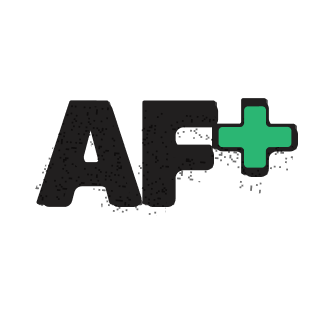
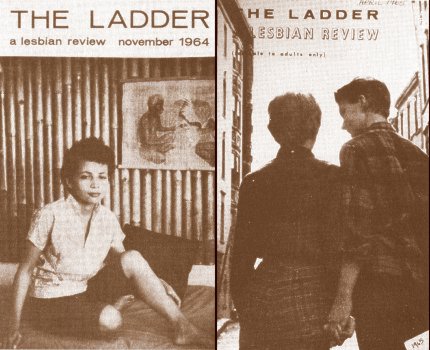
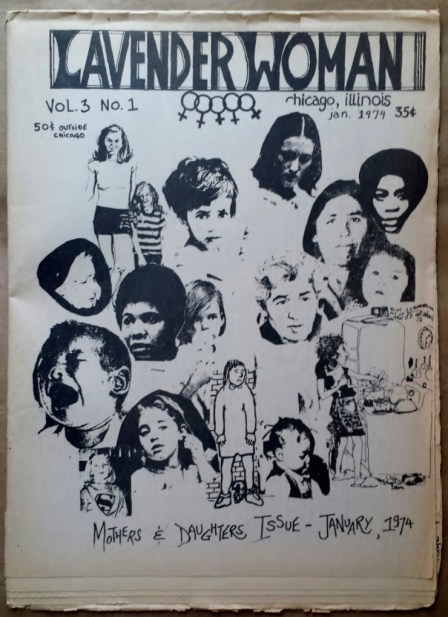
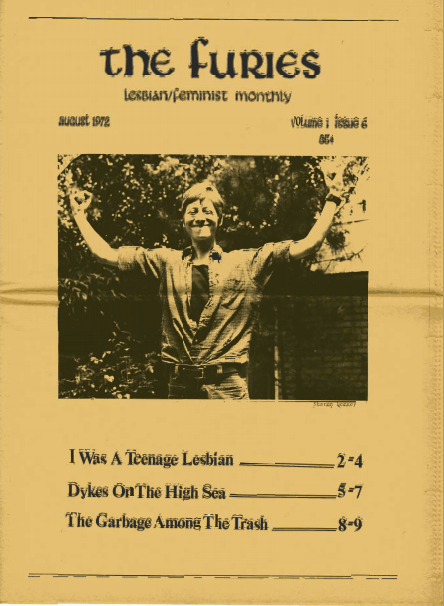
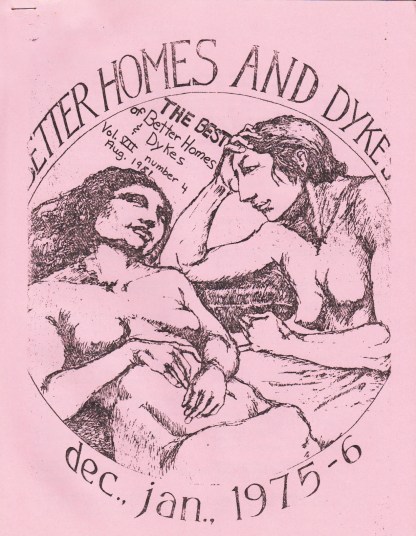
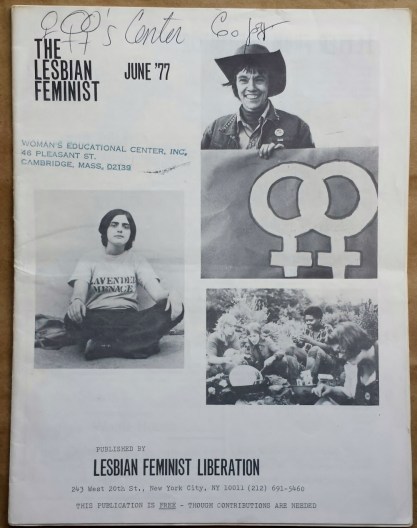
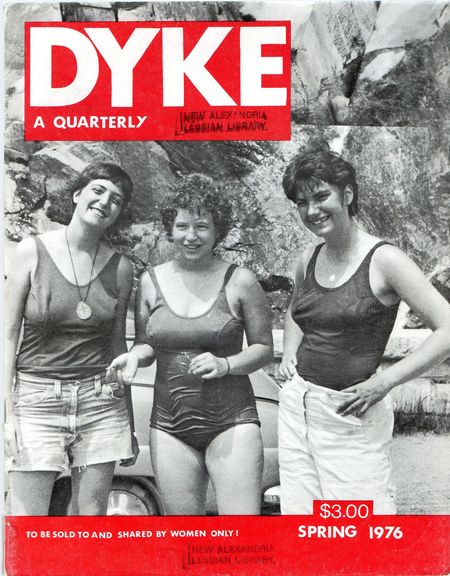

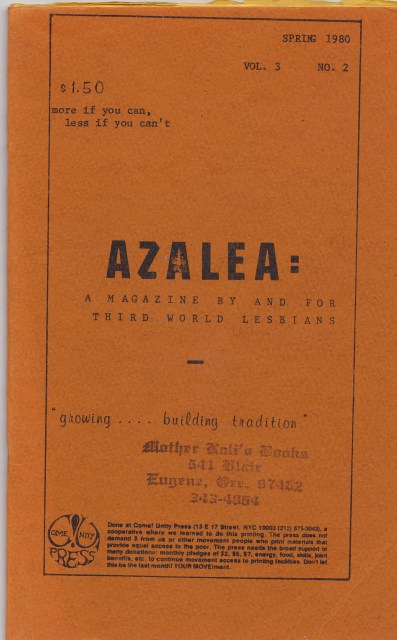
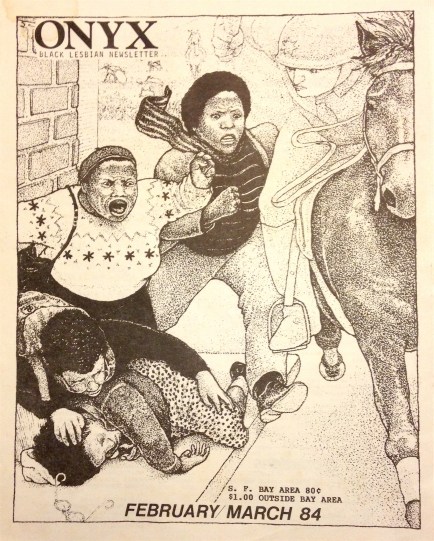
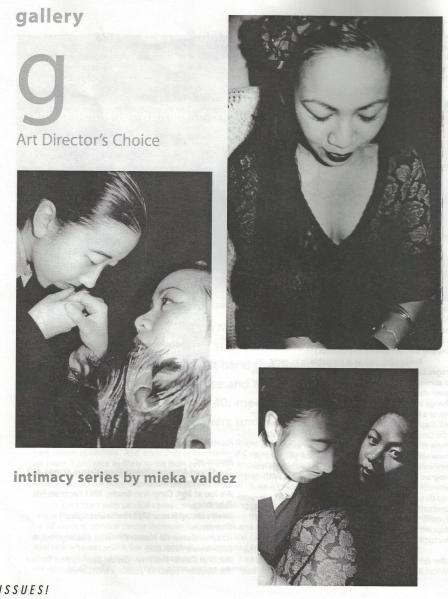
Could we have a list of all possible results please? The answers make me think there’s some great ones I might not’ve heard of!
same request, please!
I got First Time, Long Time by Amy Silverberg but it doesn’t sound queer?
Just had a look on Goodreads – sounds like the protagonist is bisexual, she falls for a male DJ and becomes attracted to his daughter. My result was Simplicity by Mattie Lubchansky :)
I got The Dry Season and then Hot Girls With Balls.
I got The New Lesbian Pulp by multiple authors.